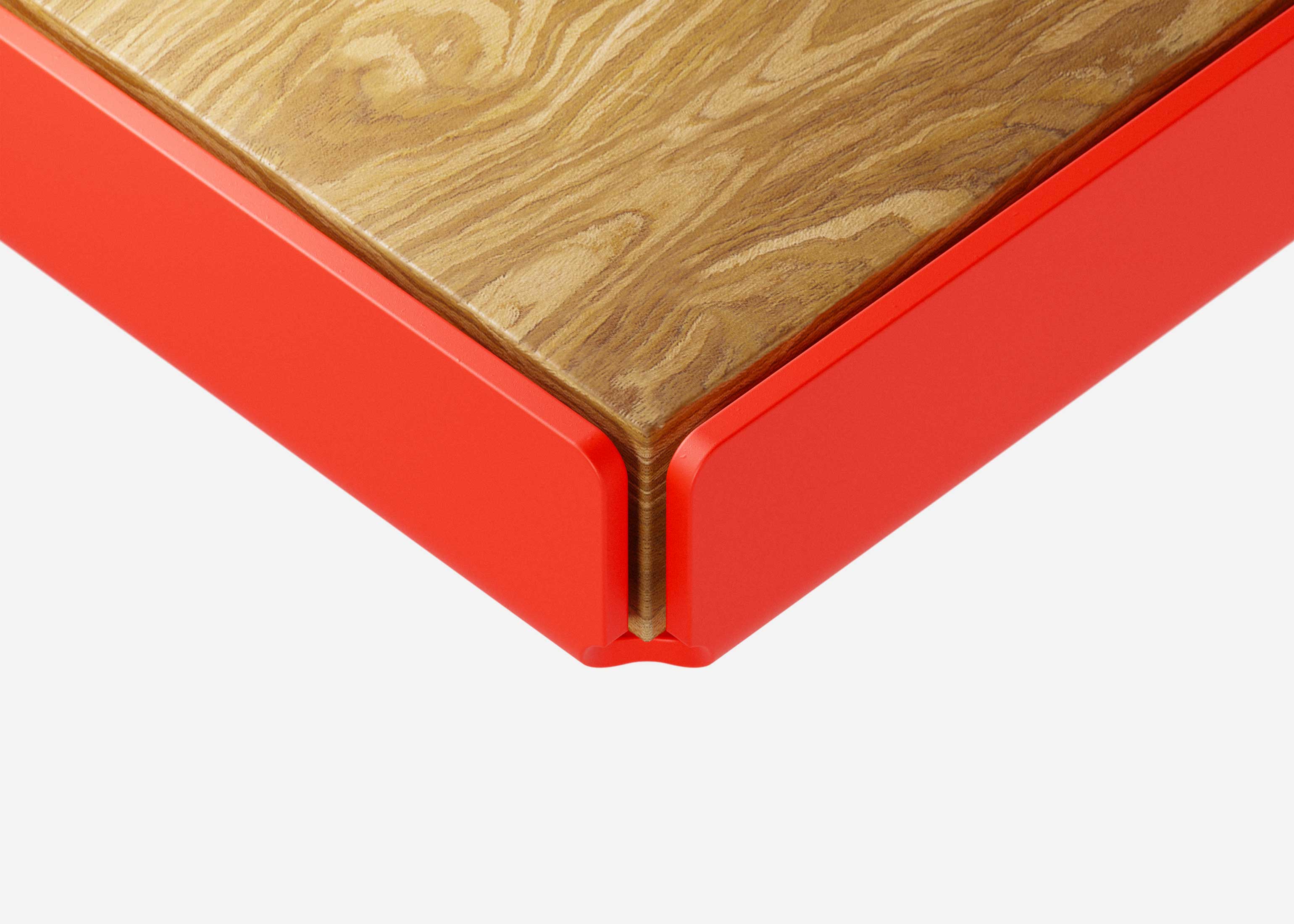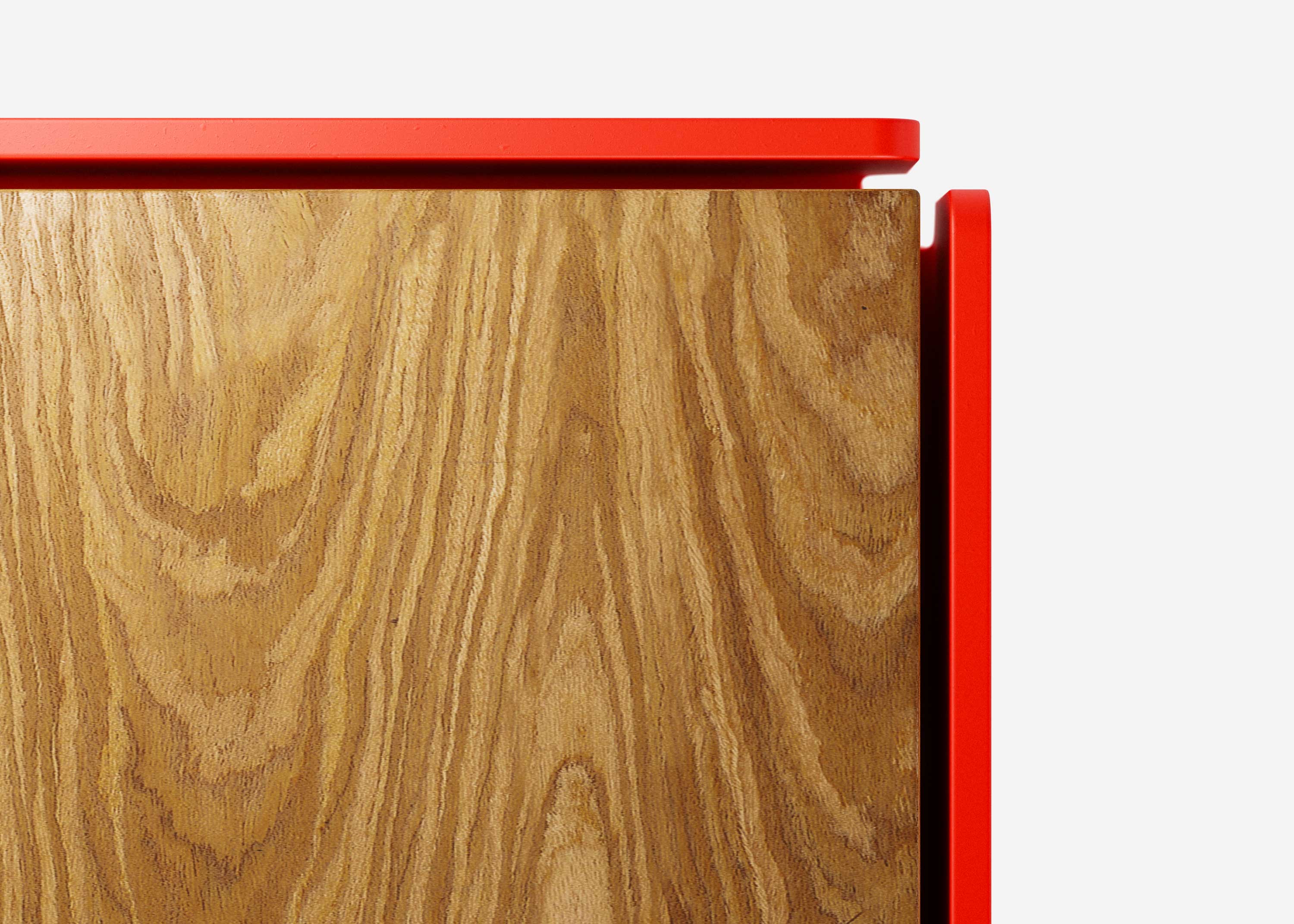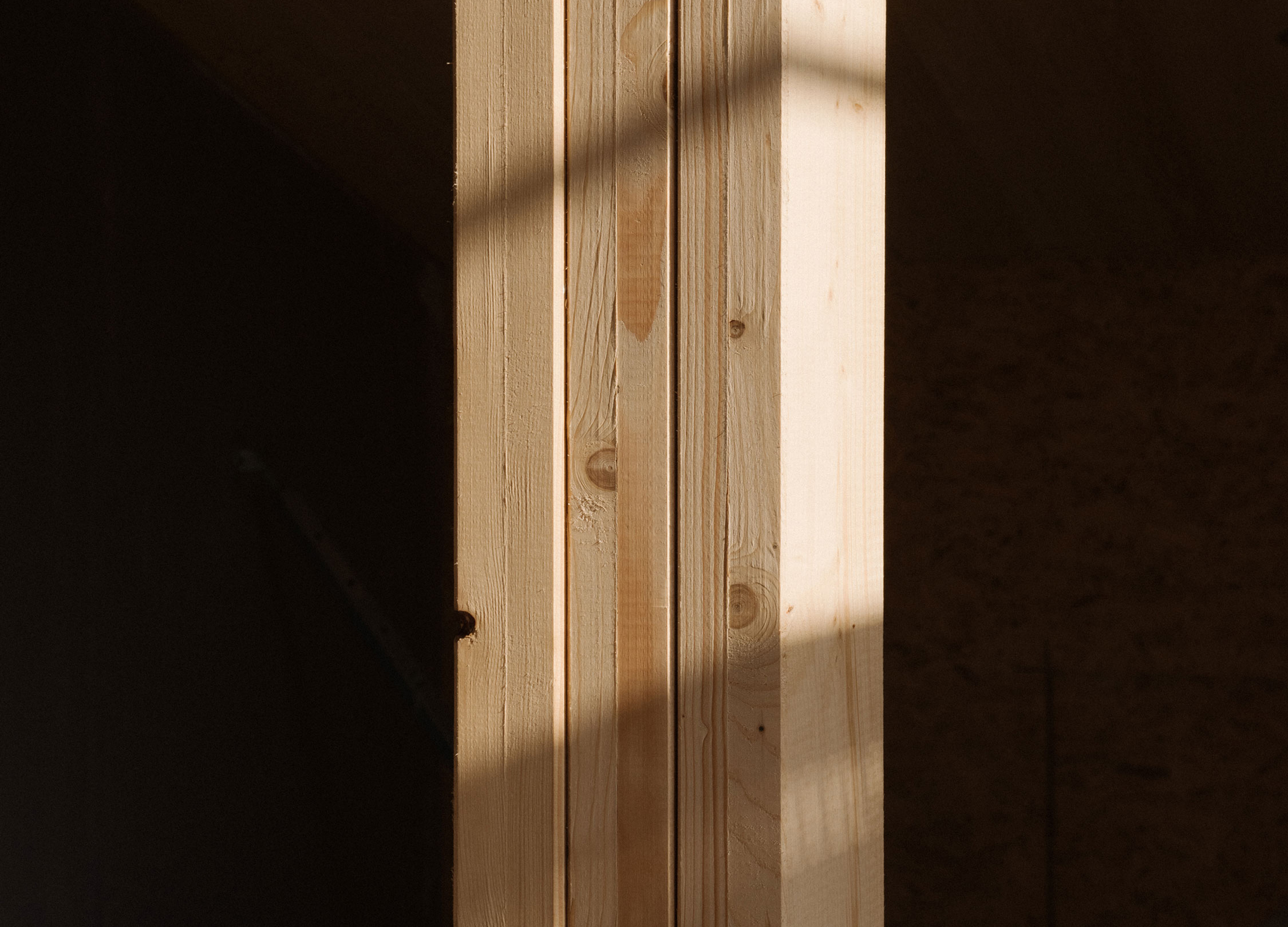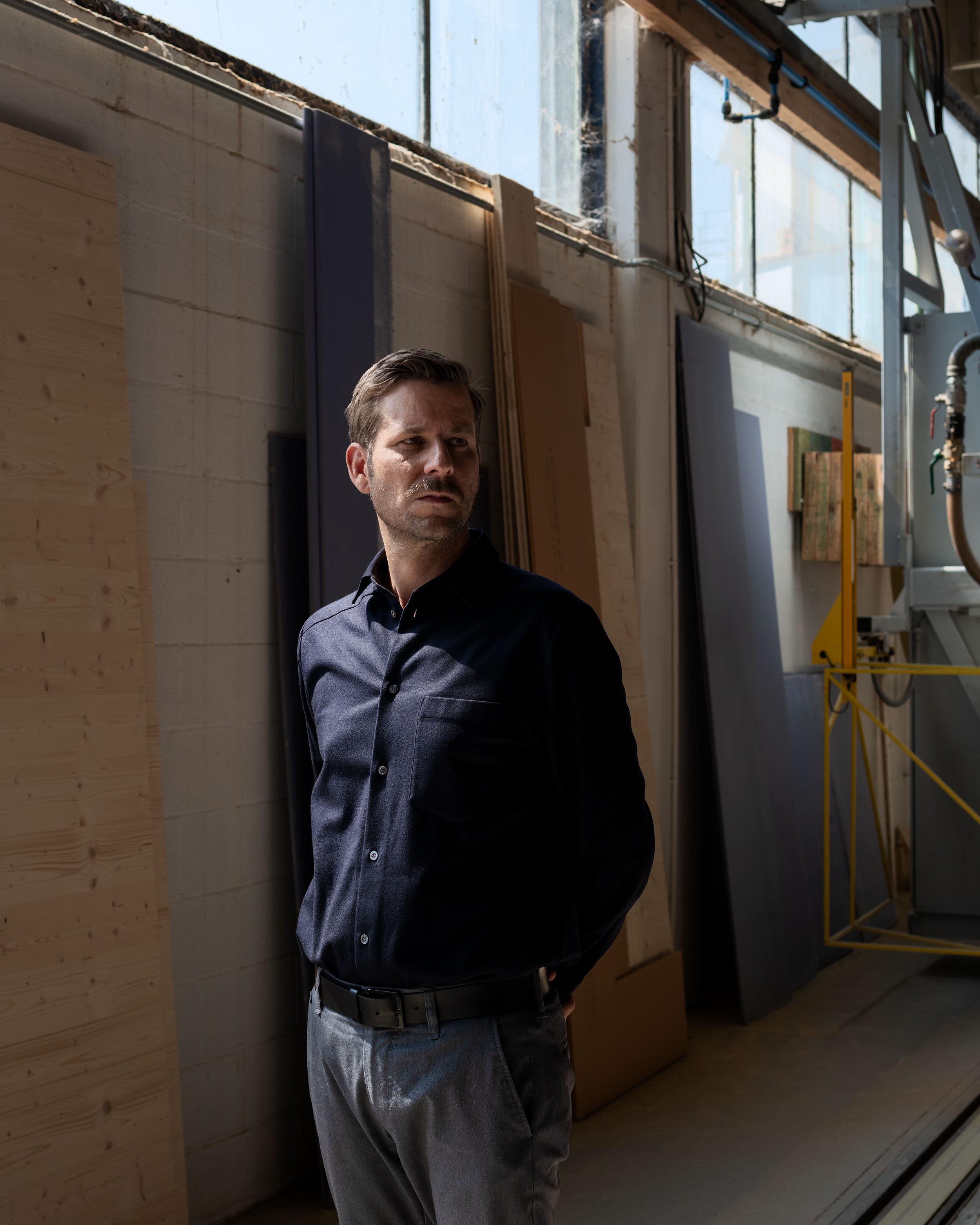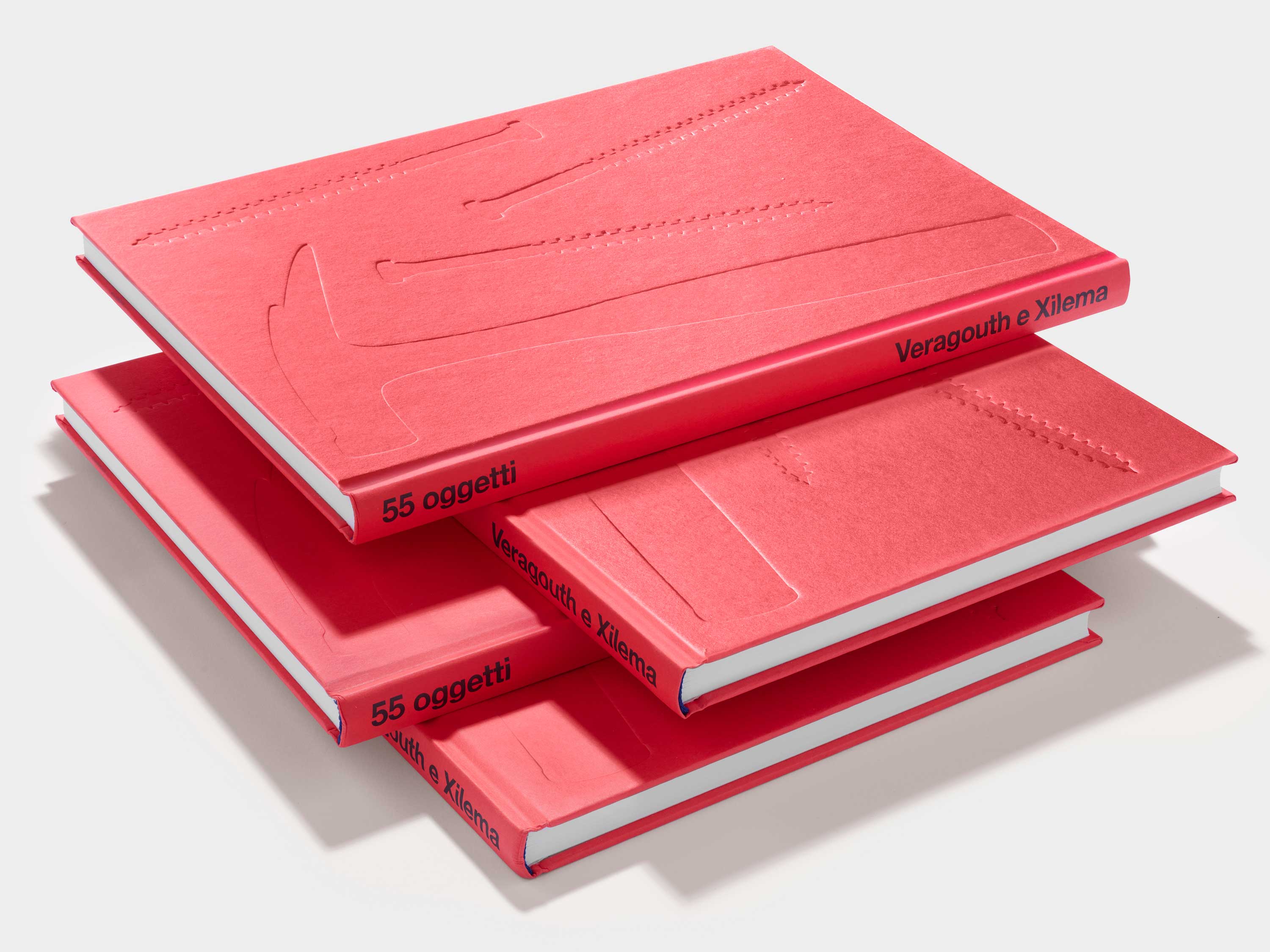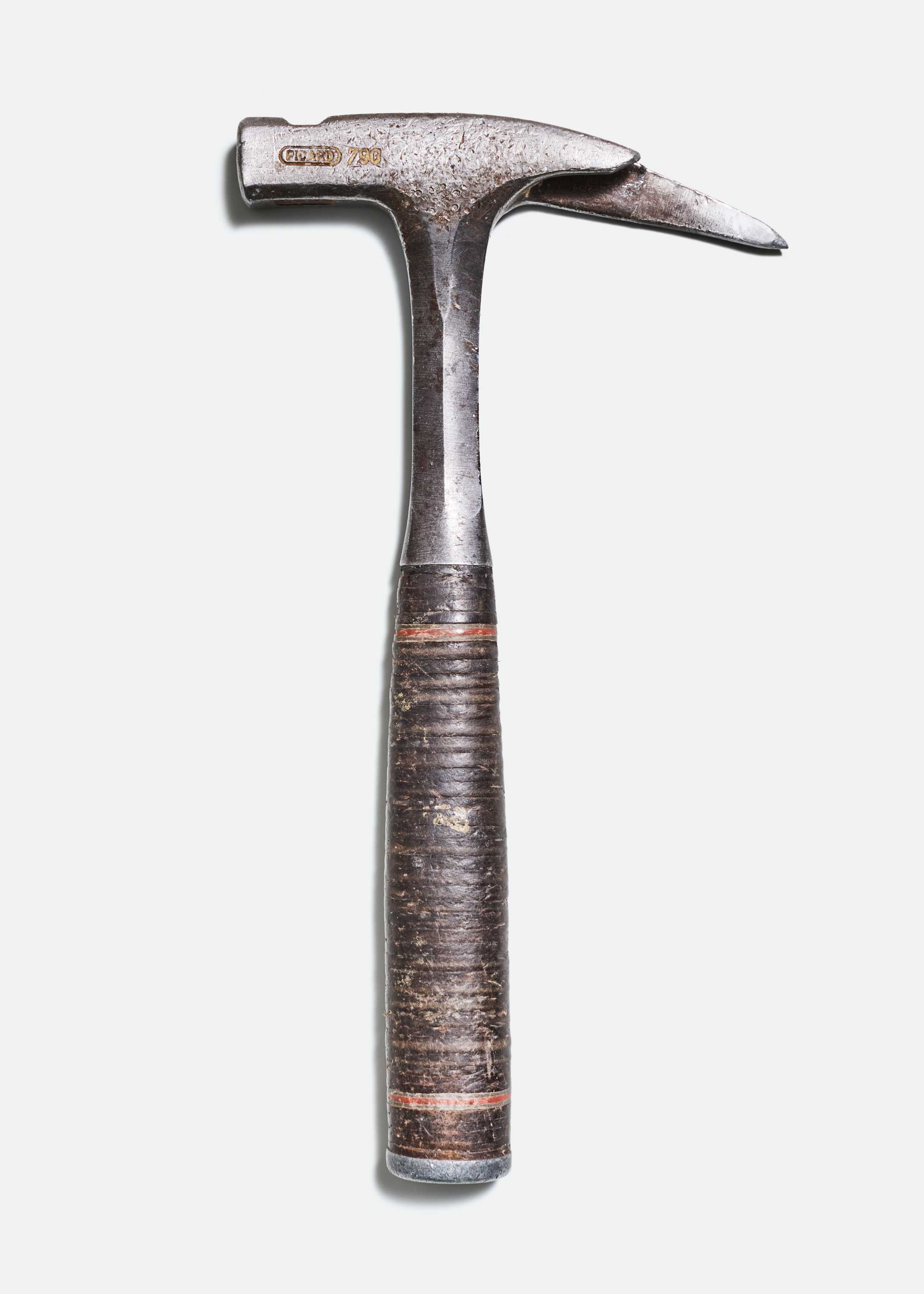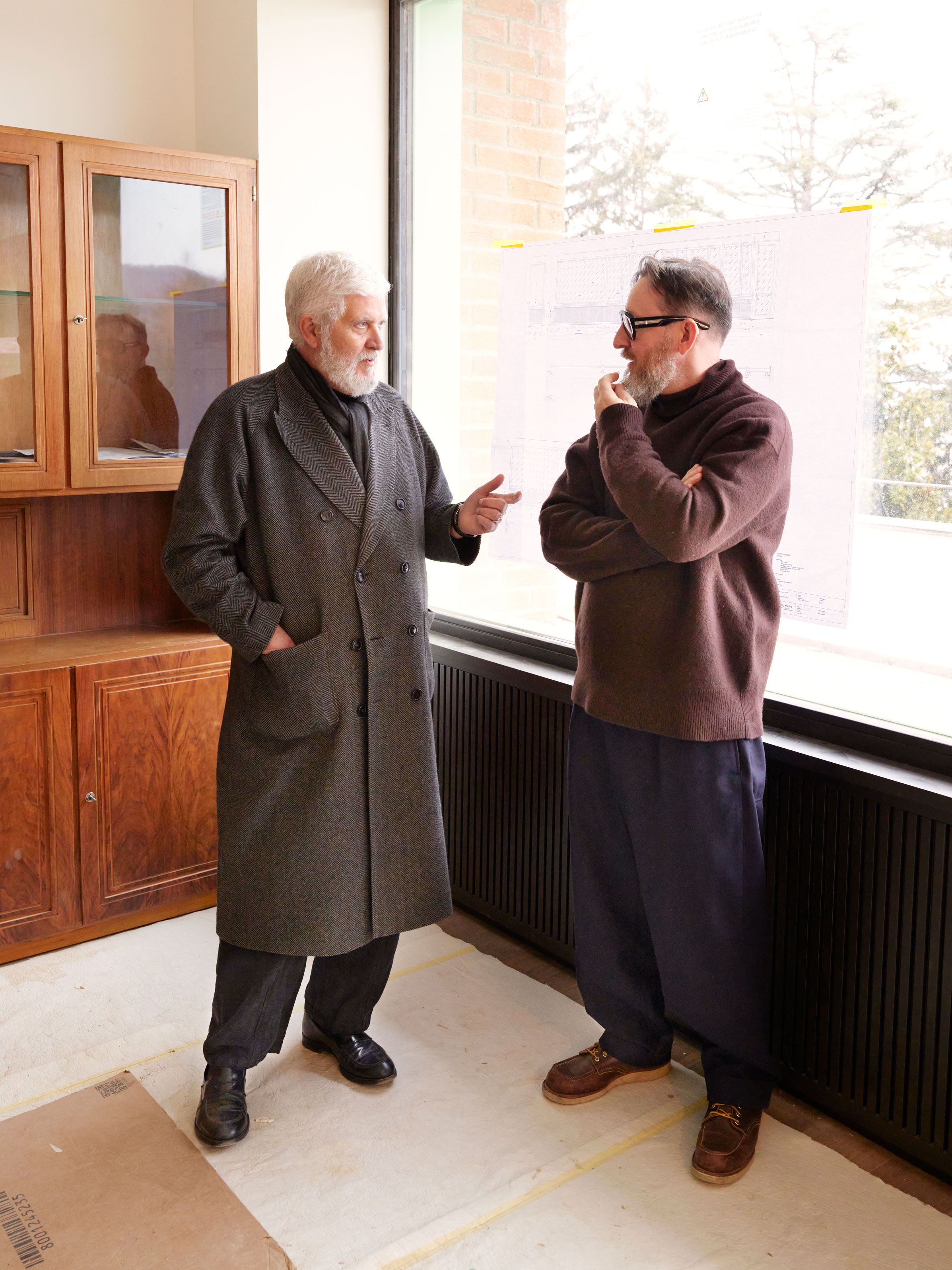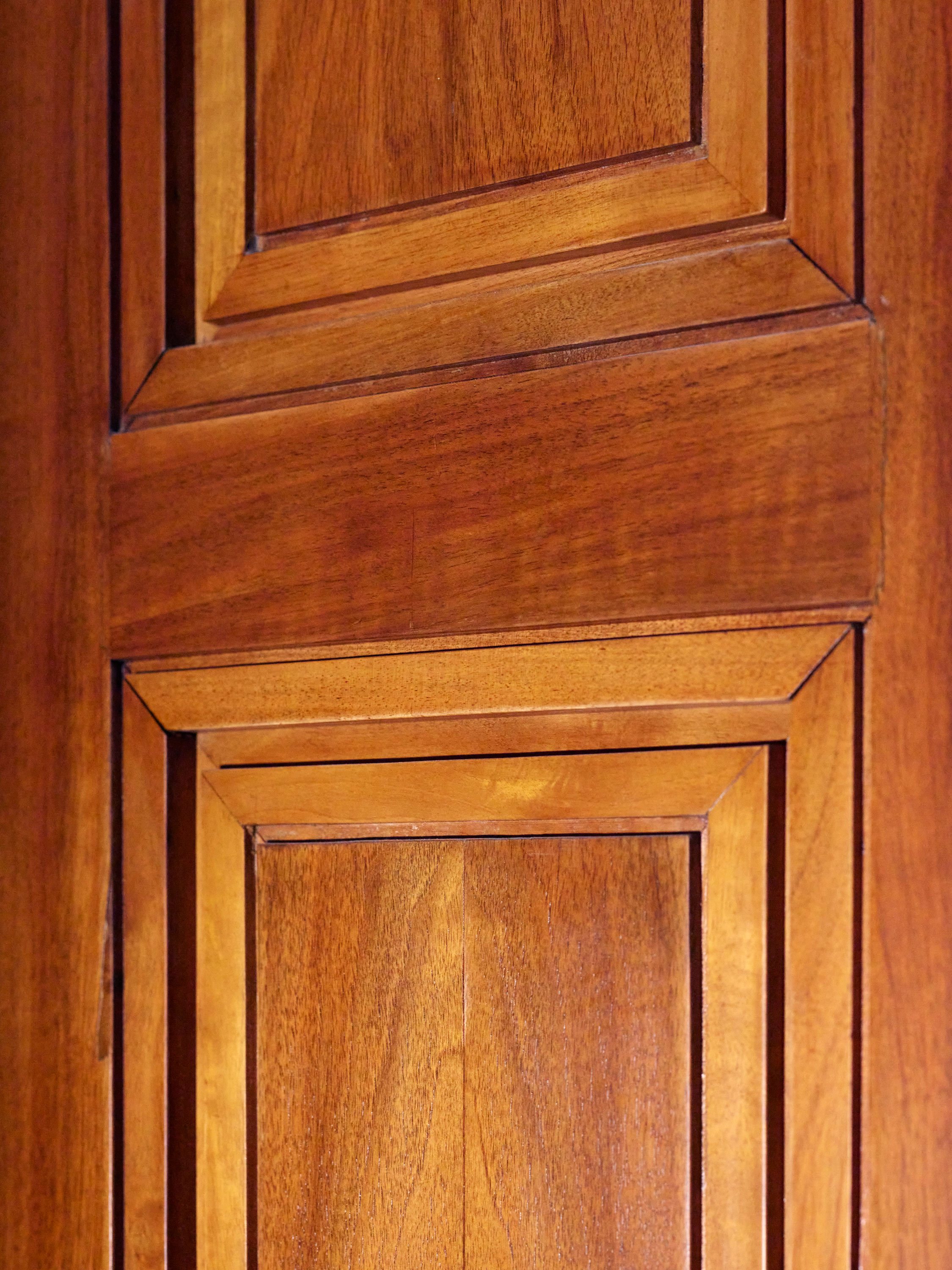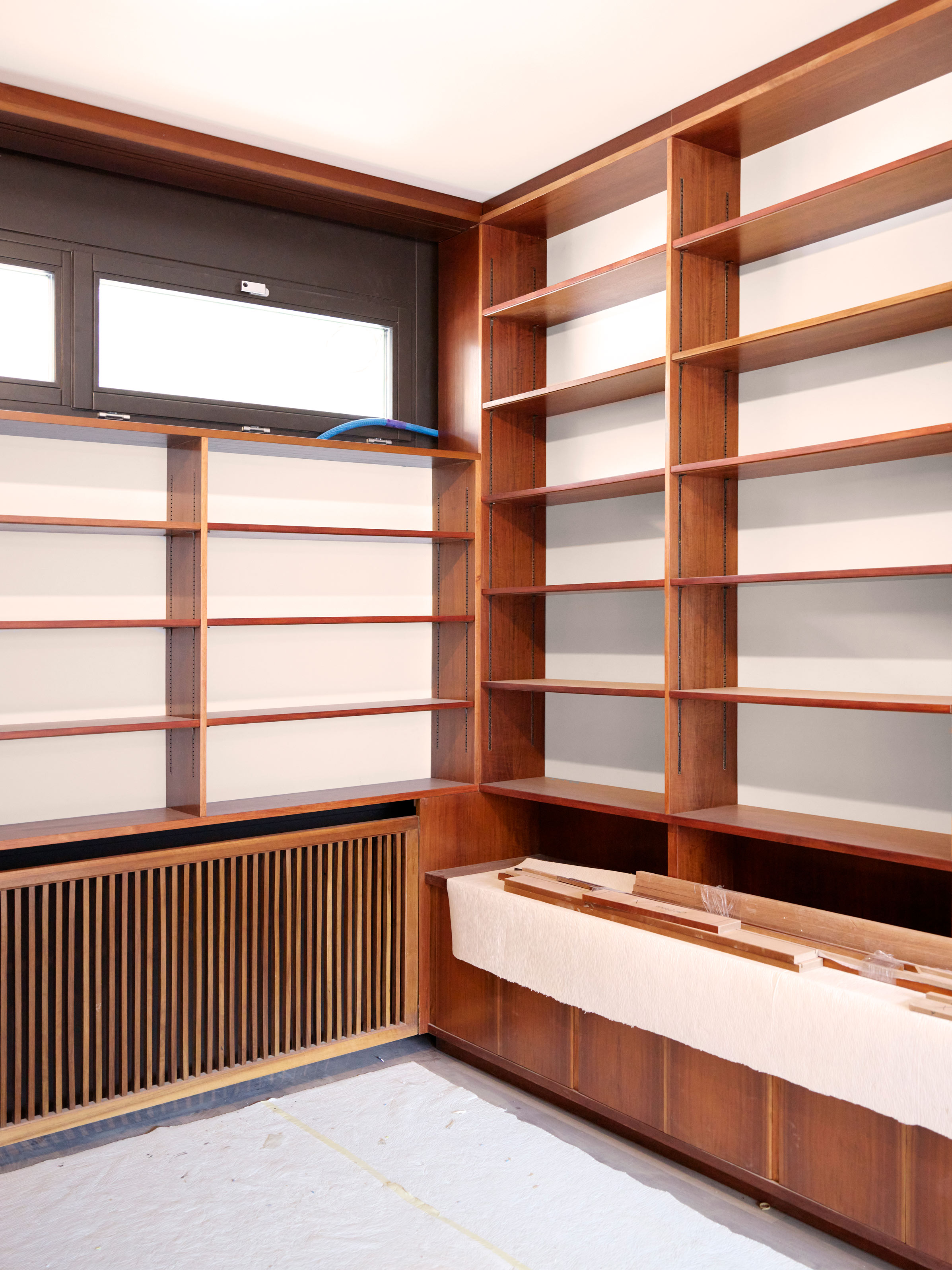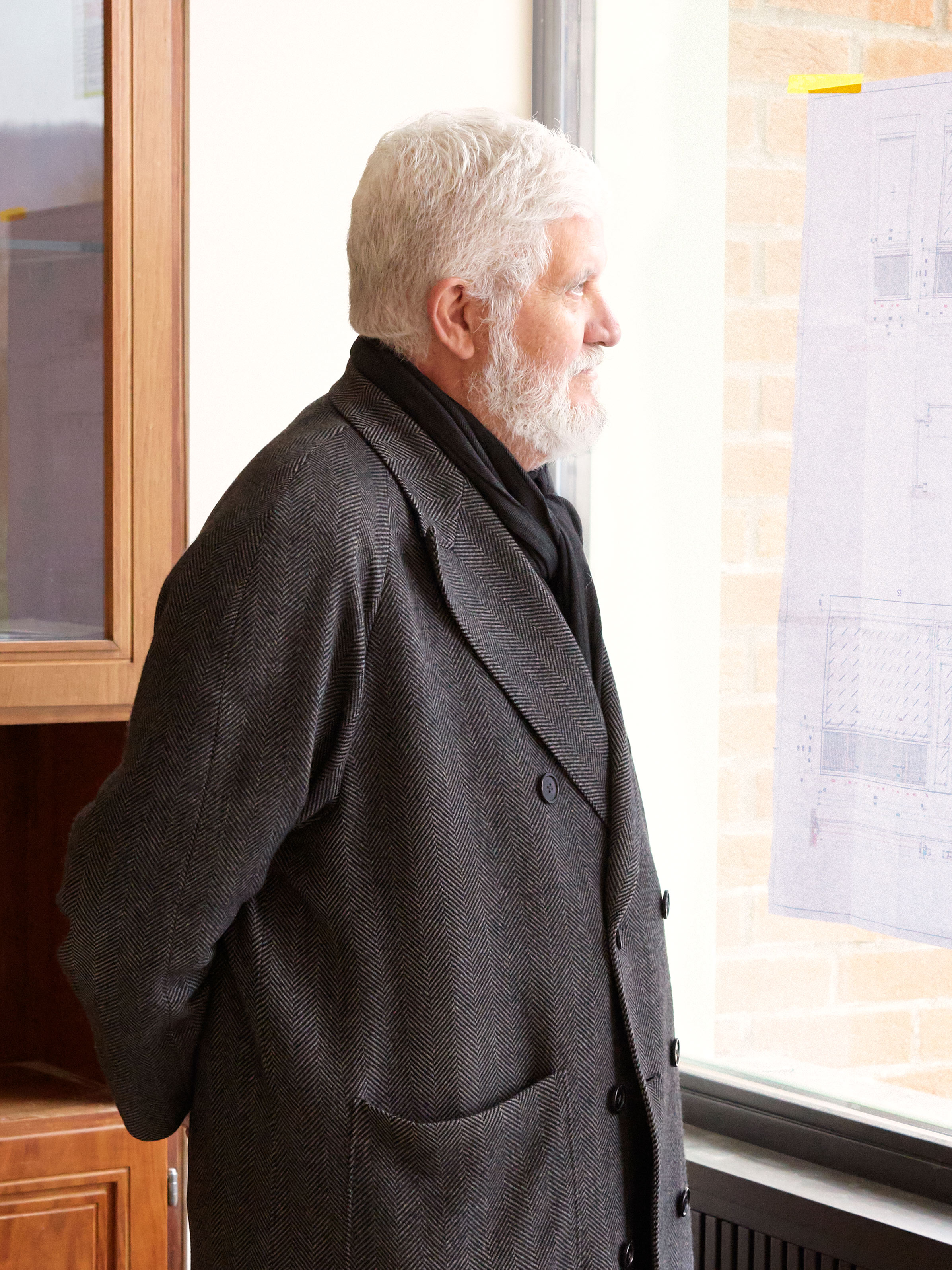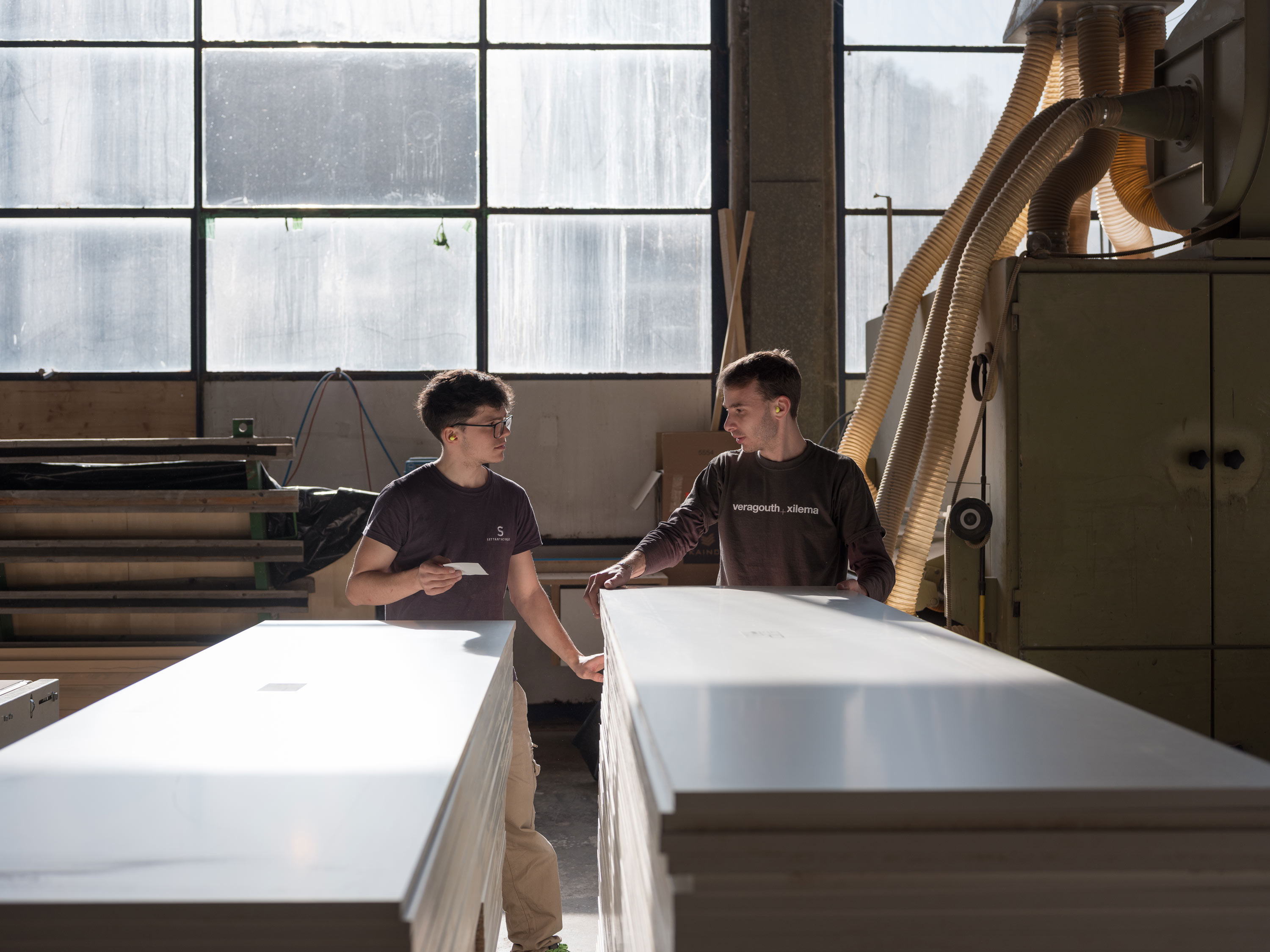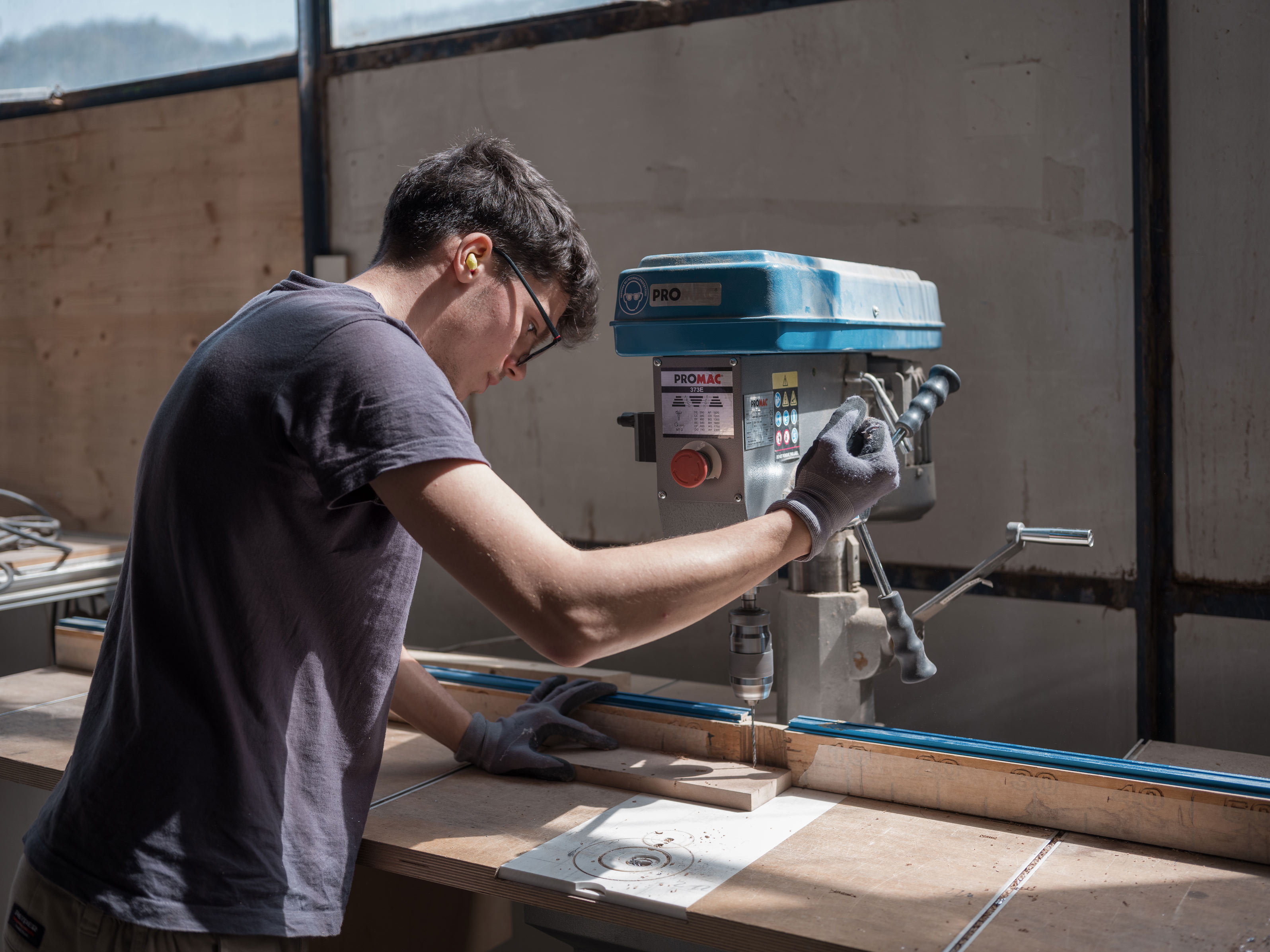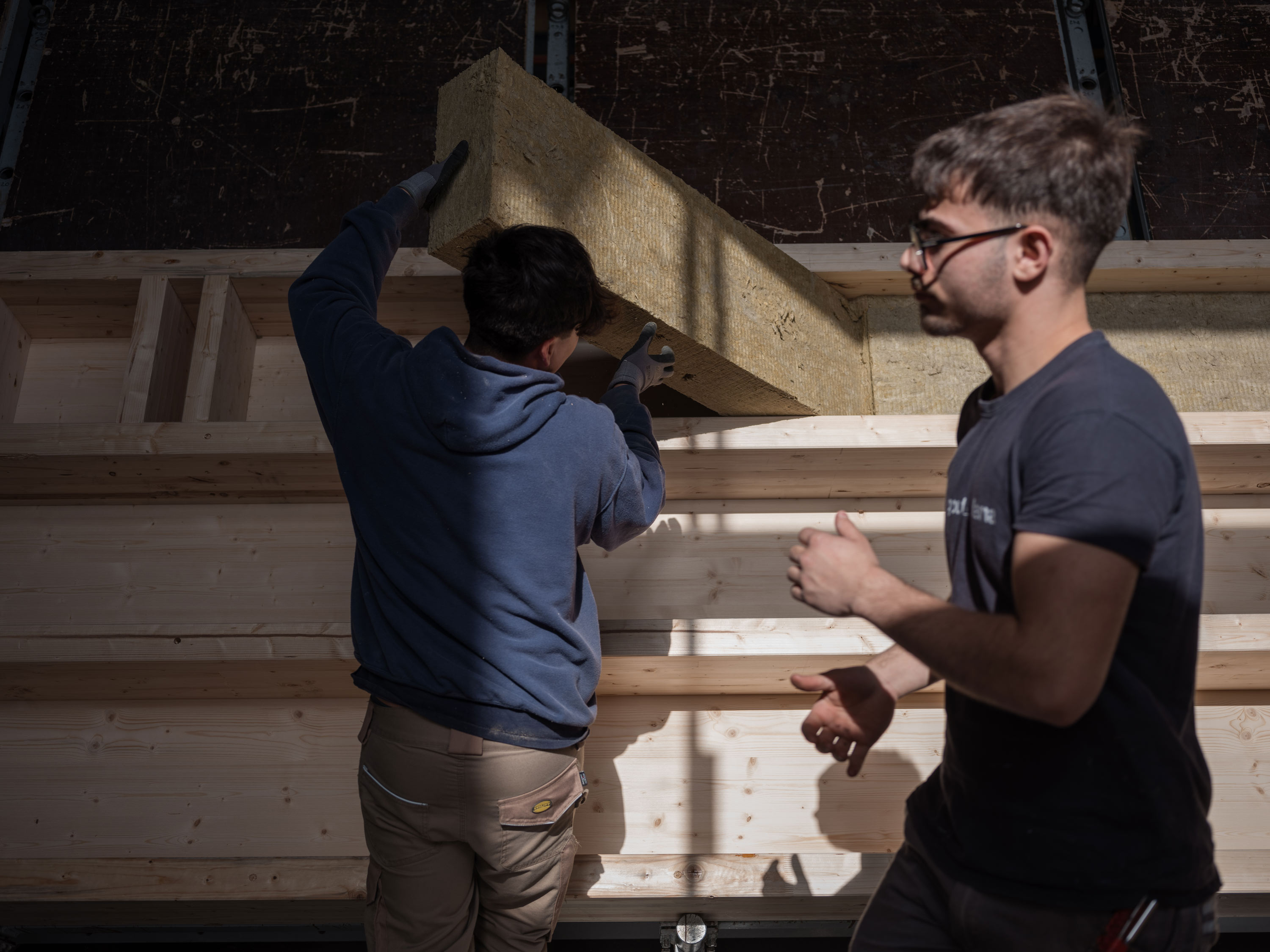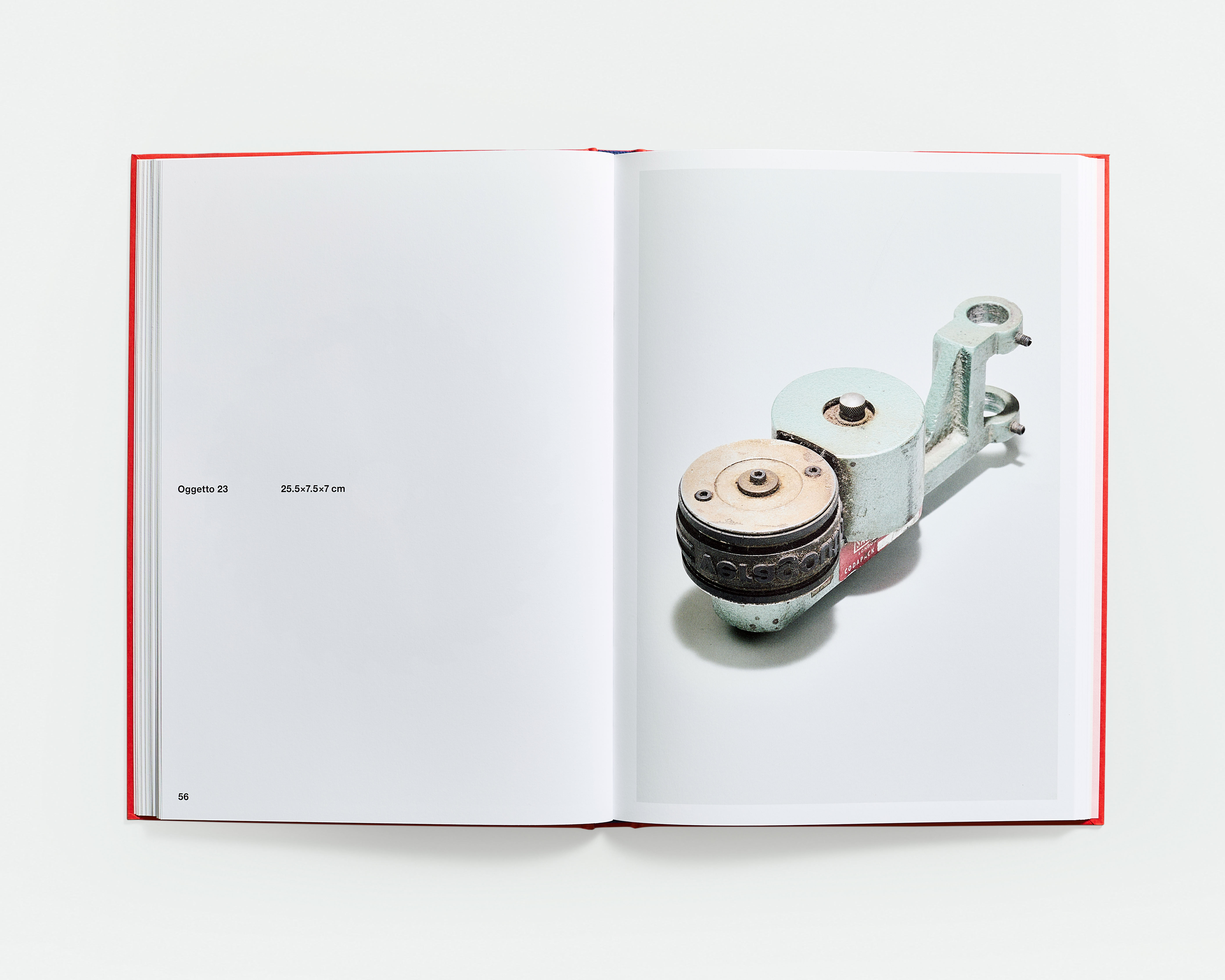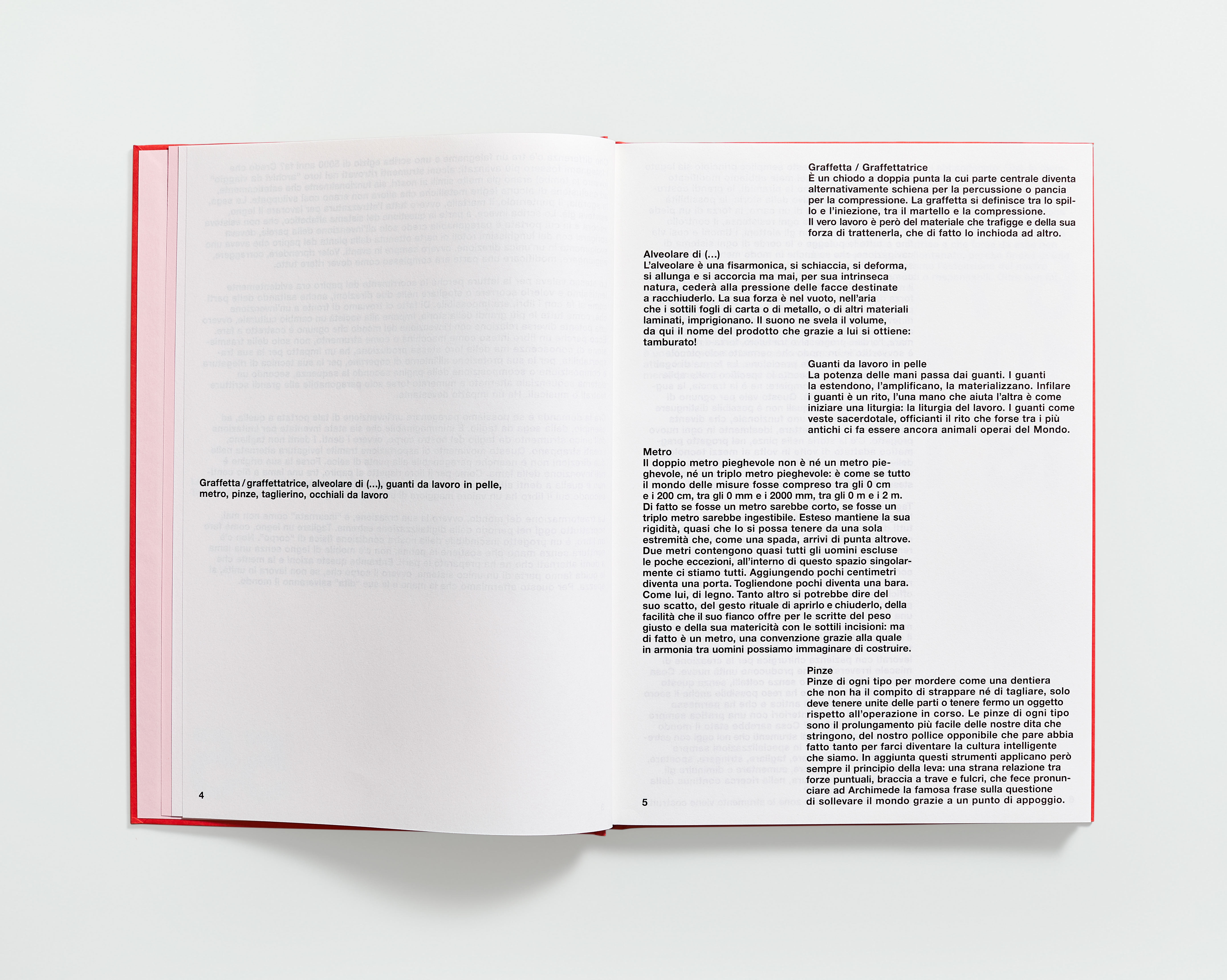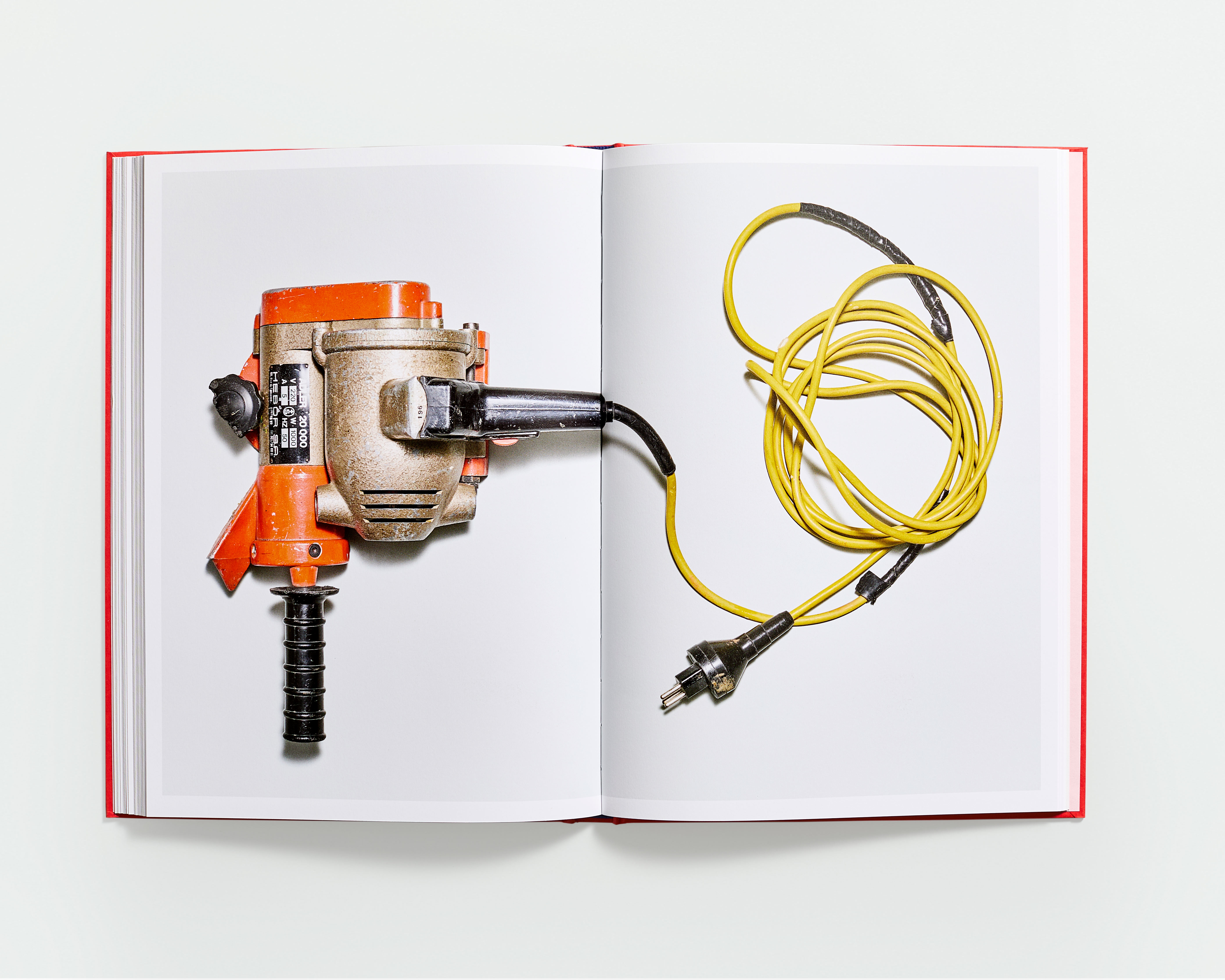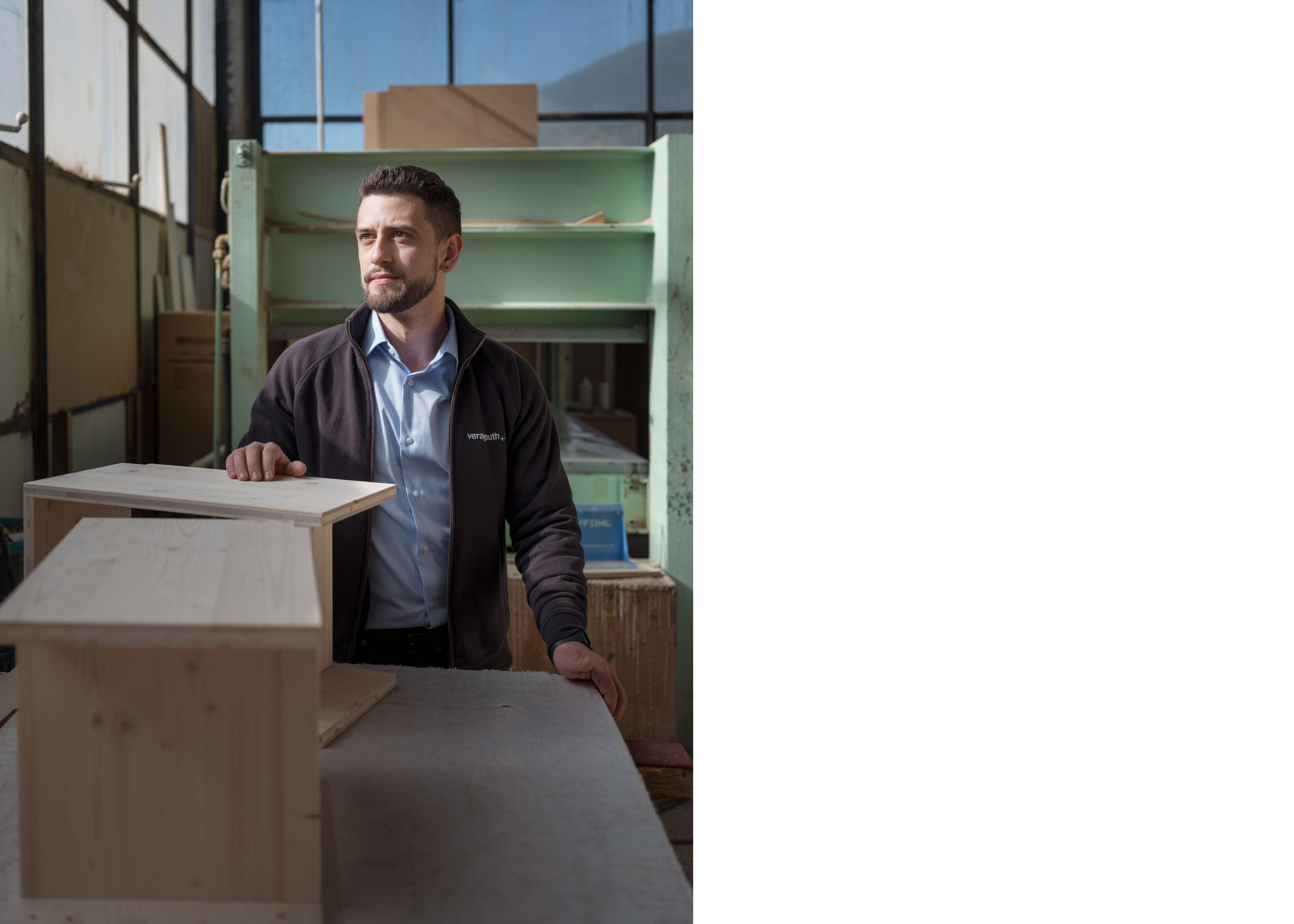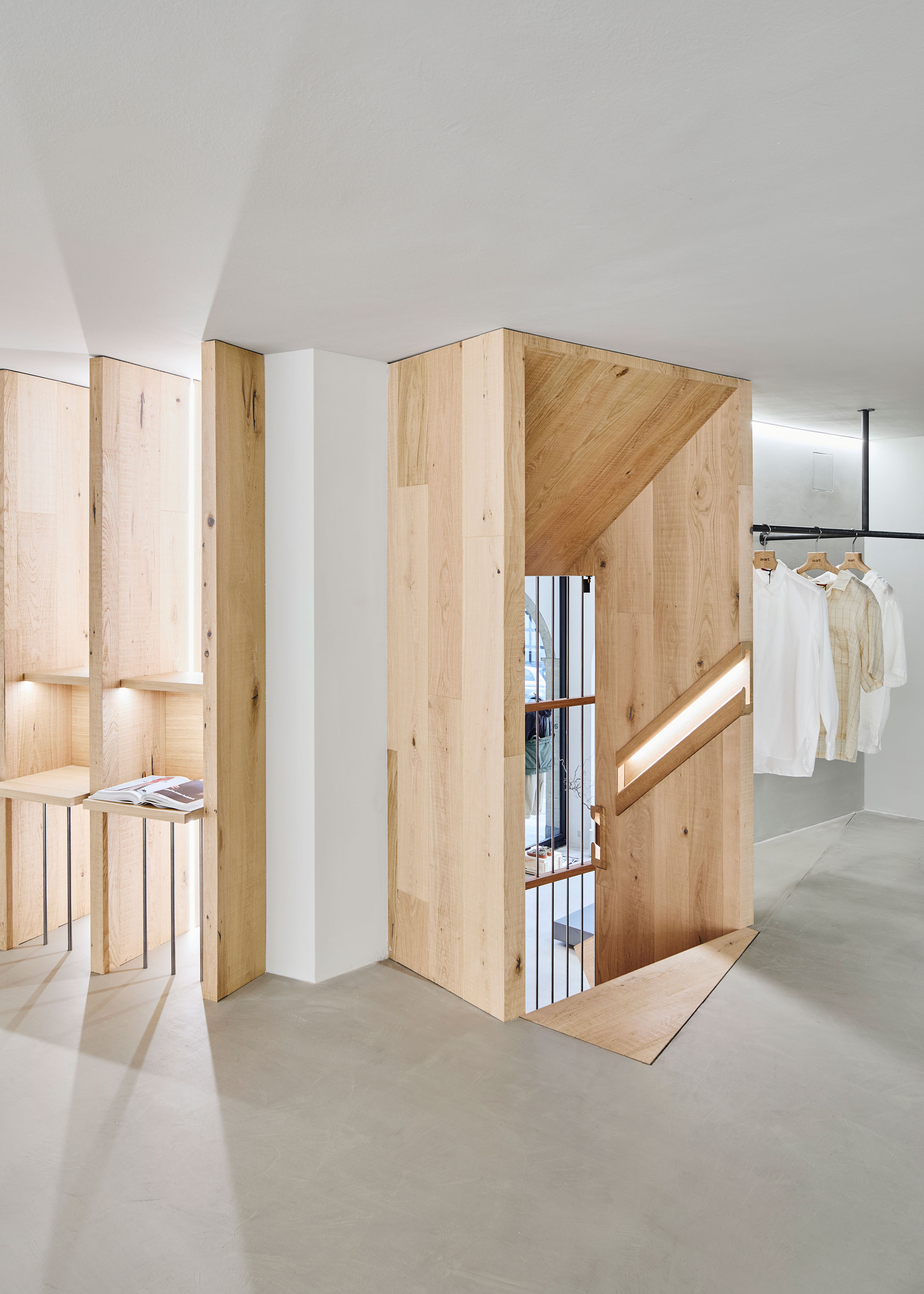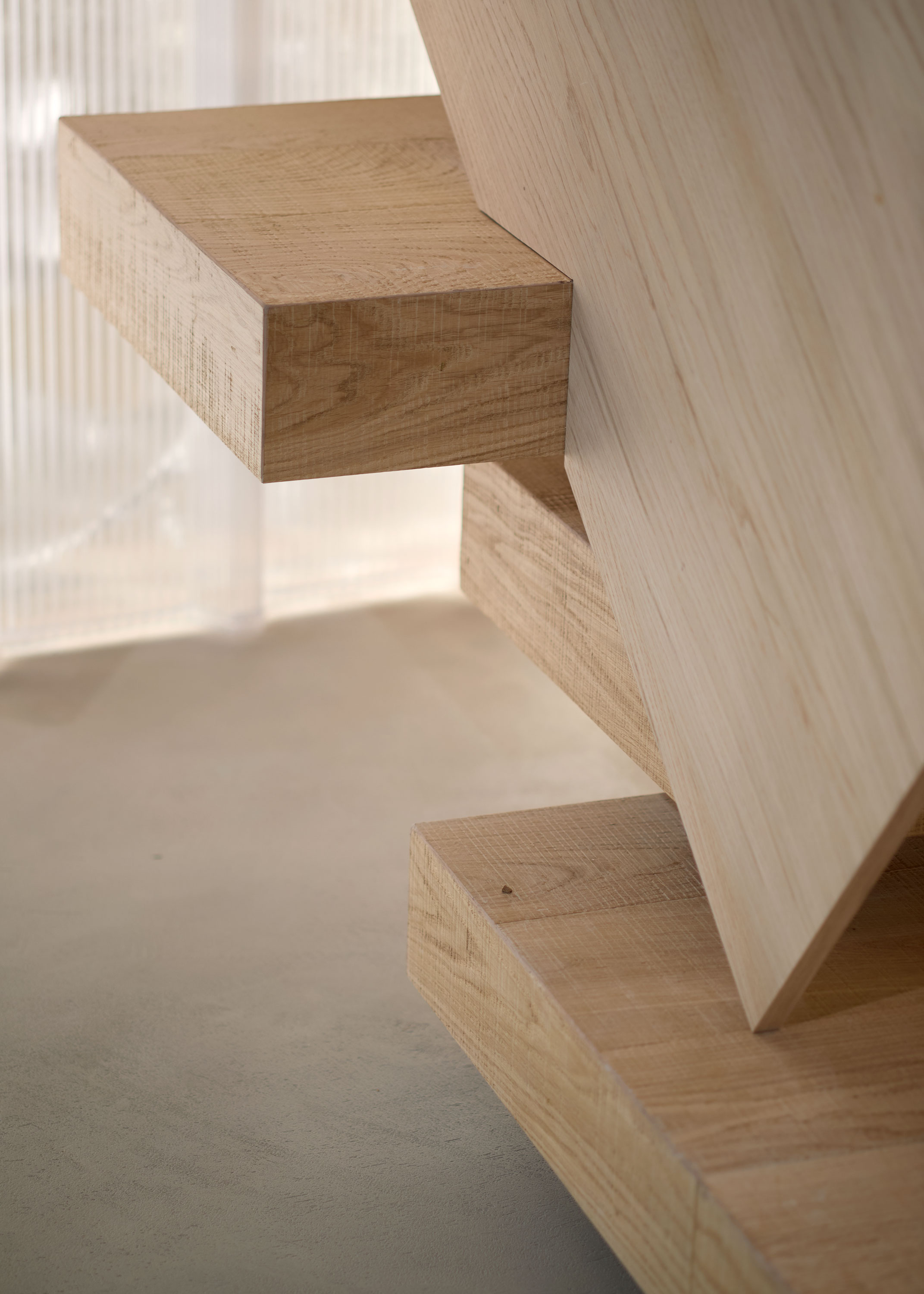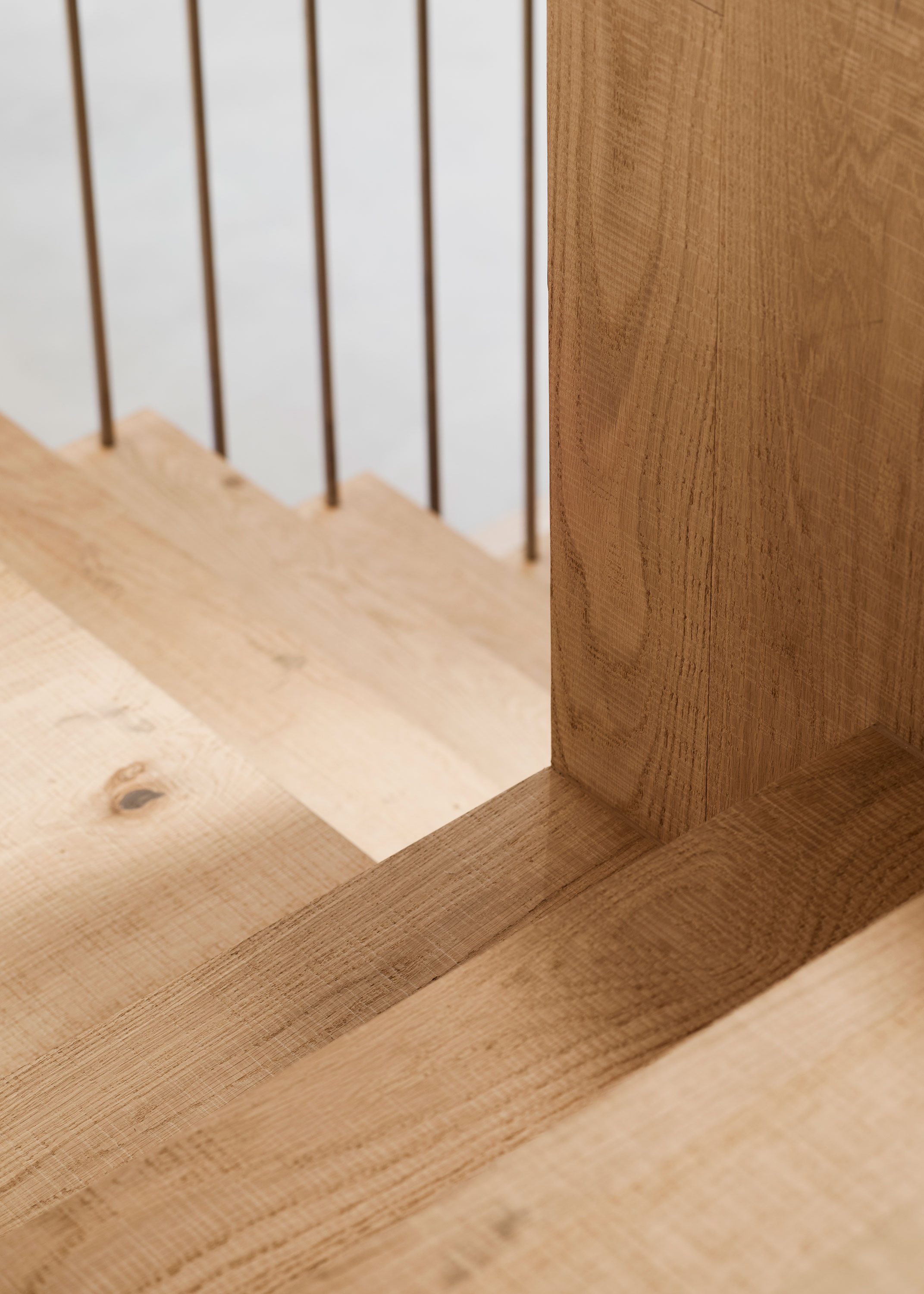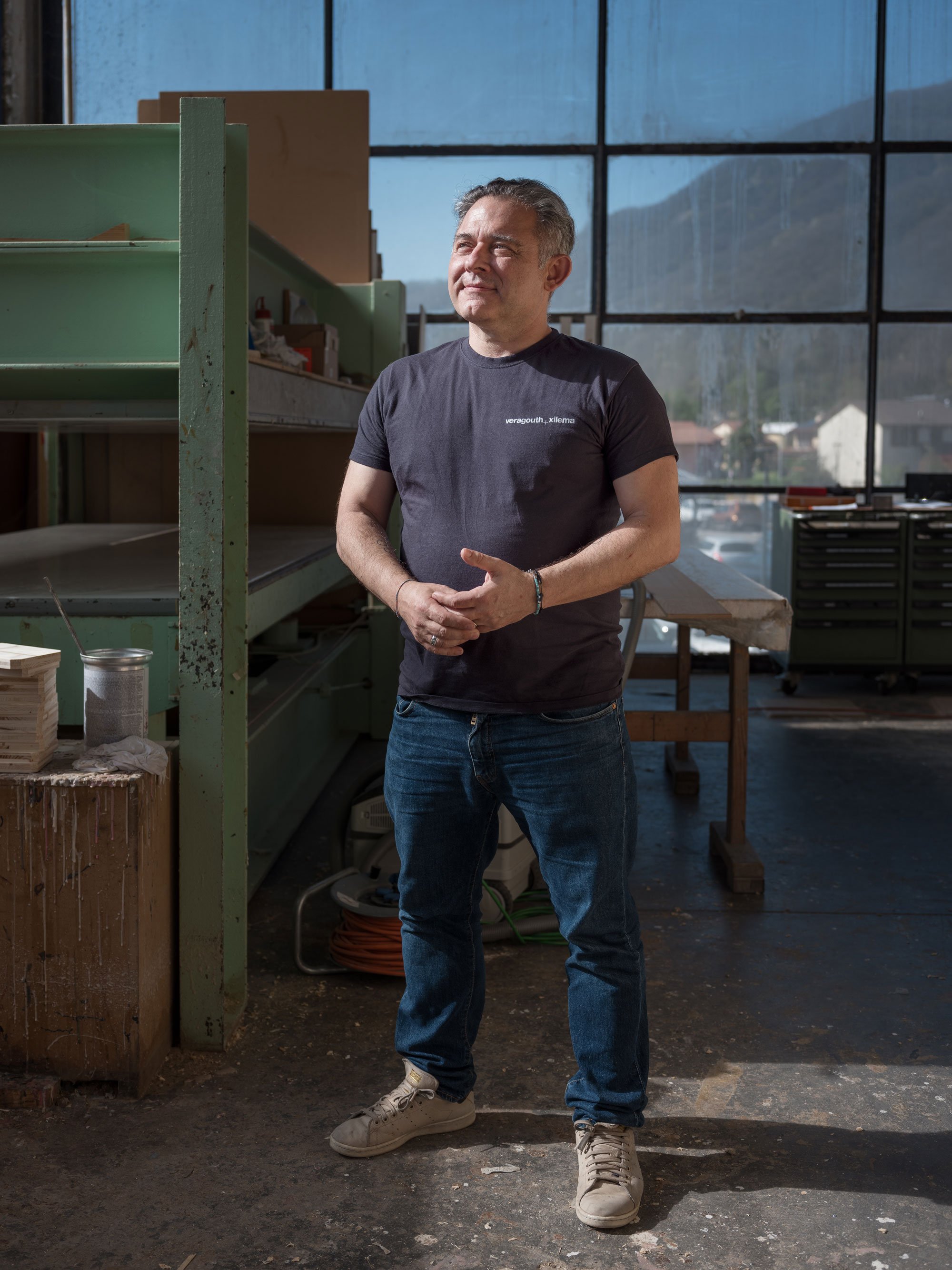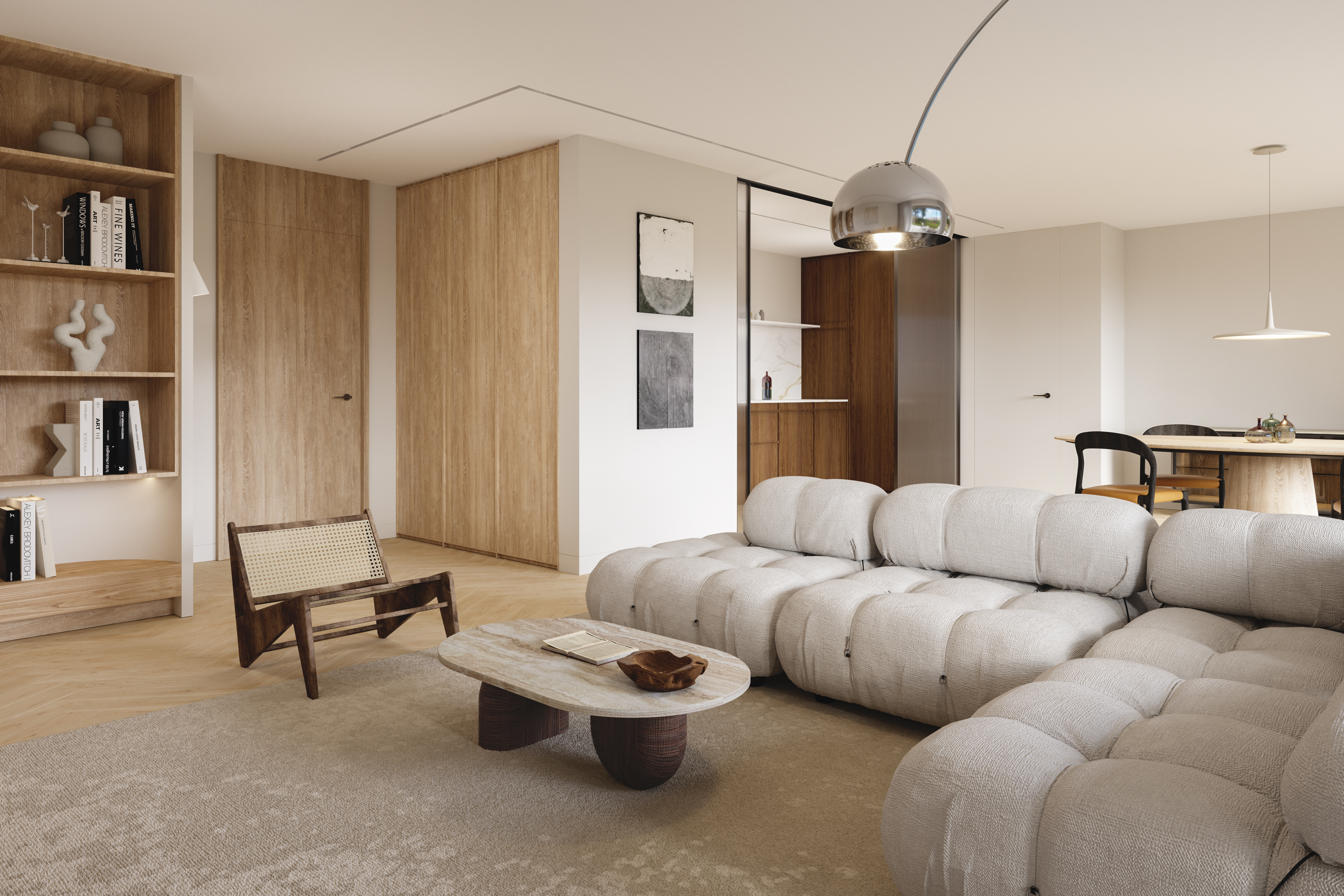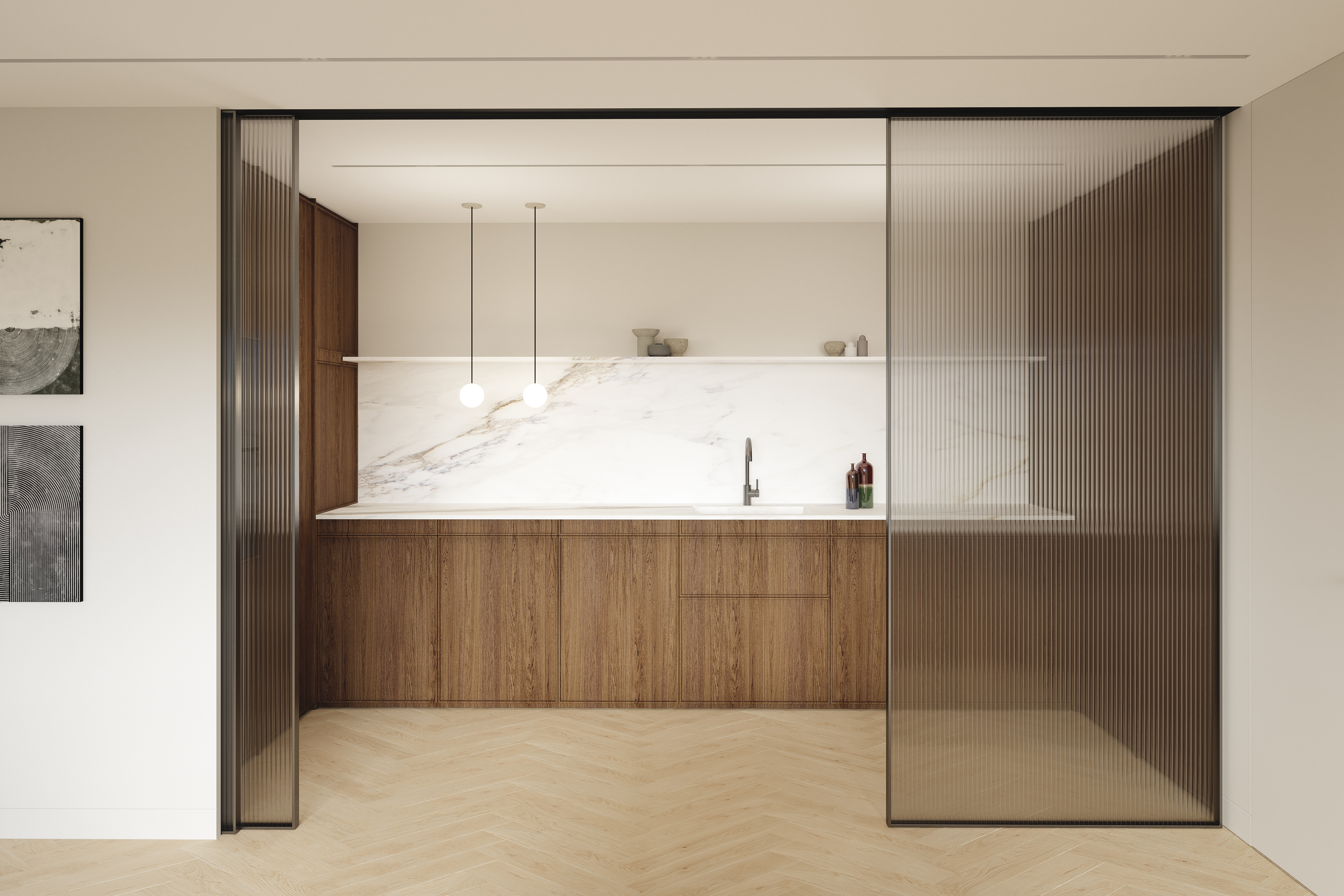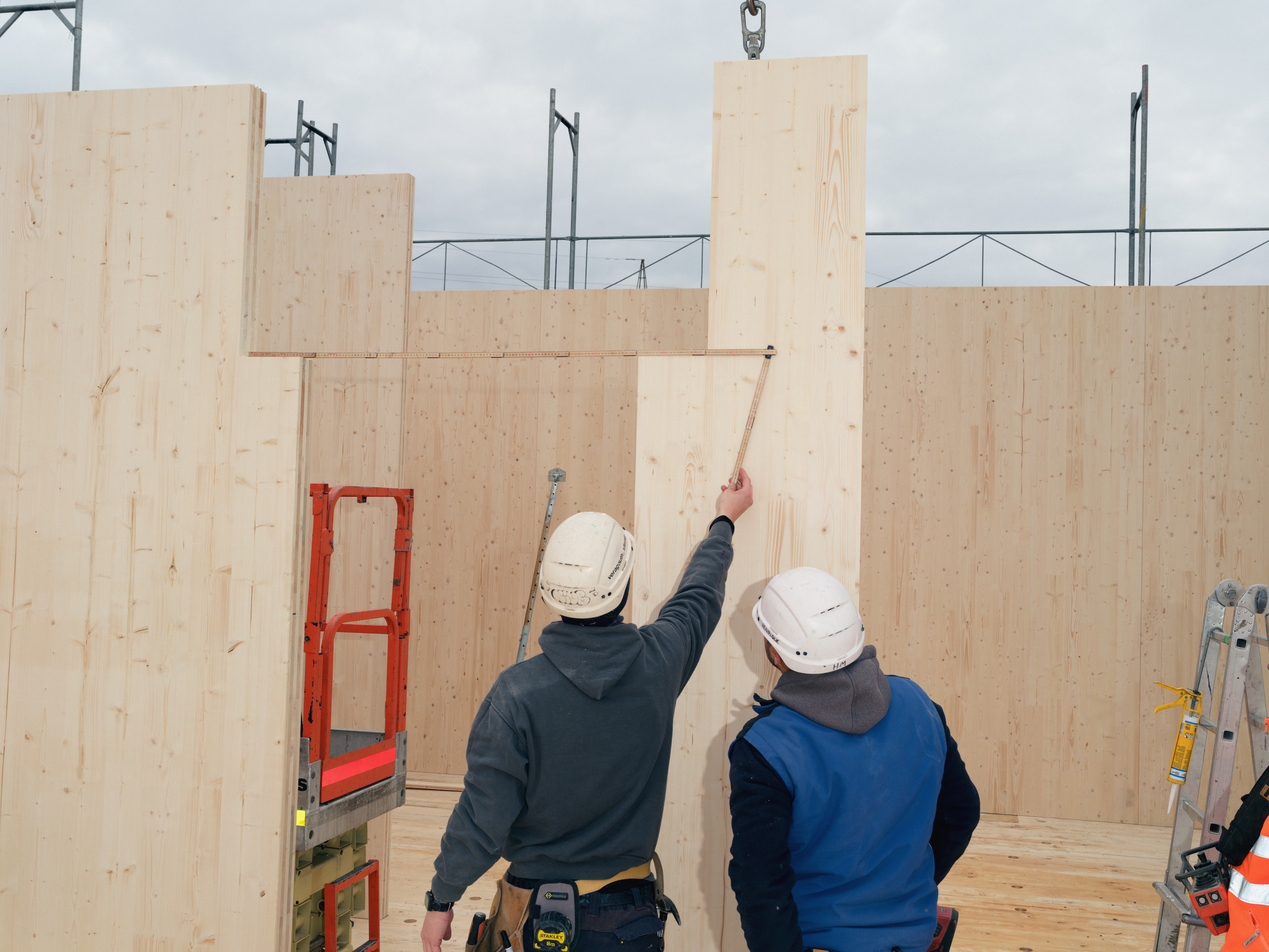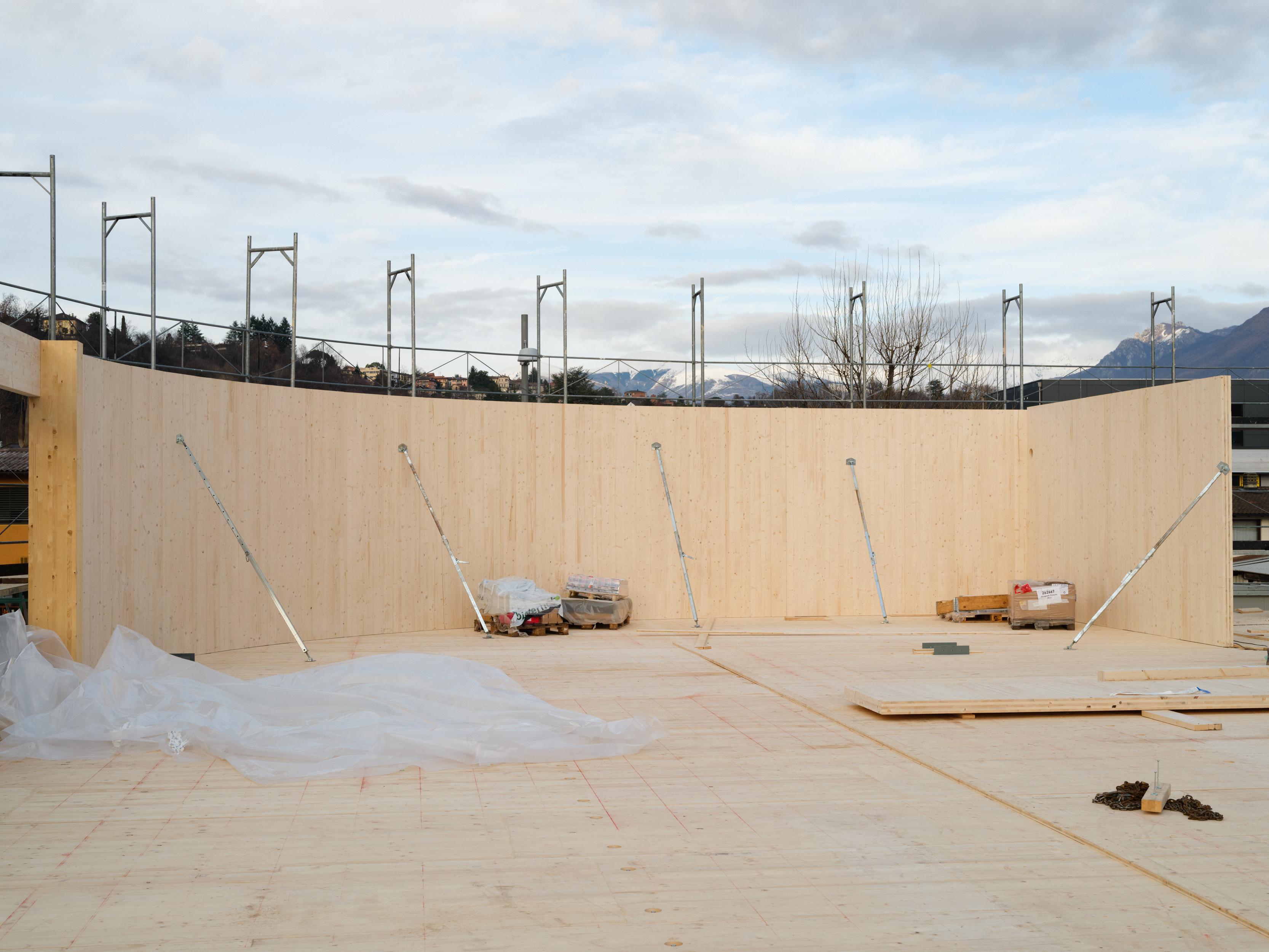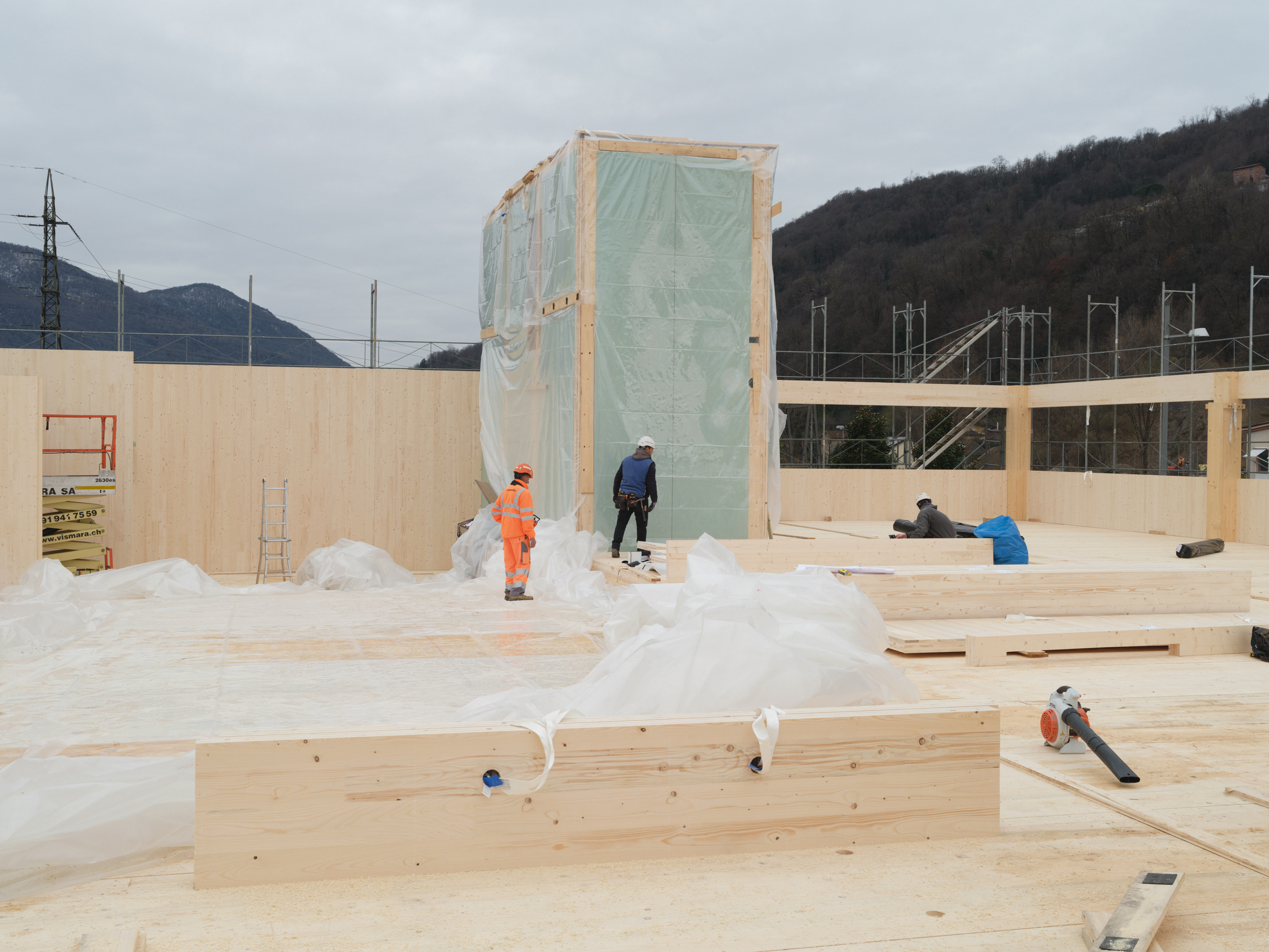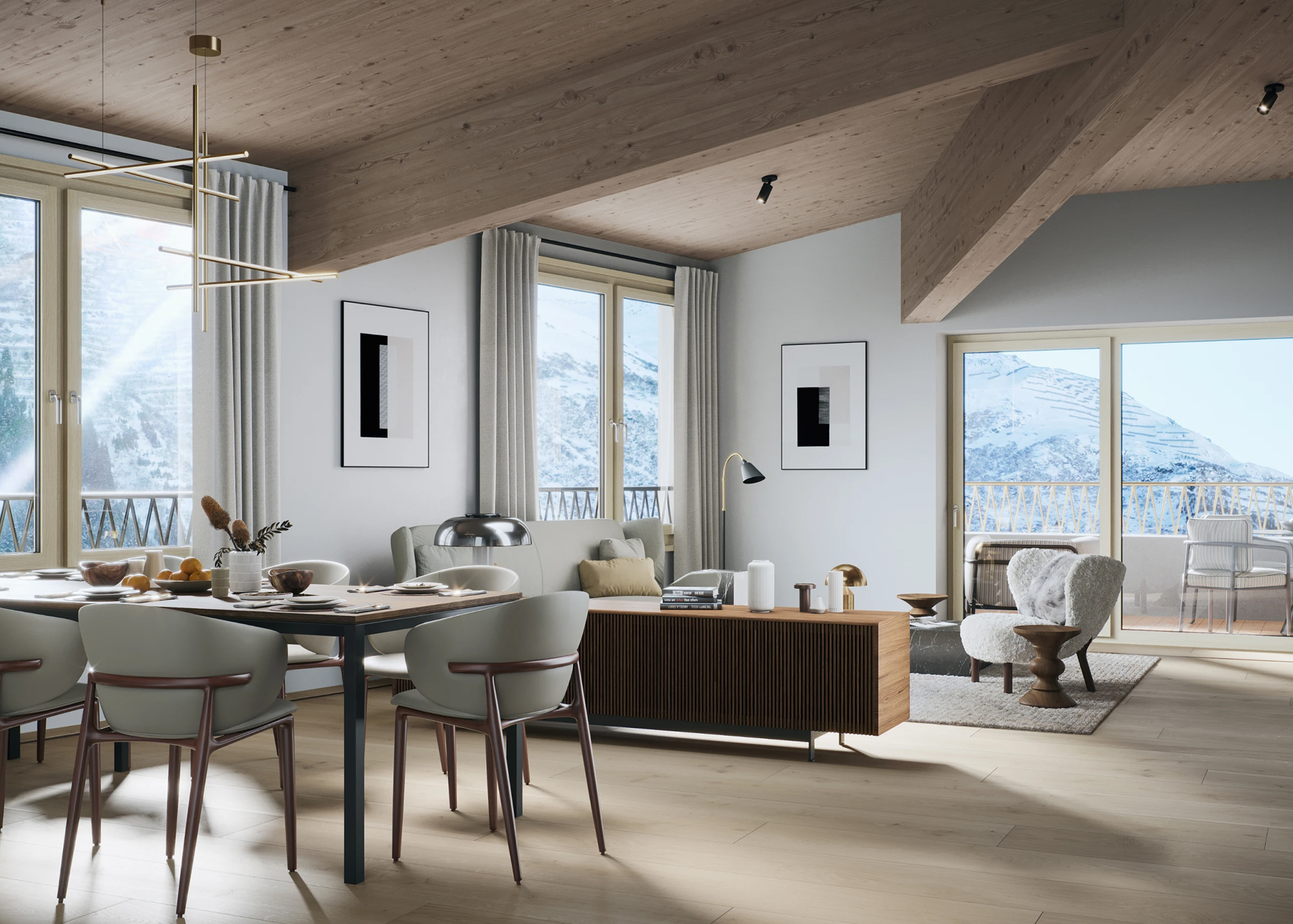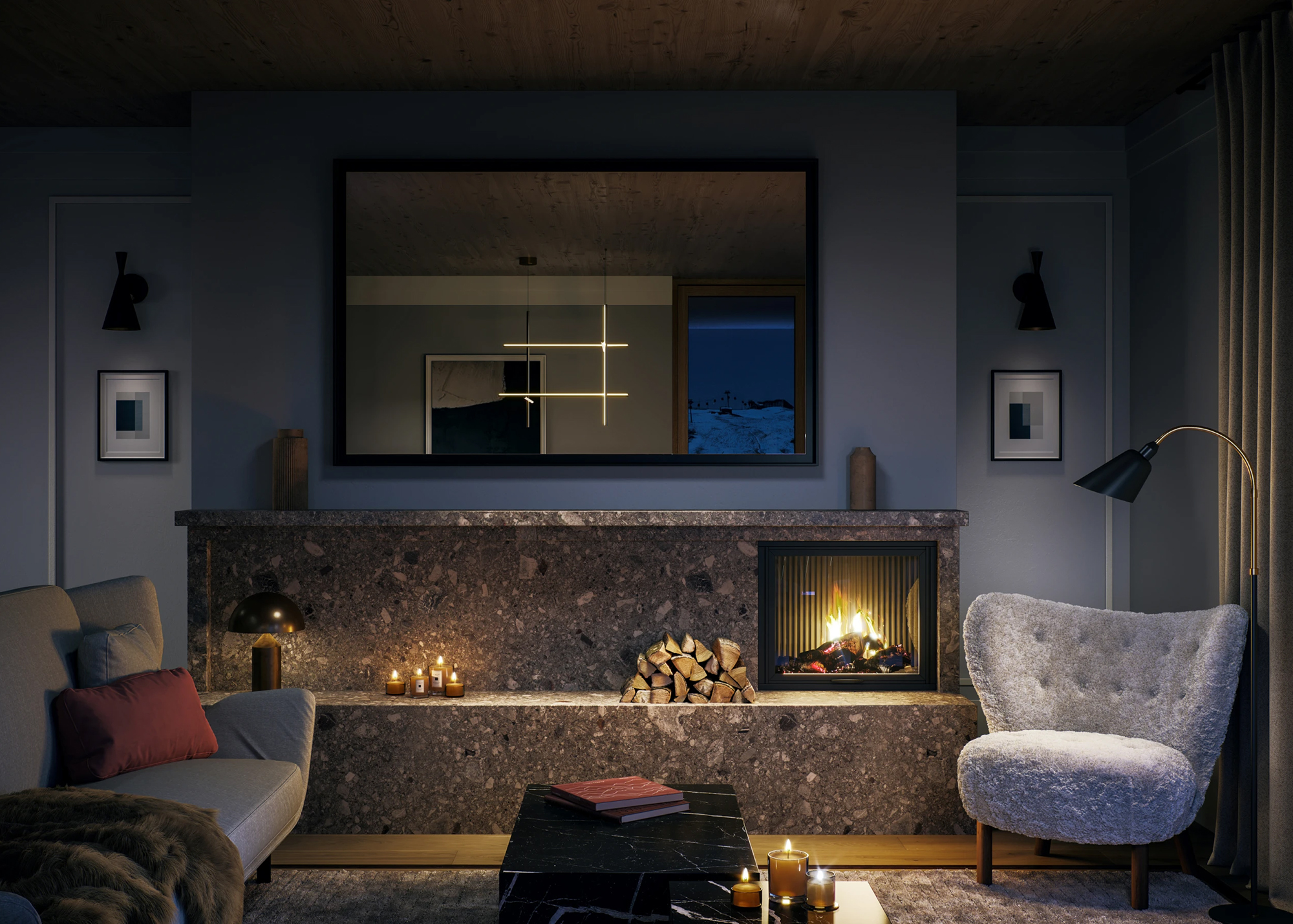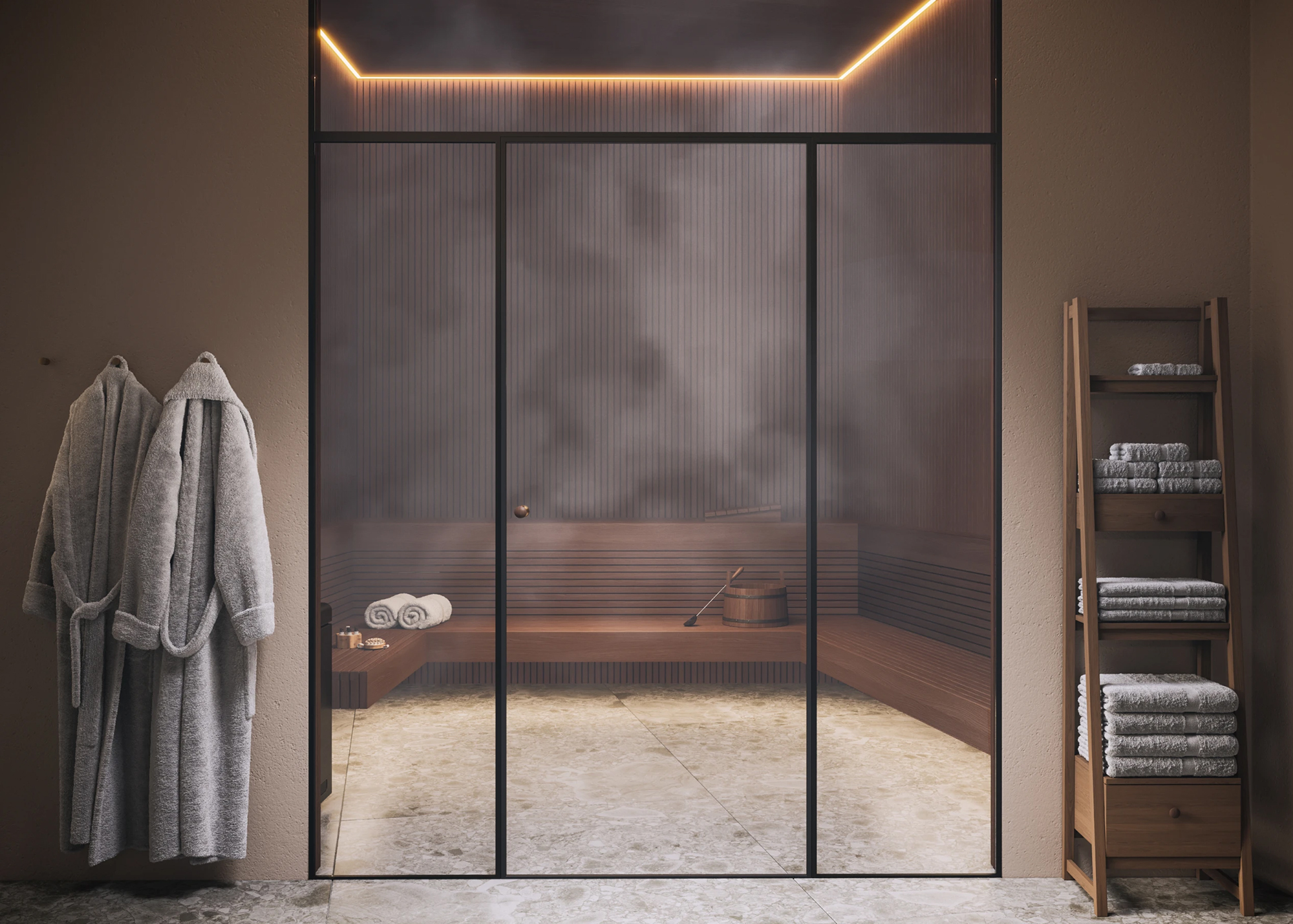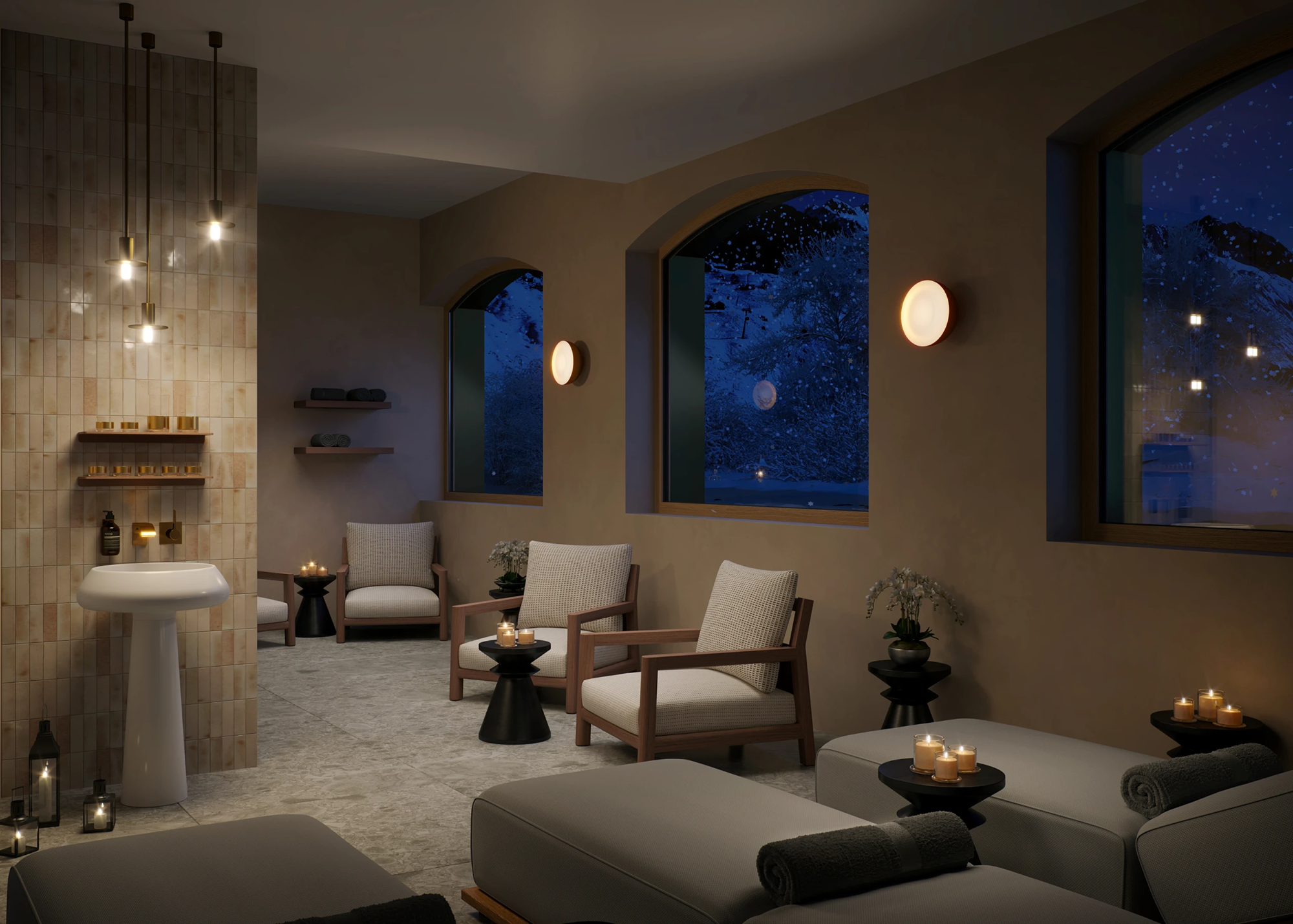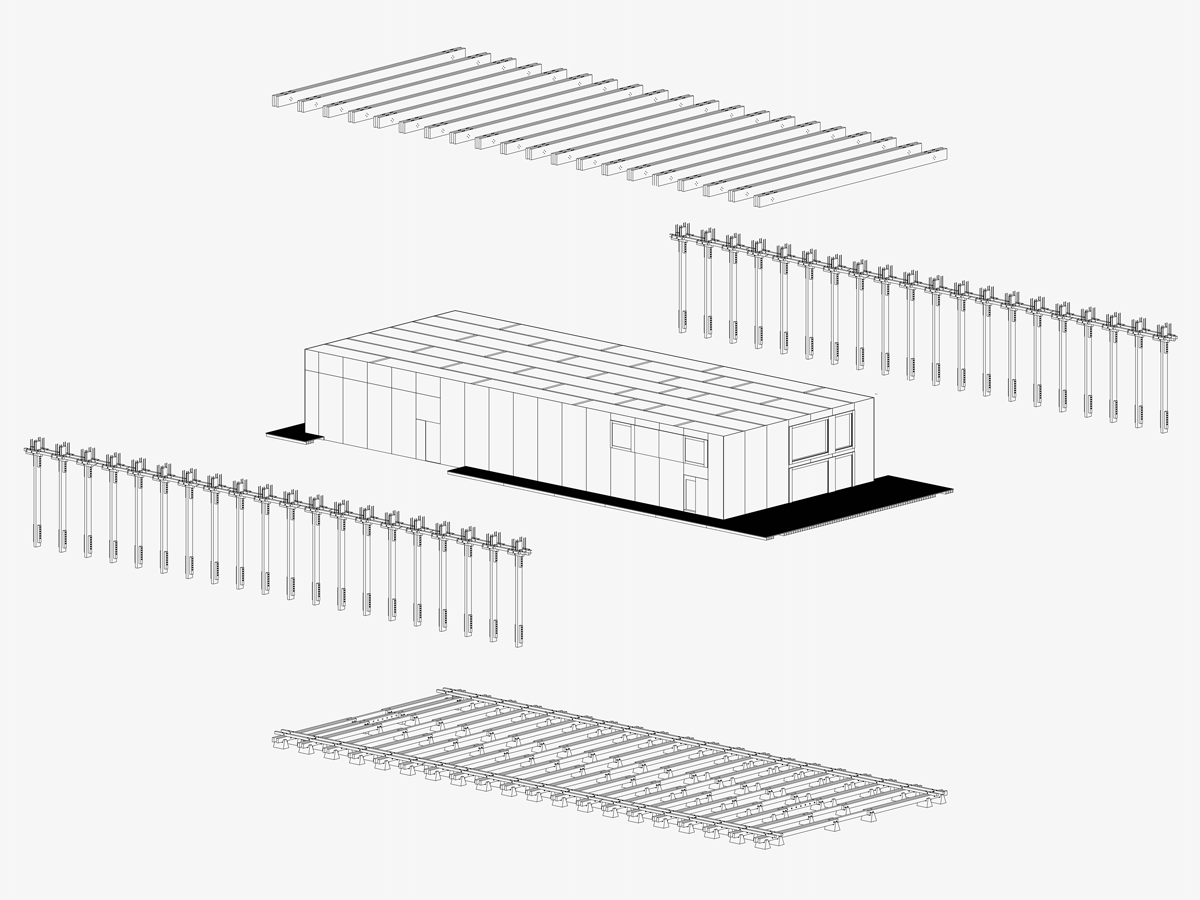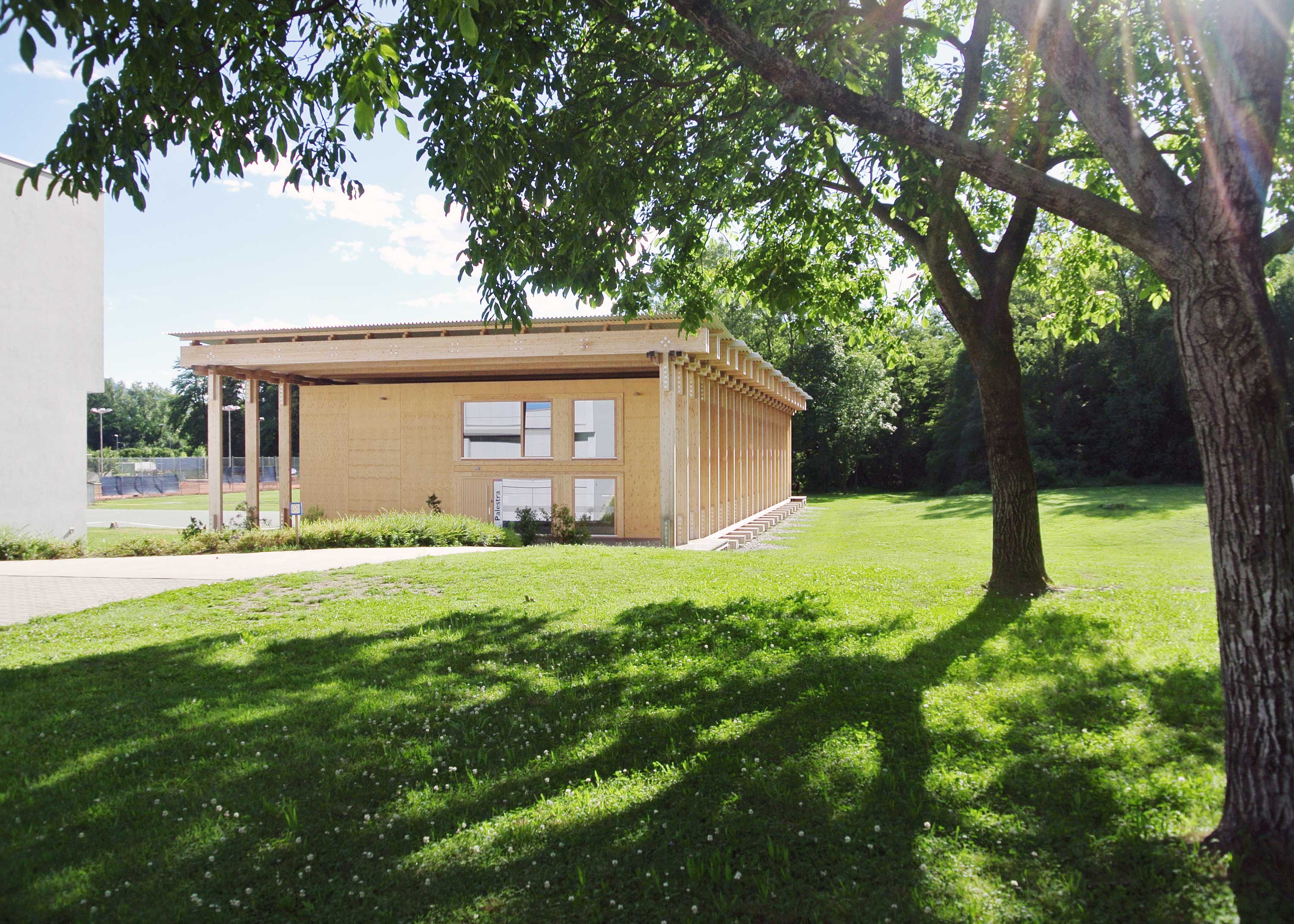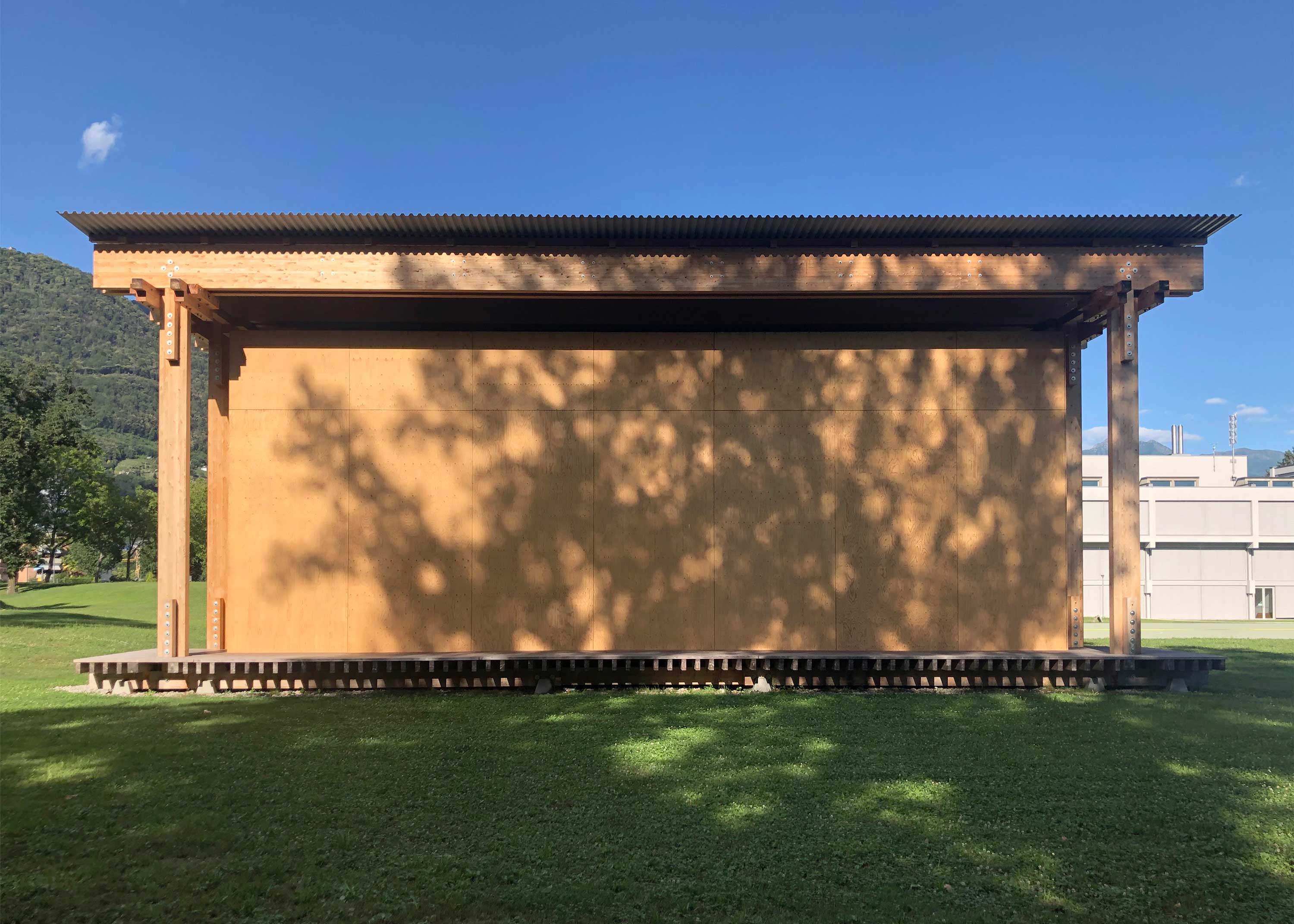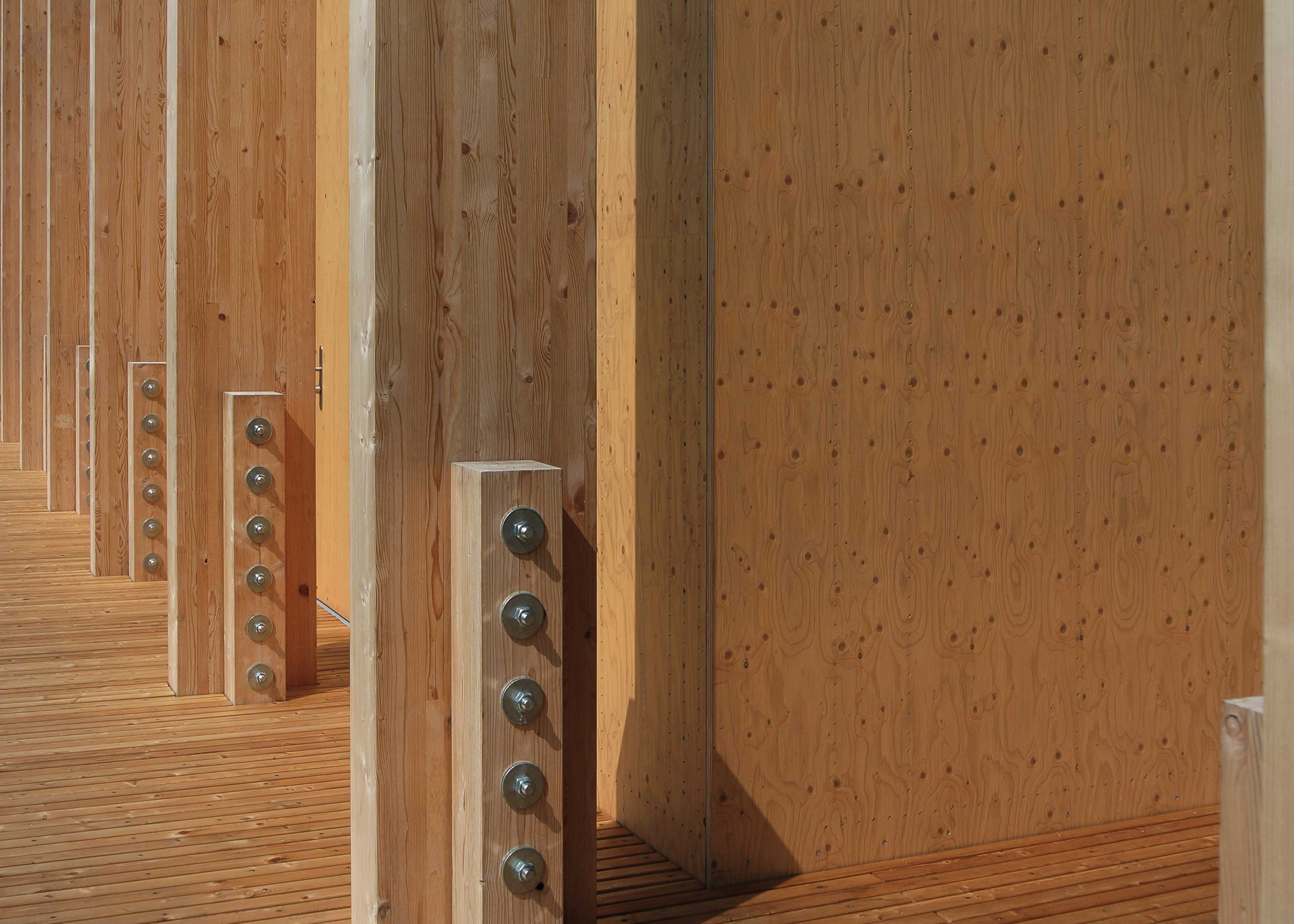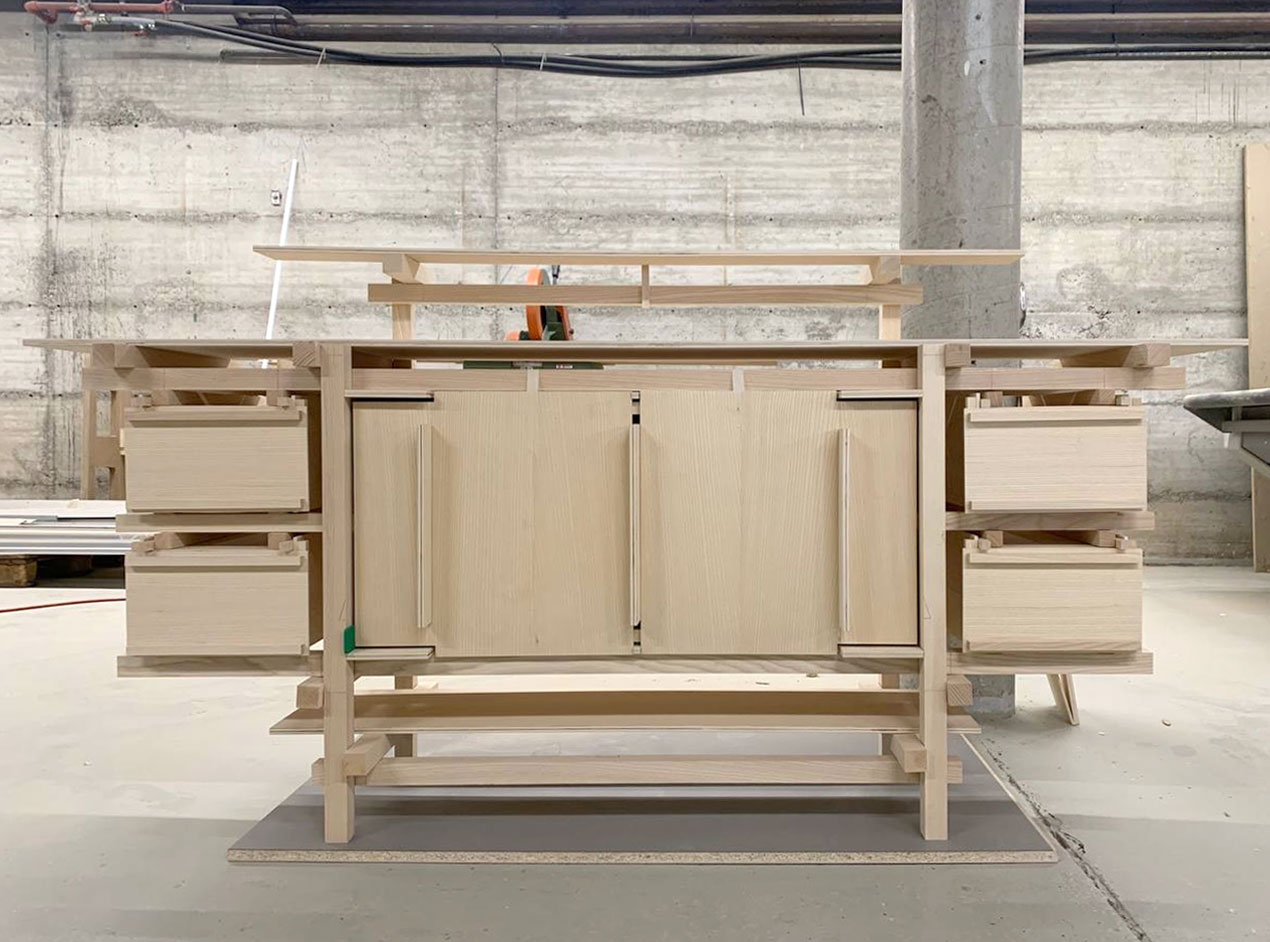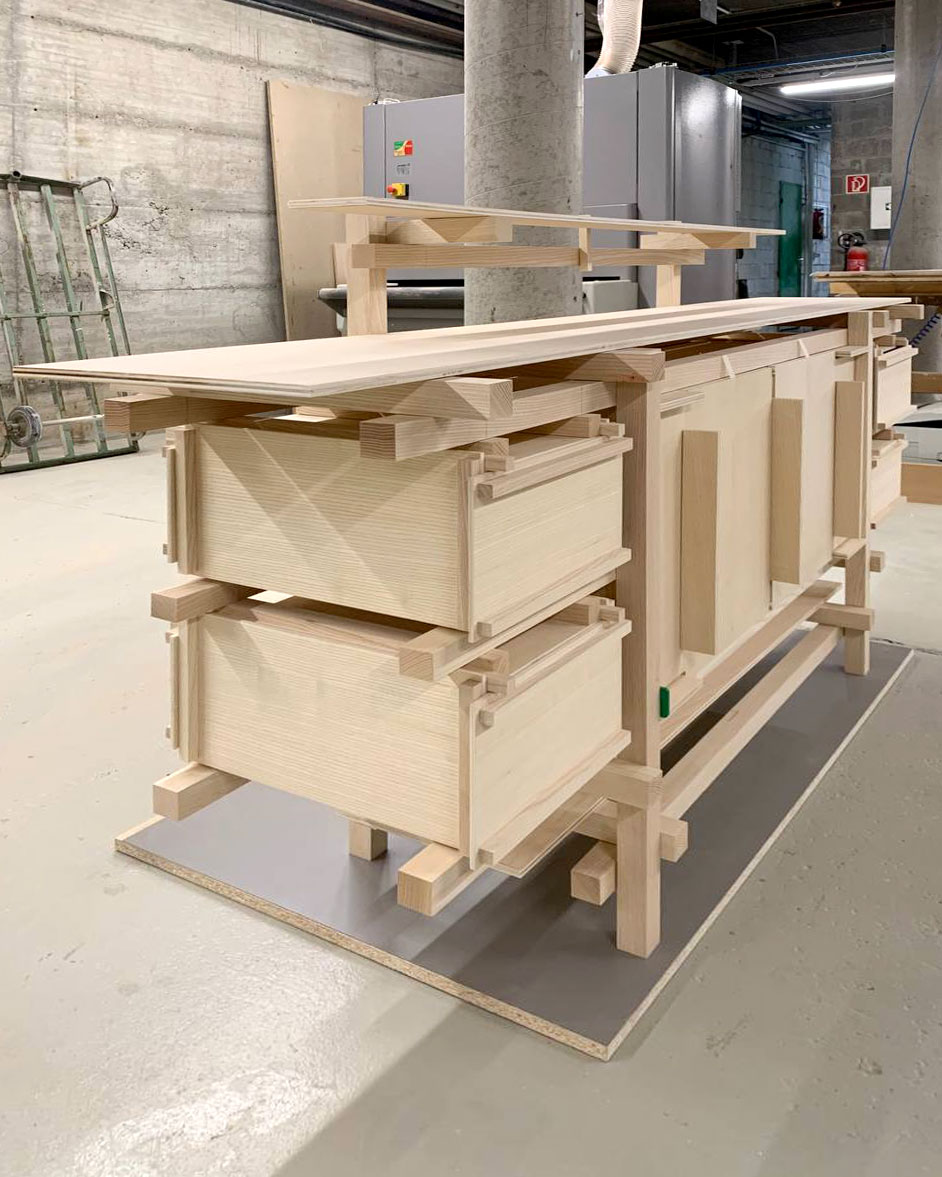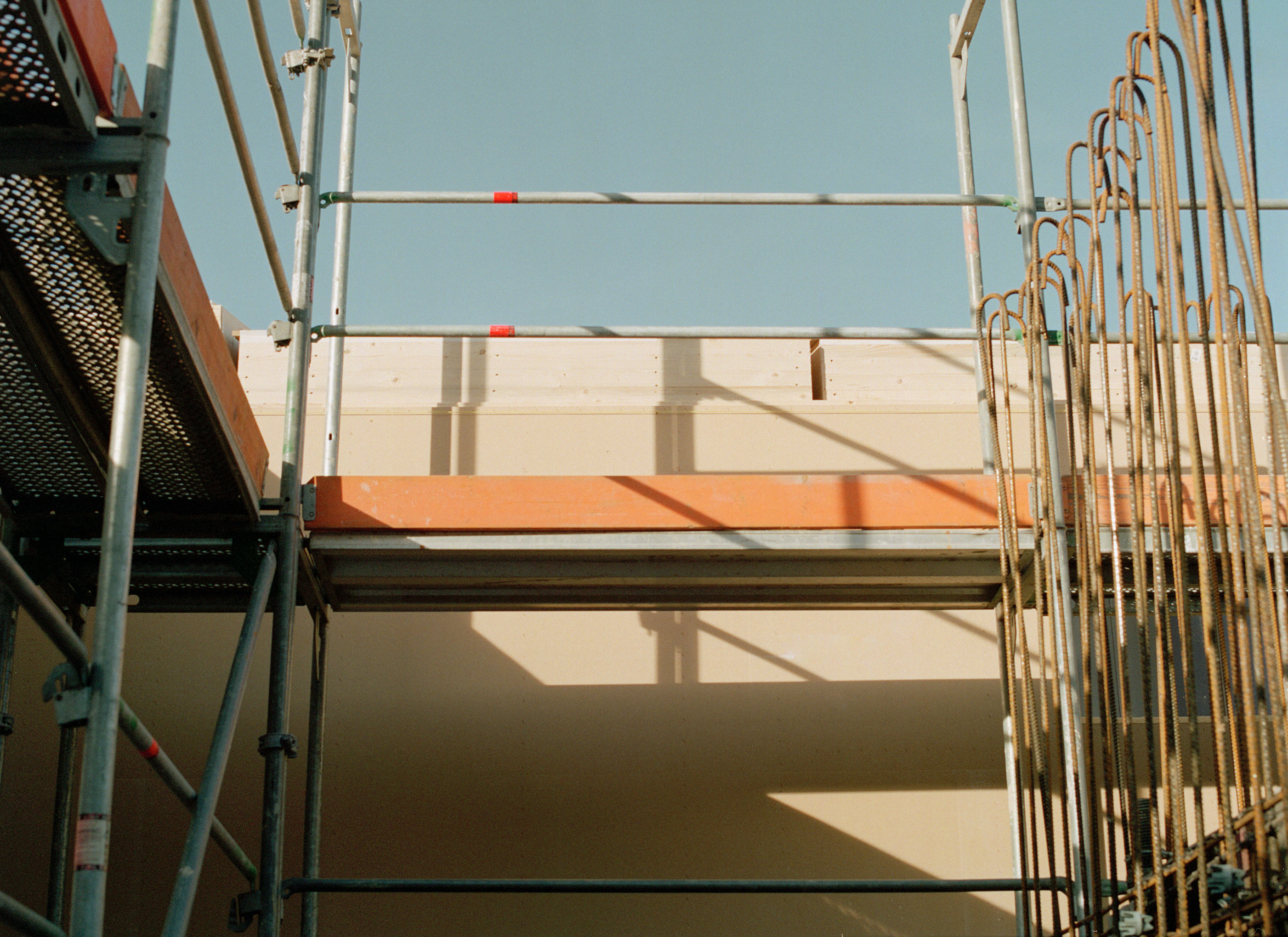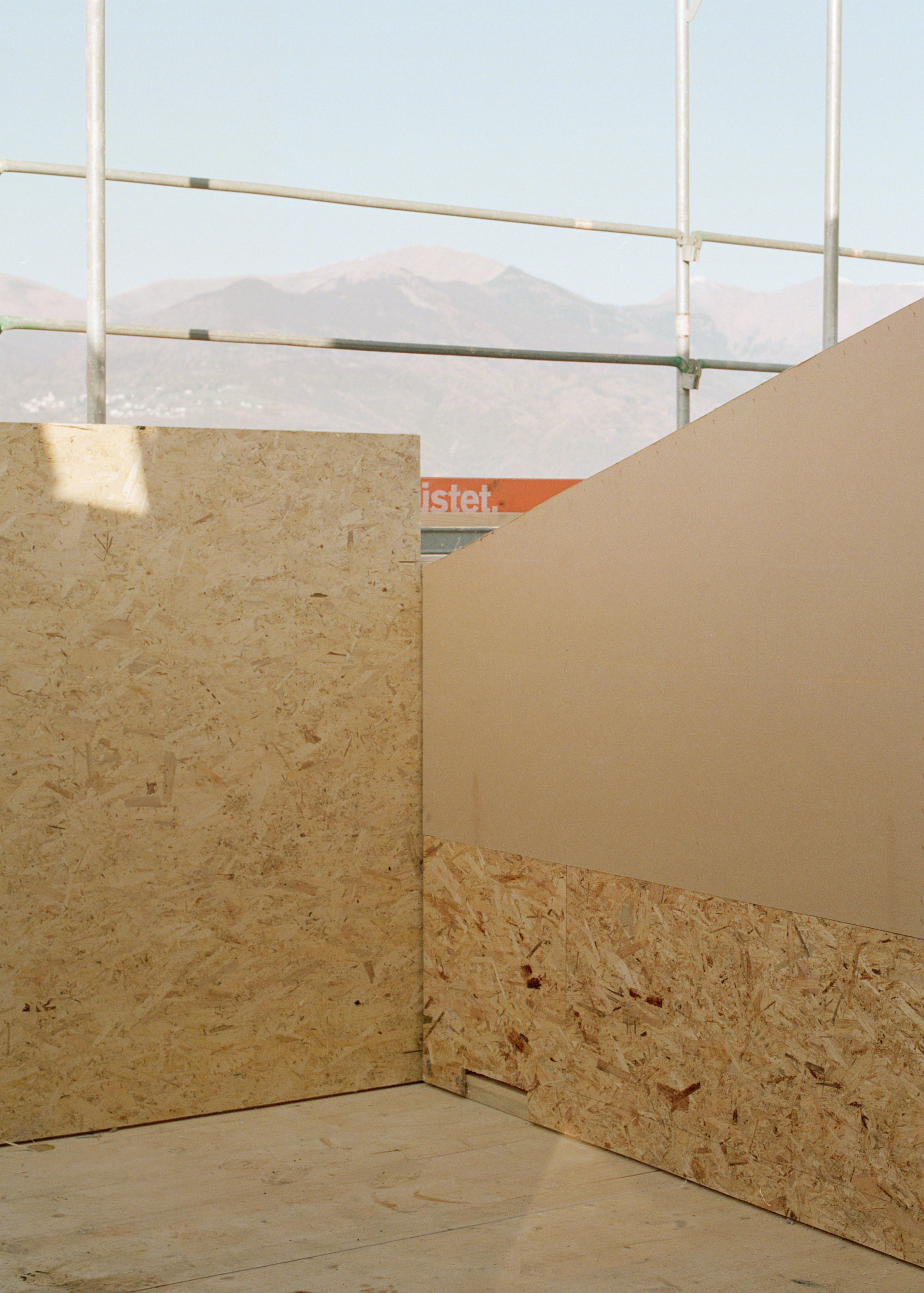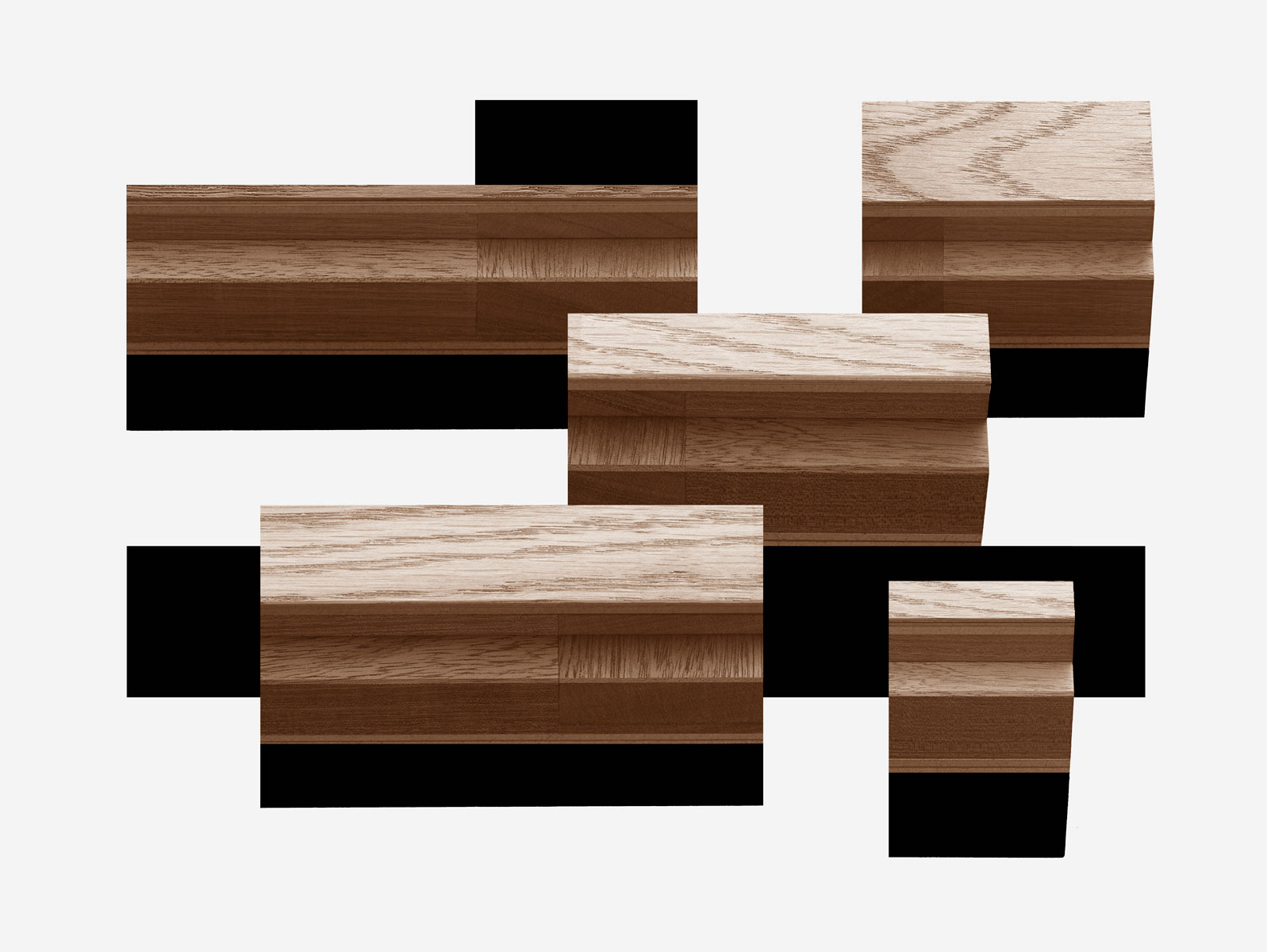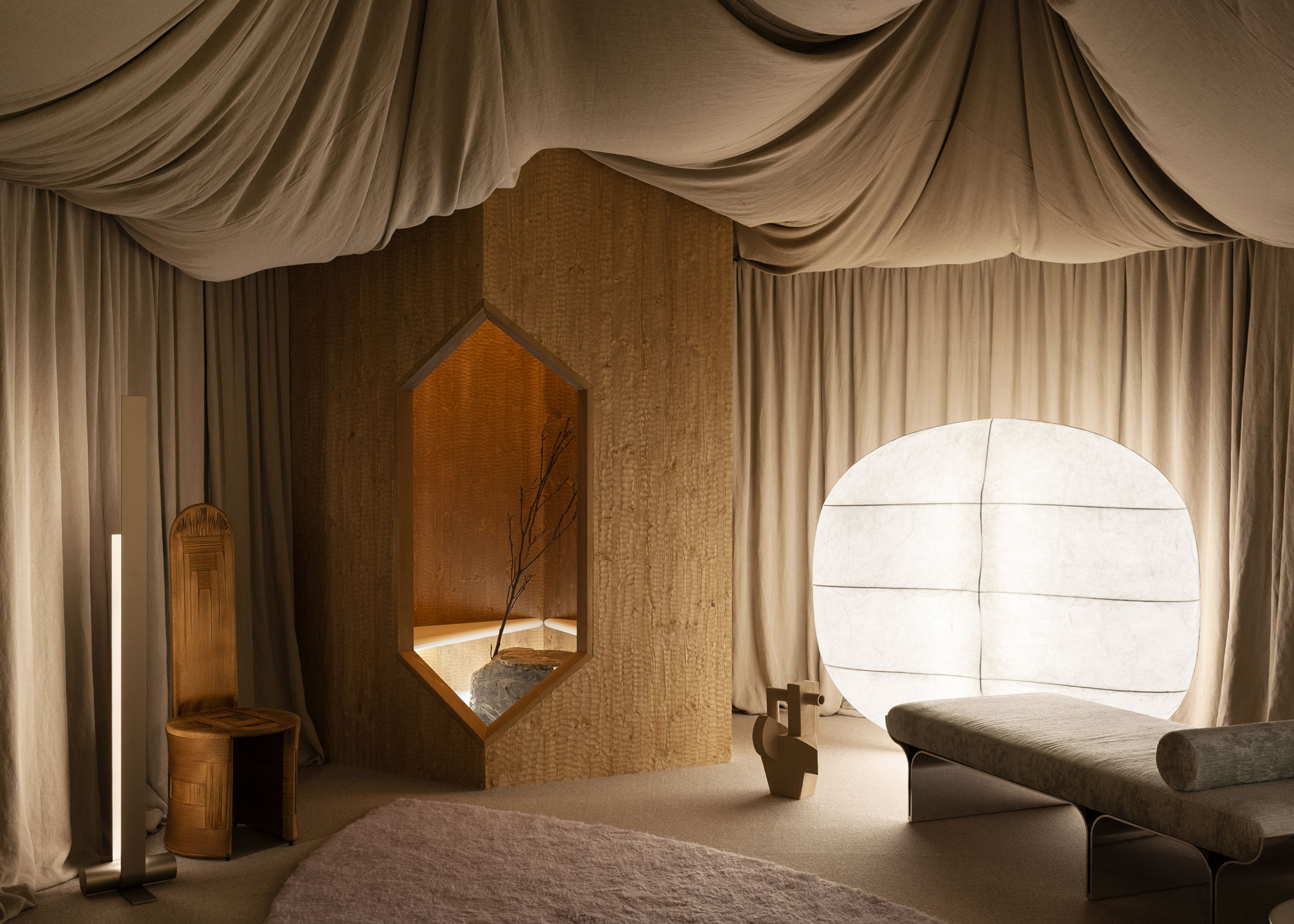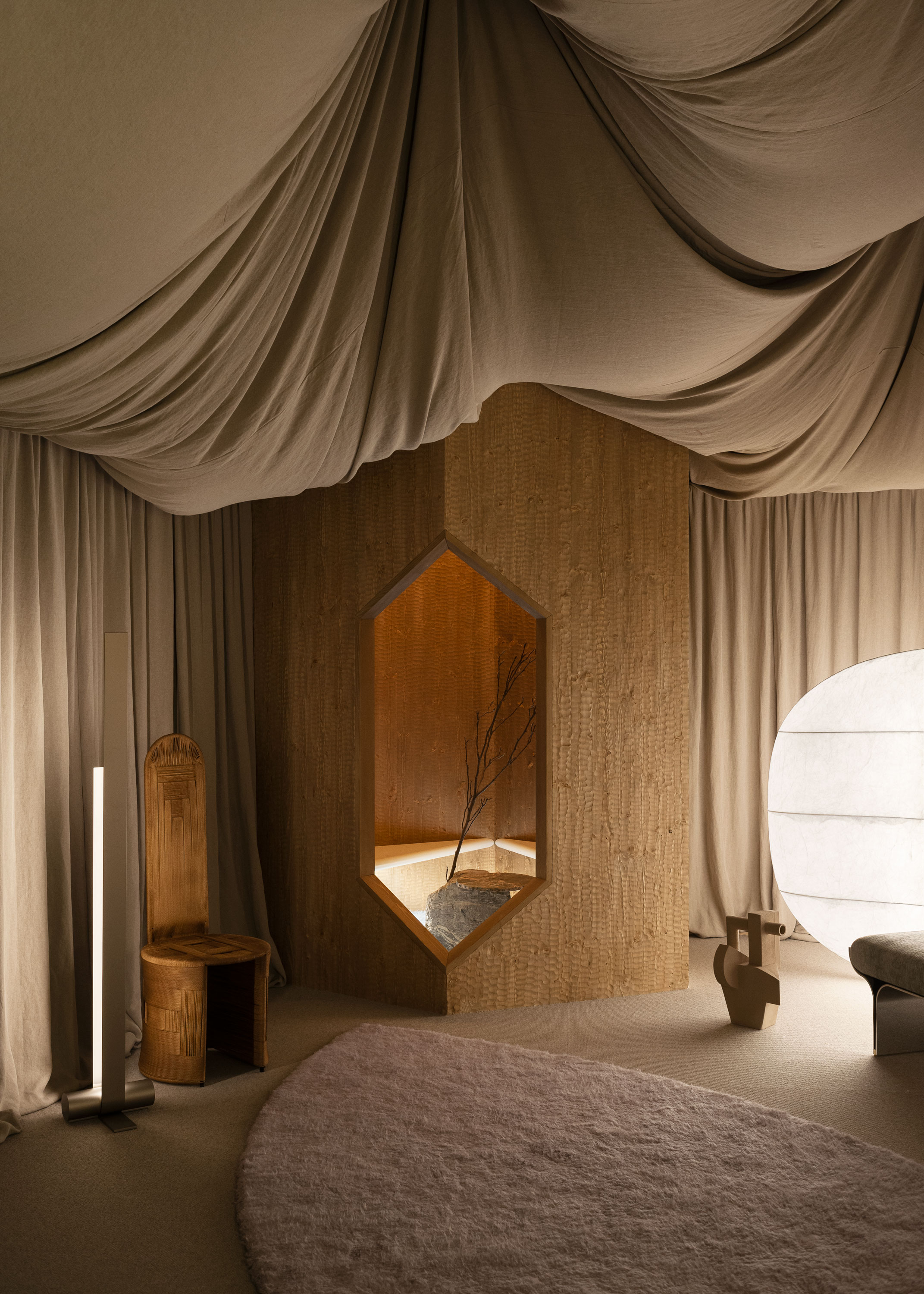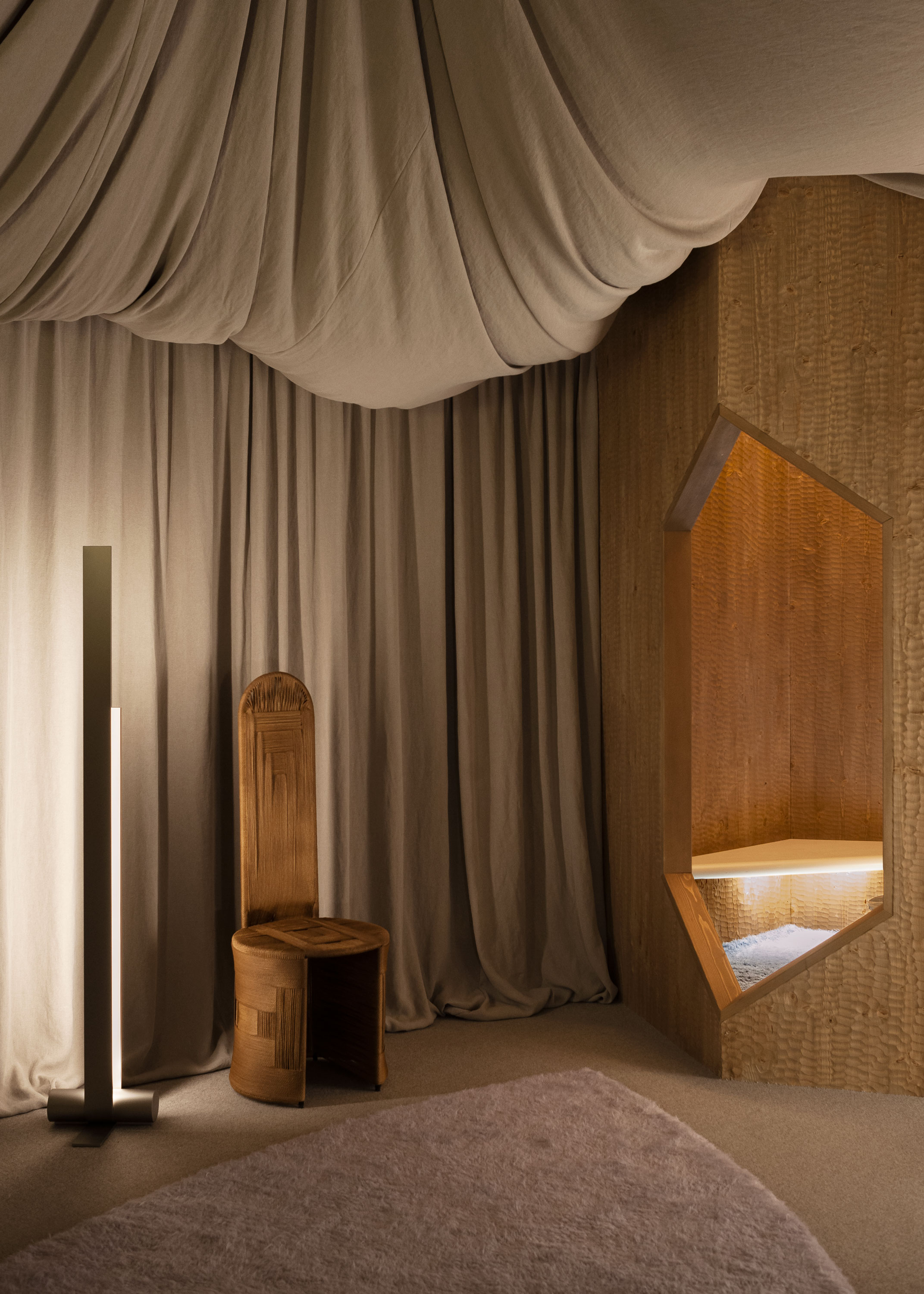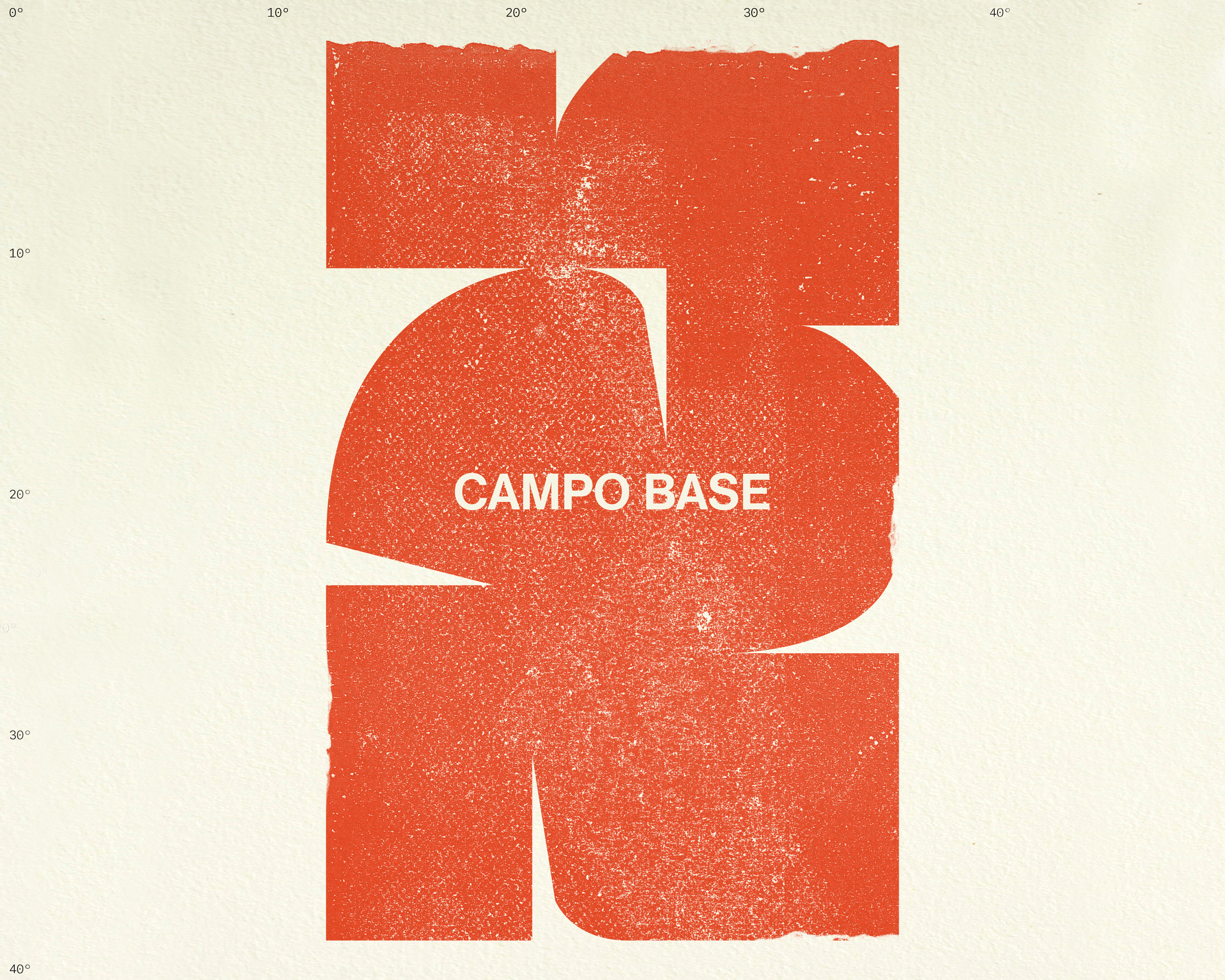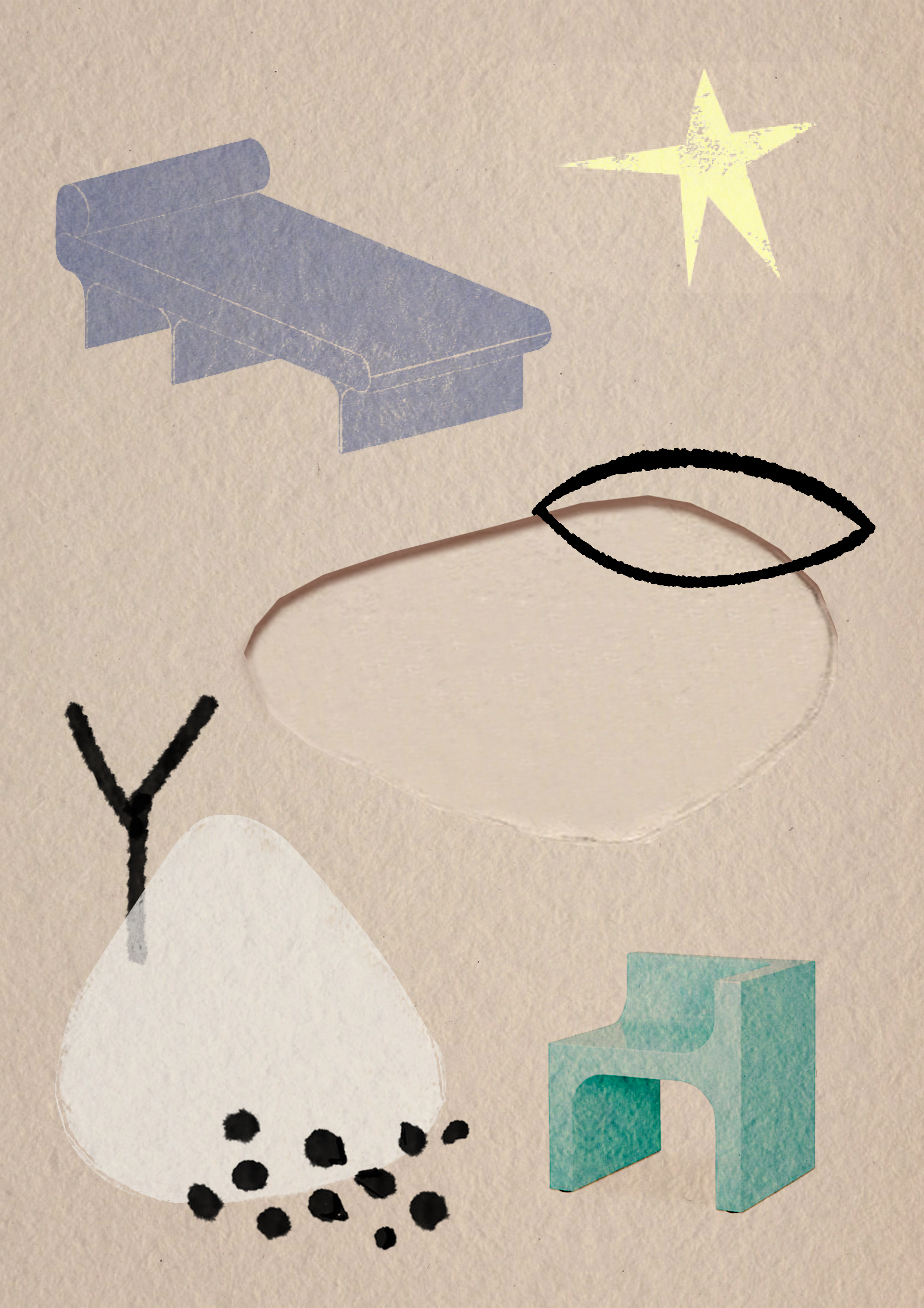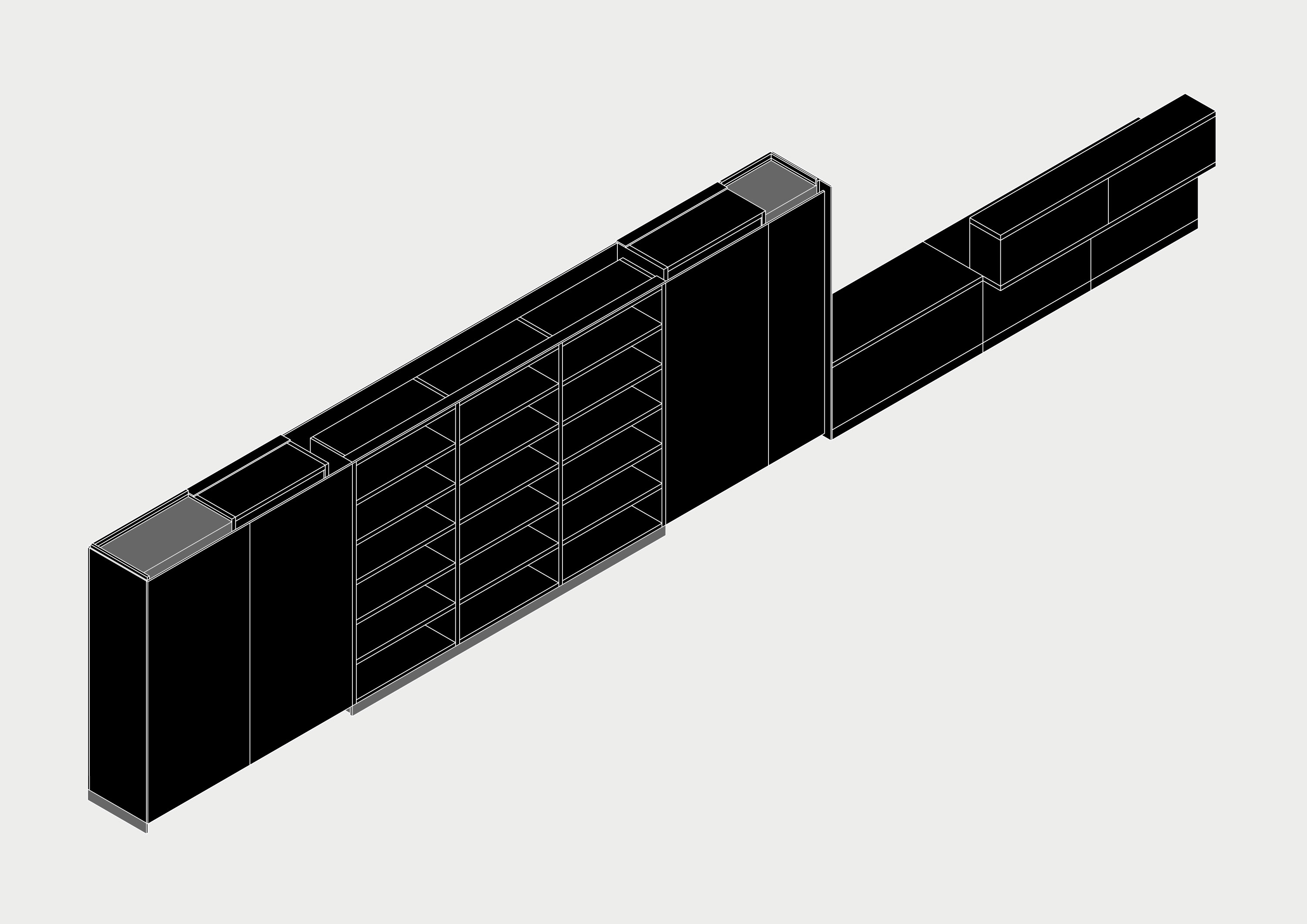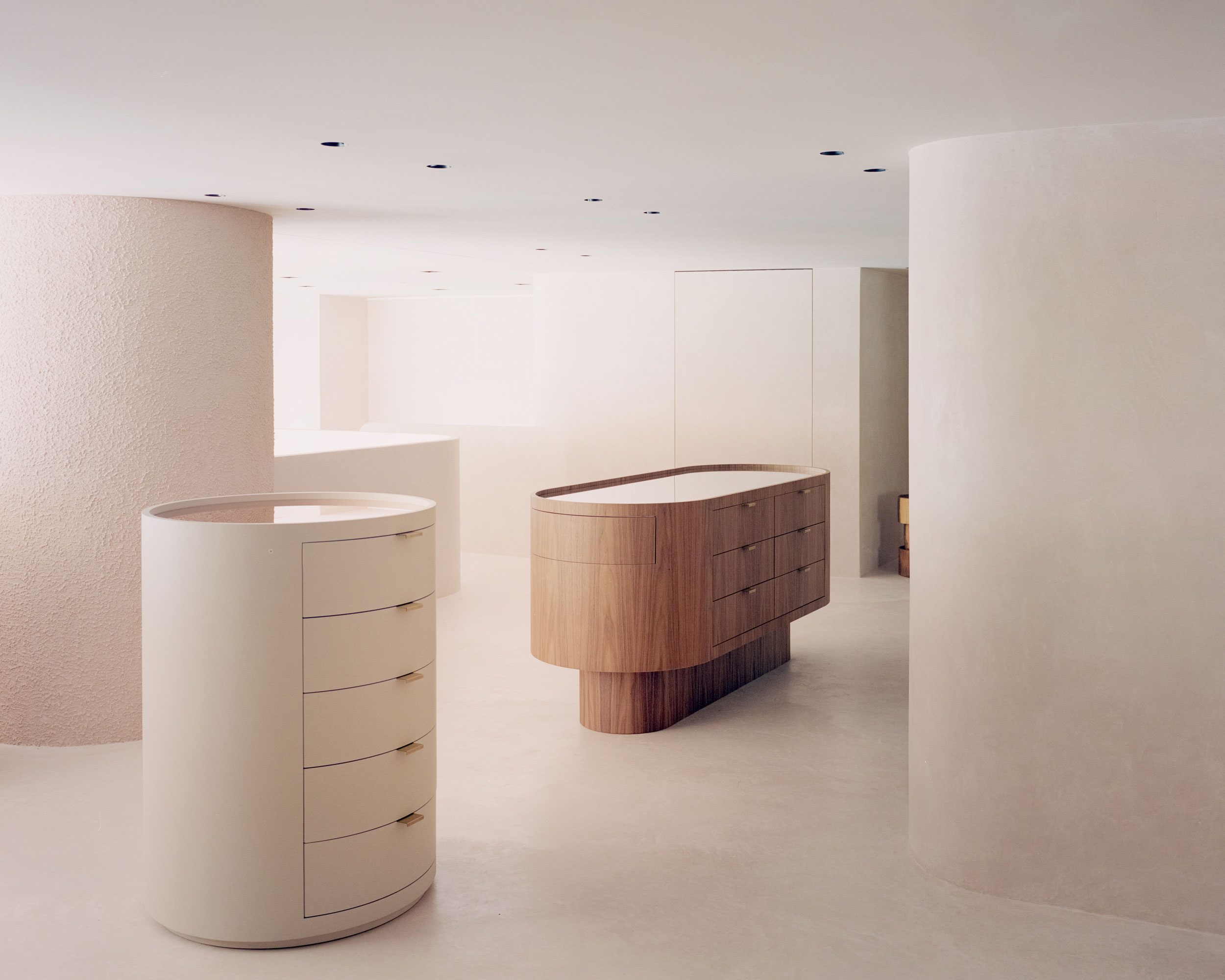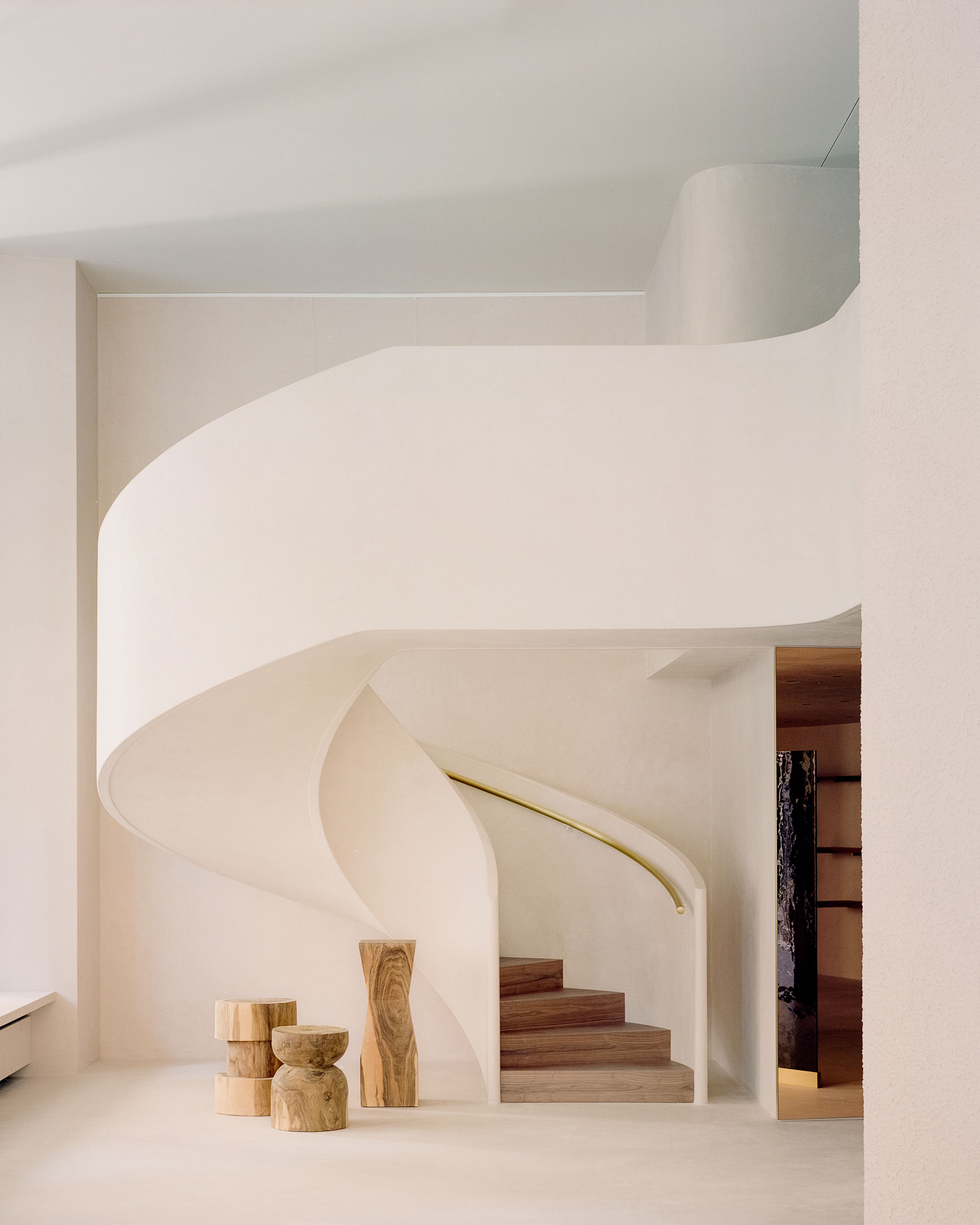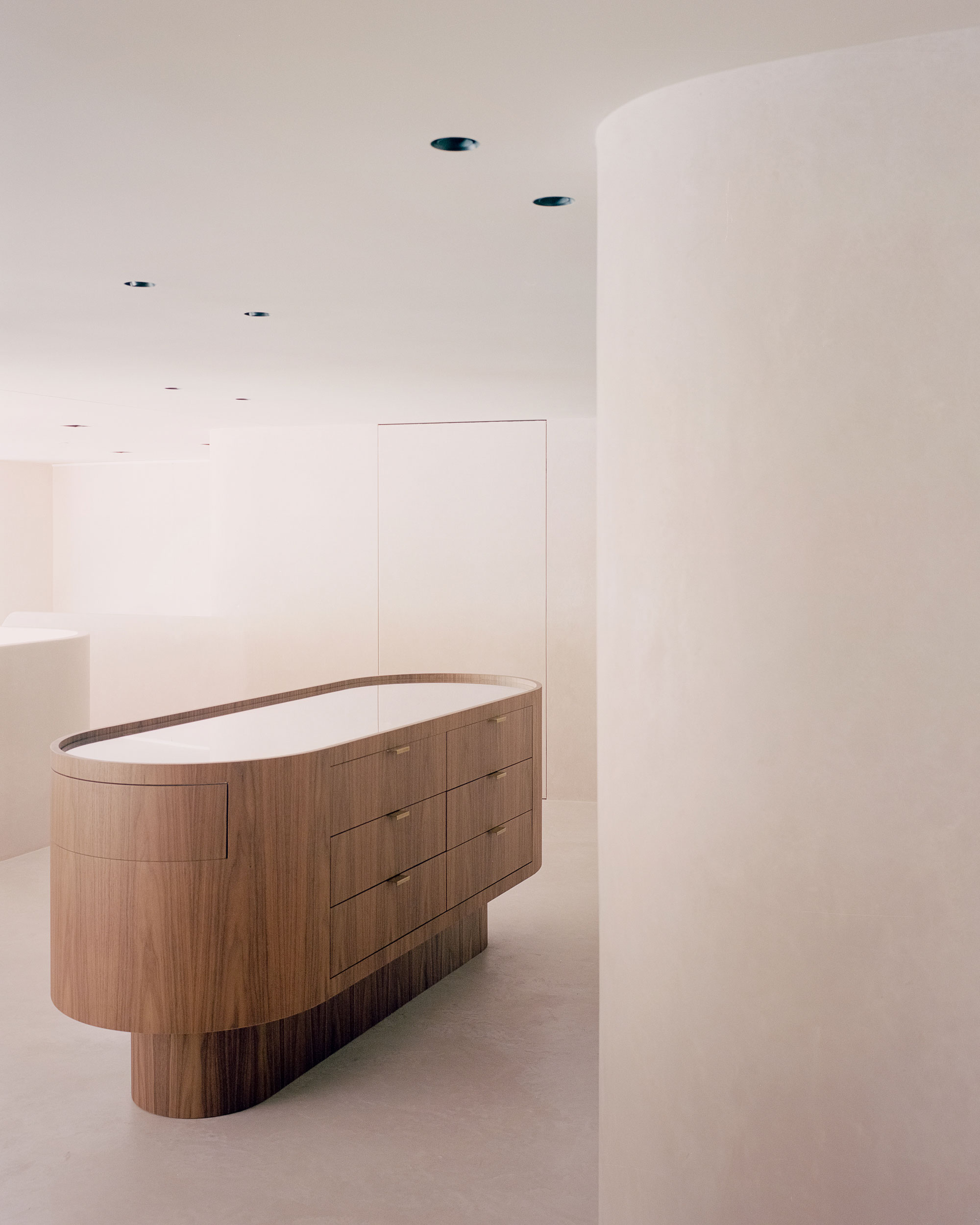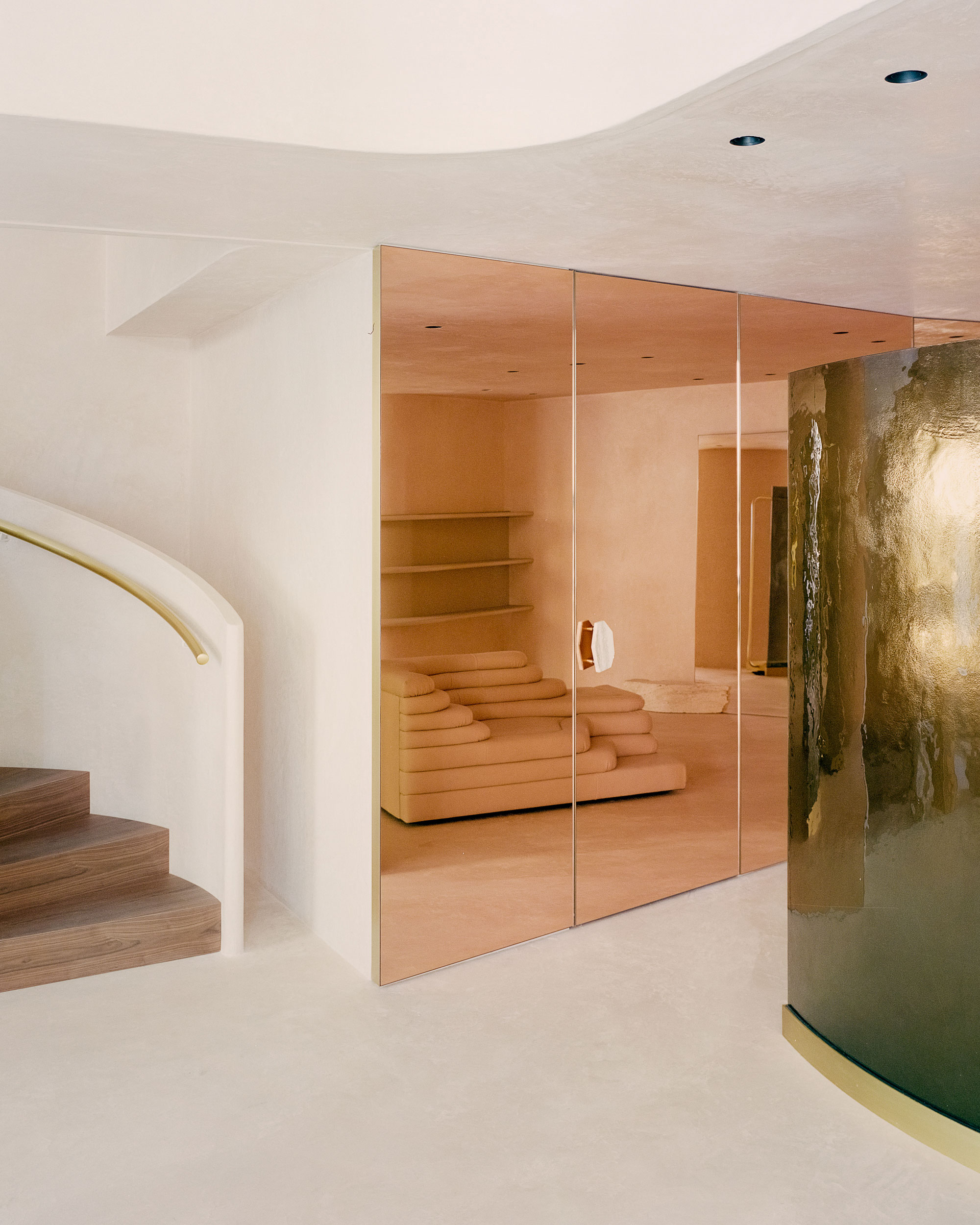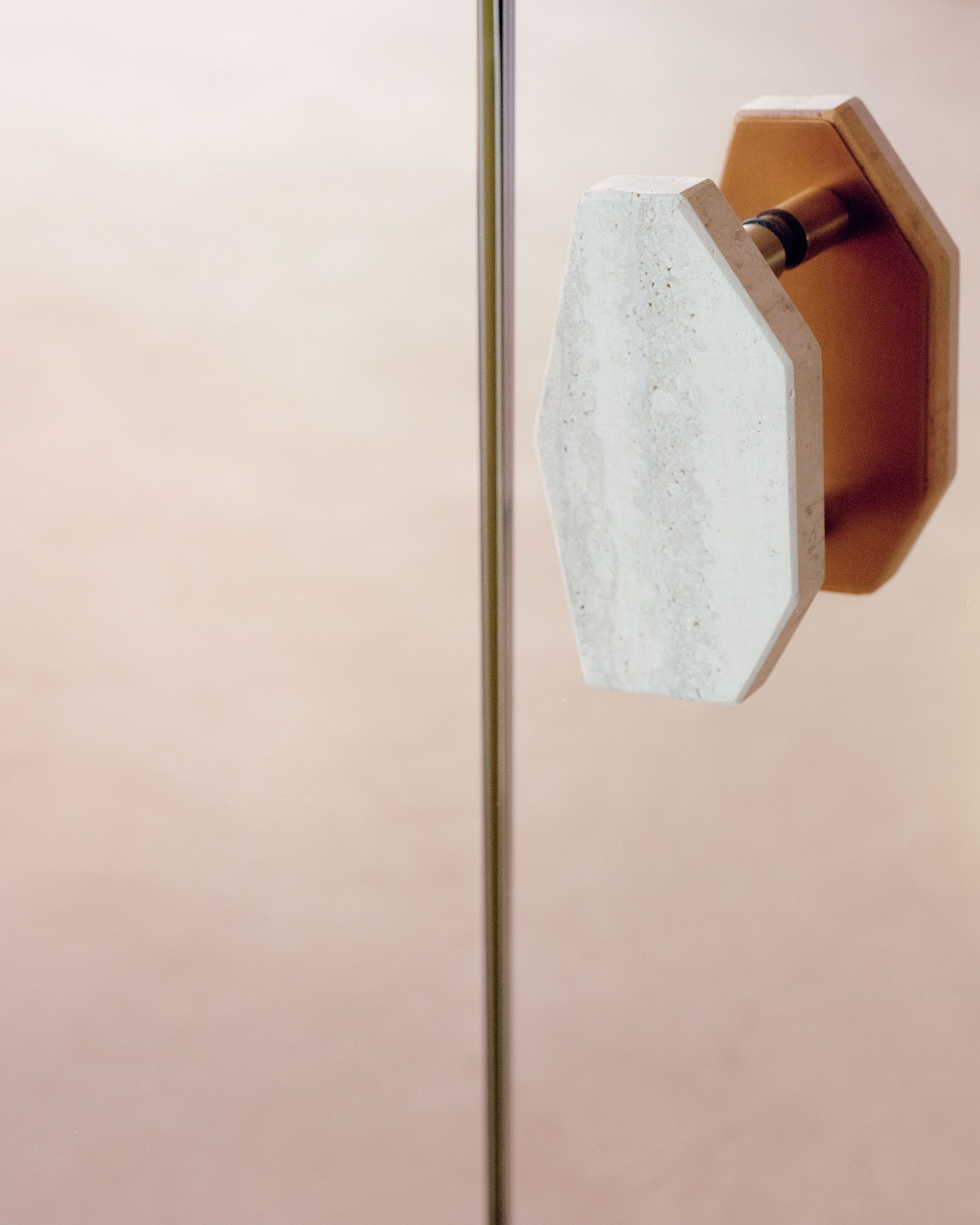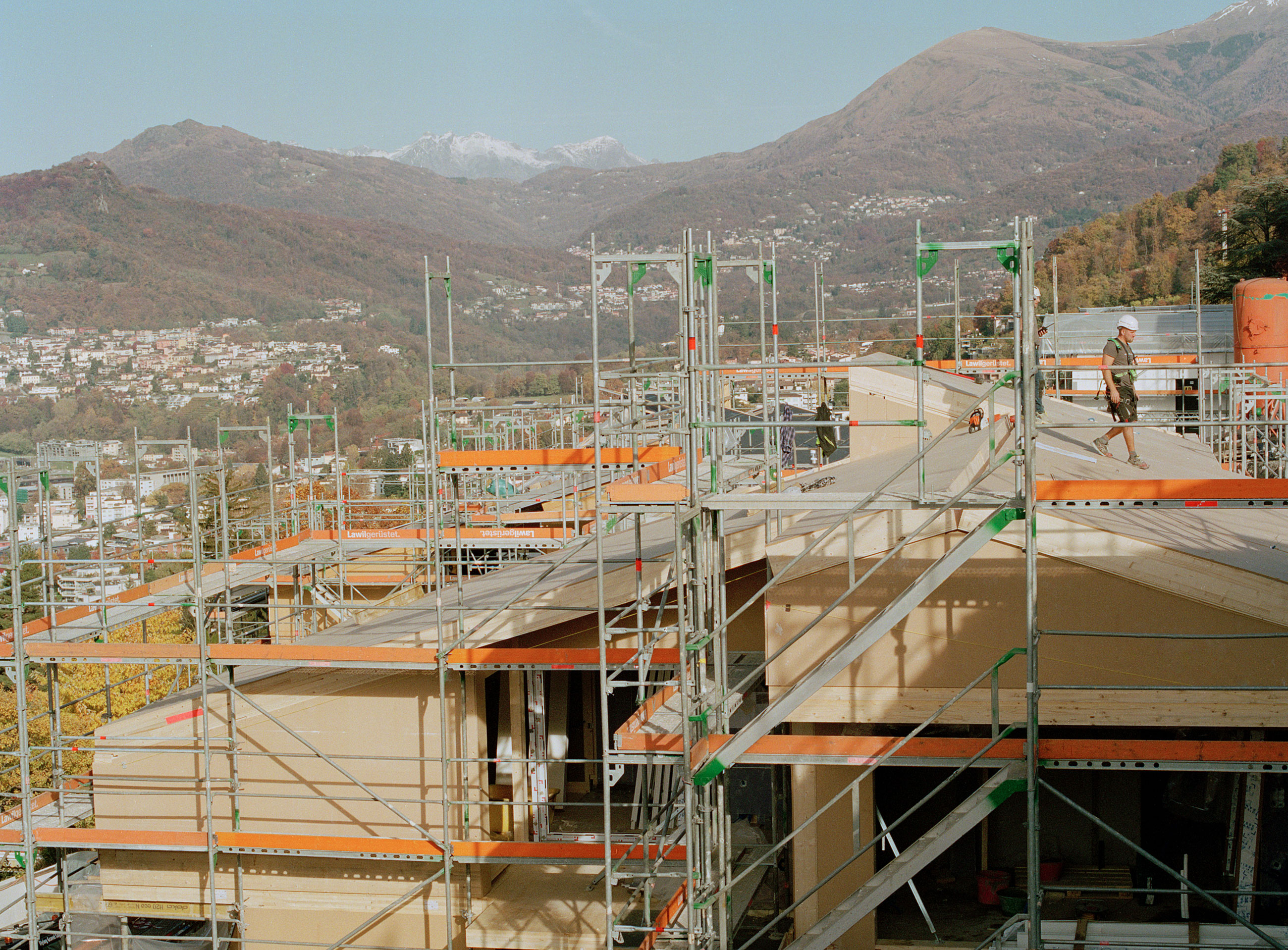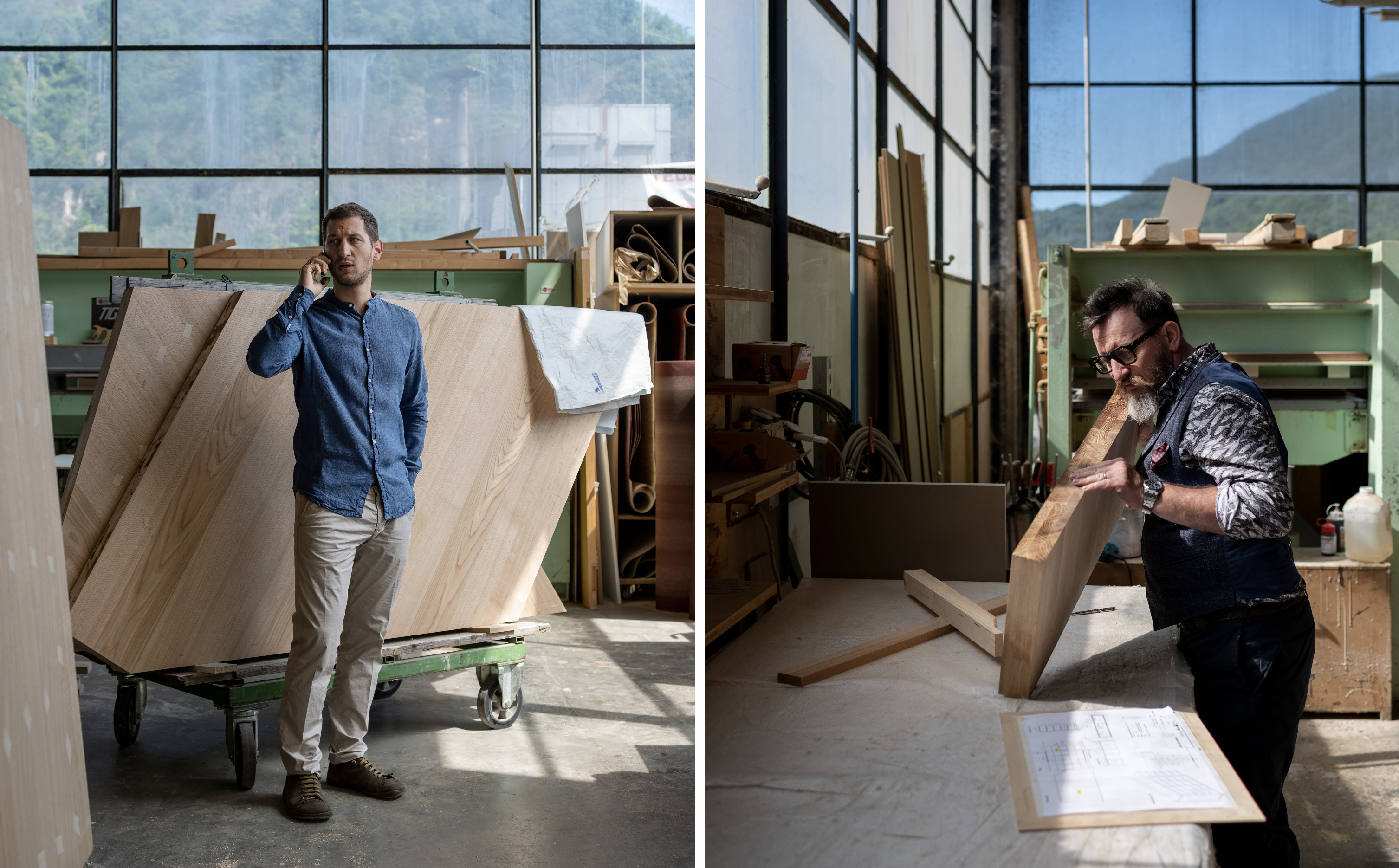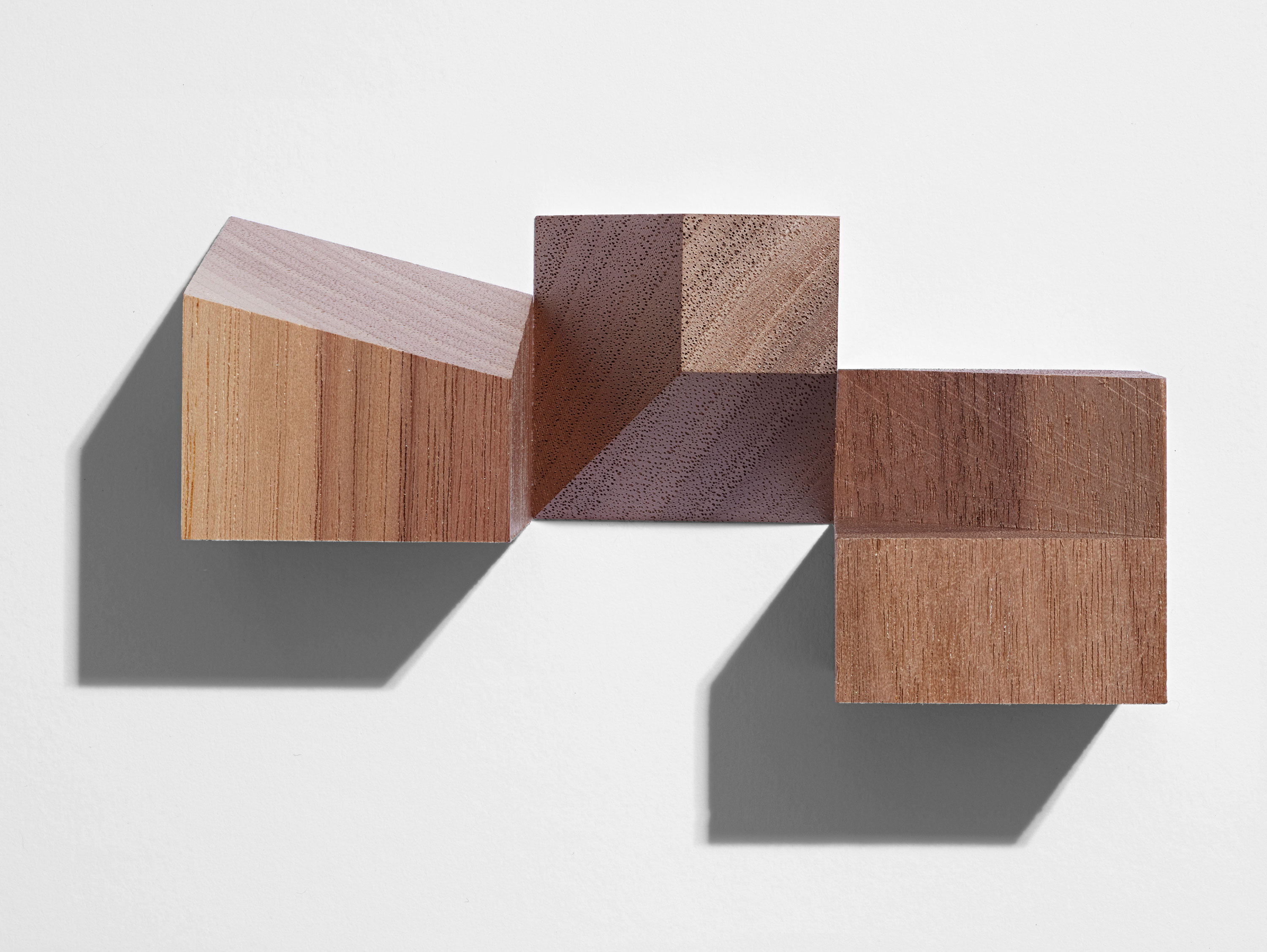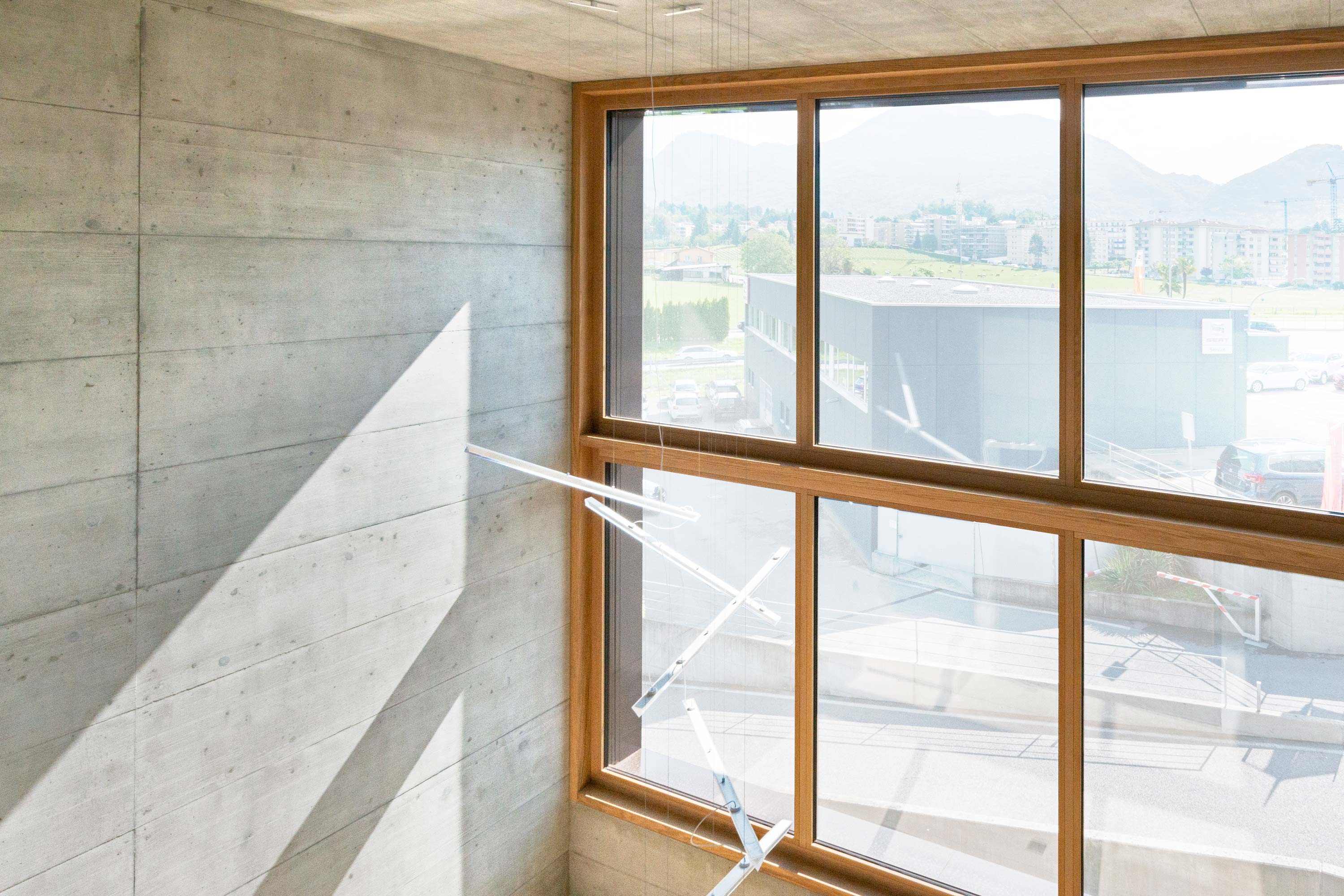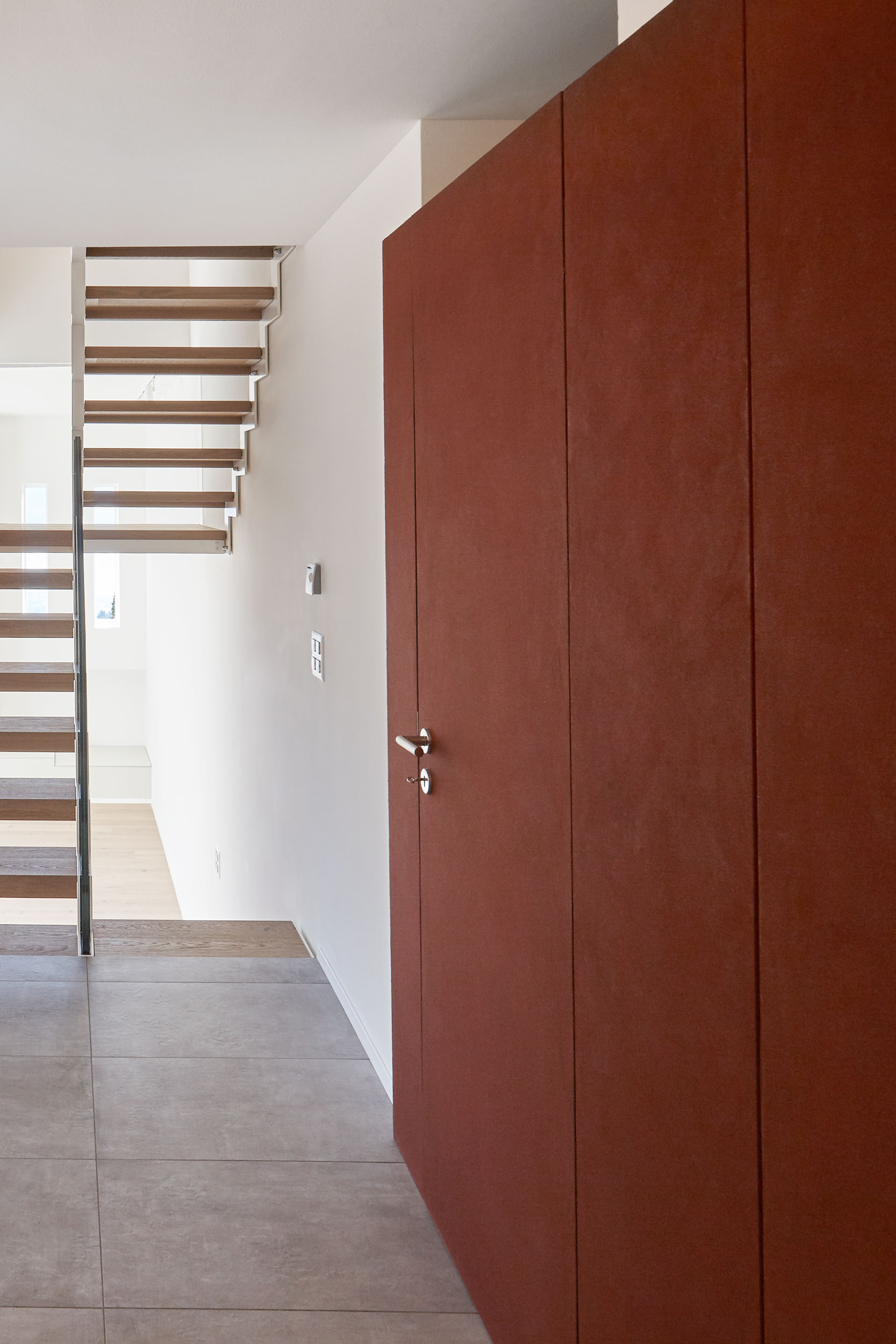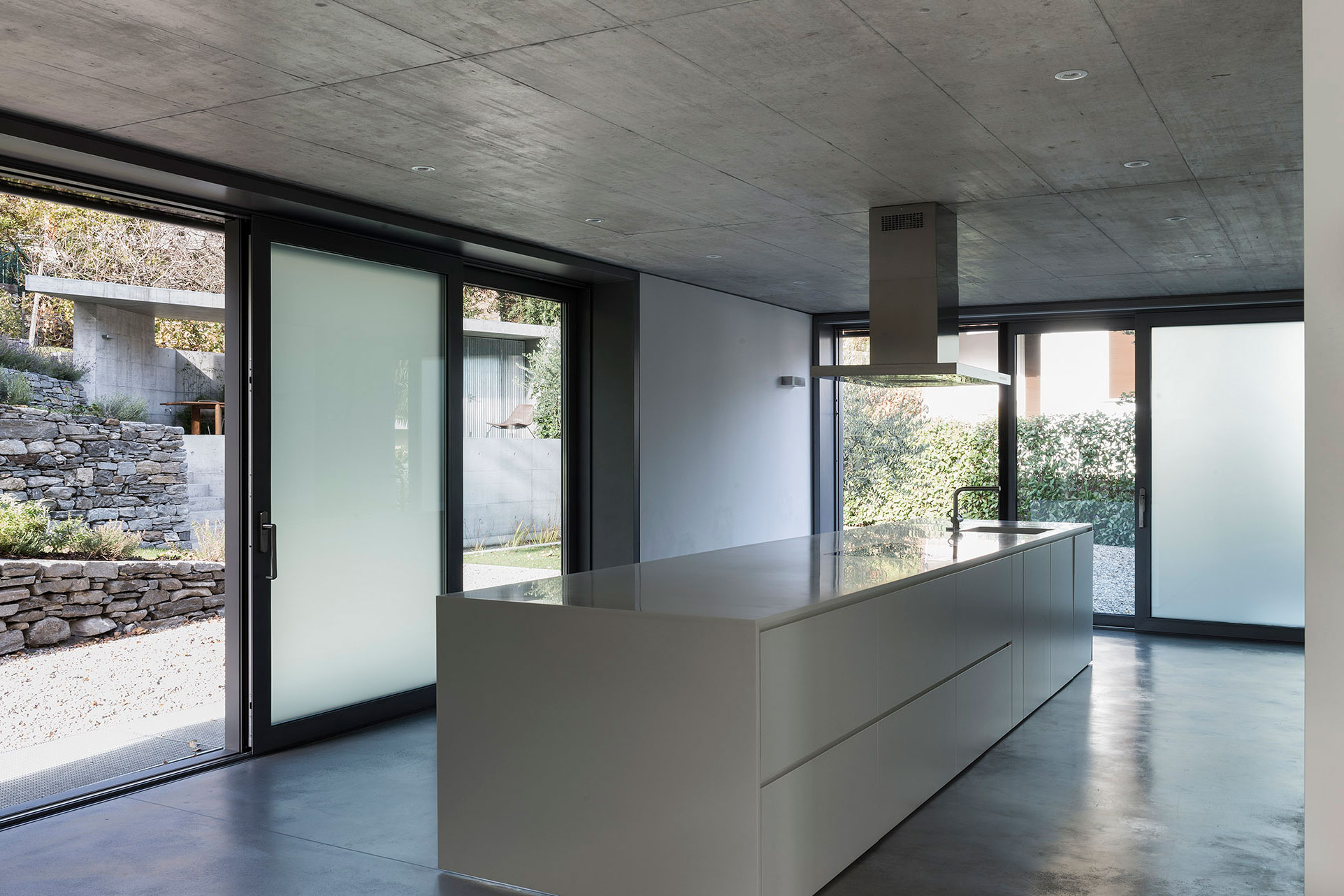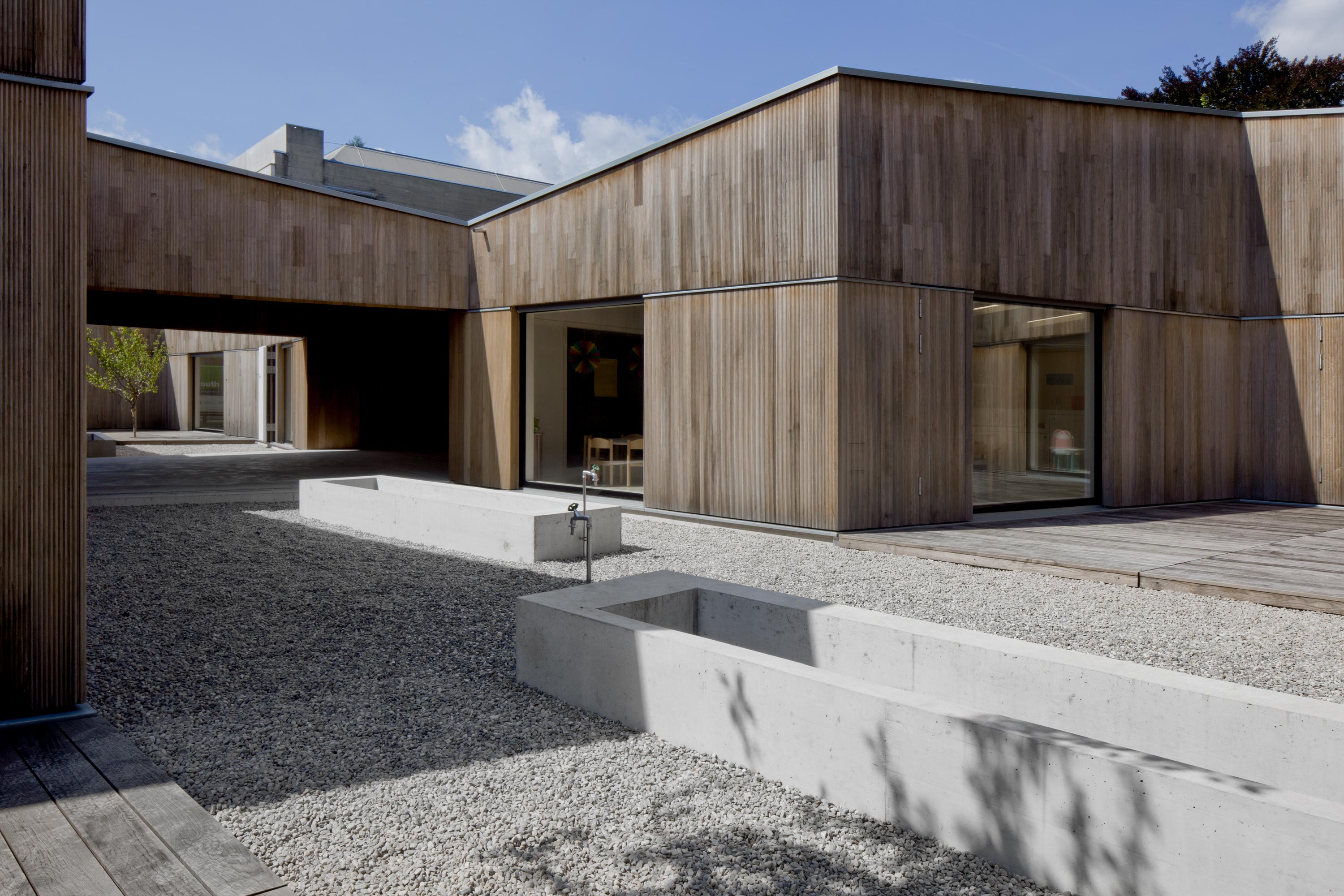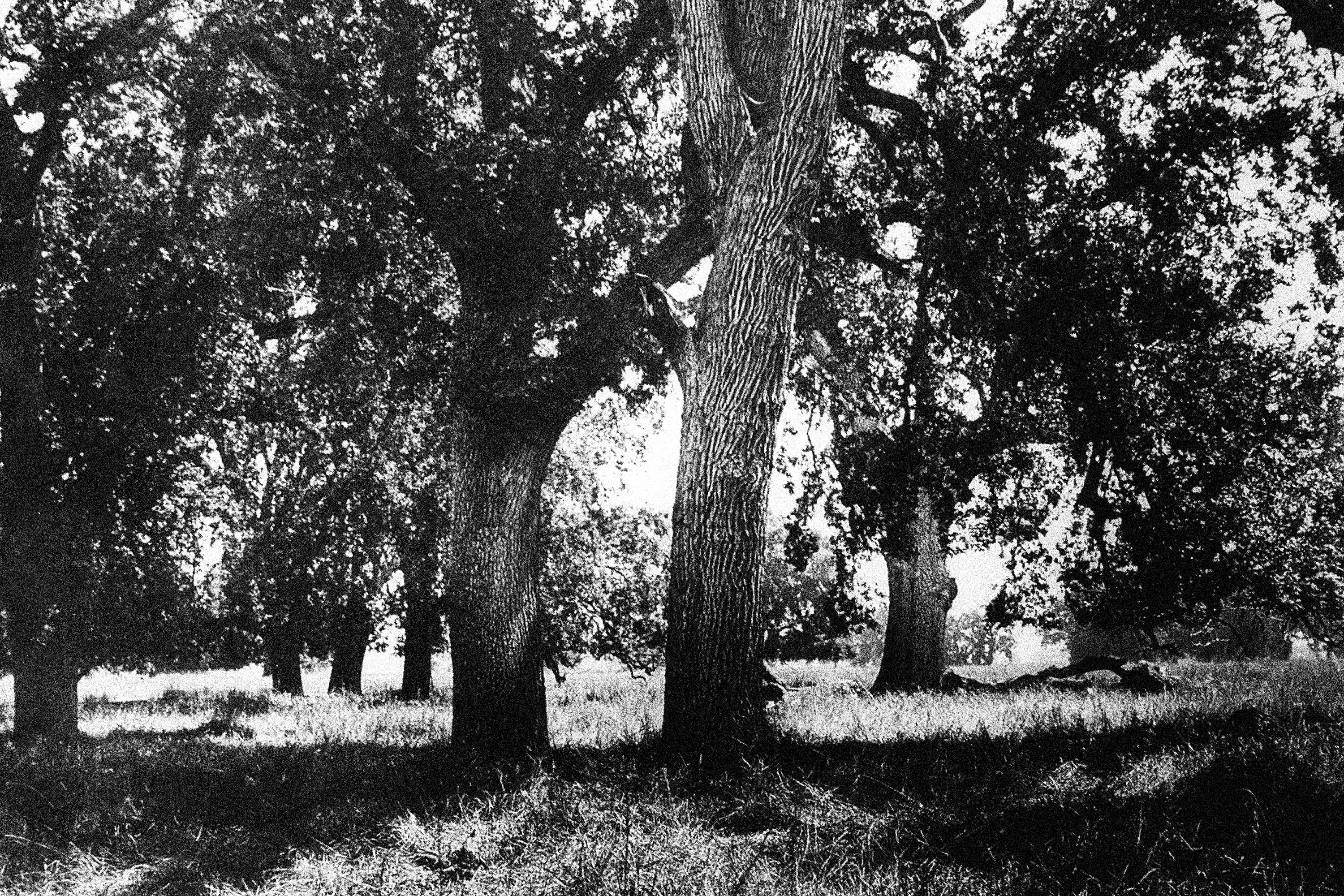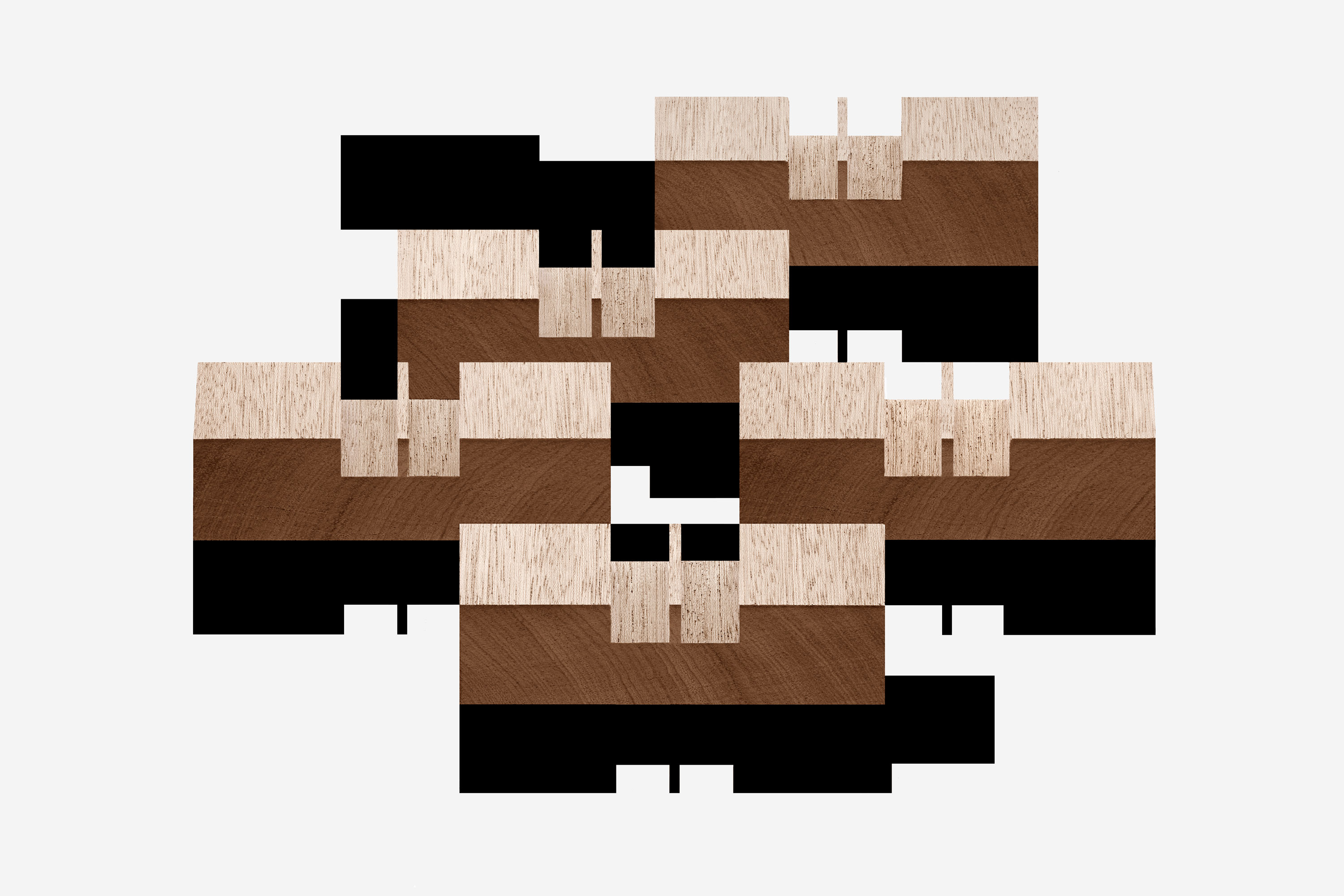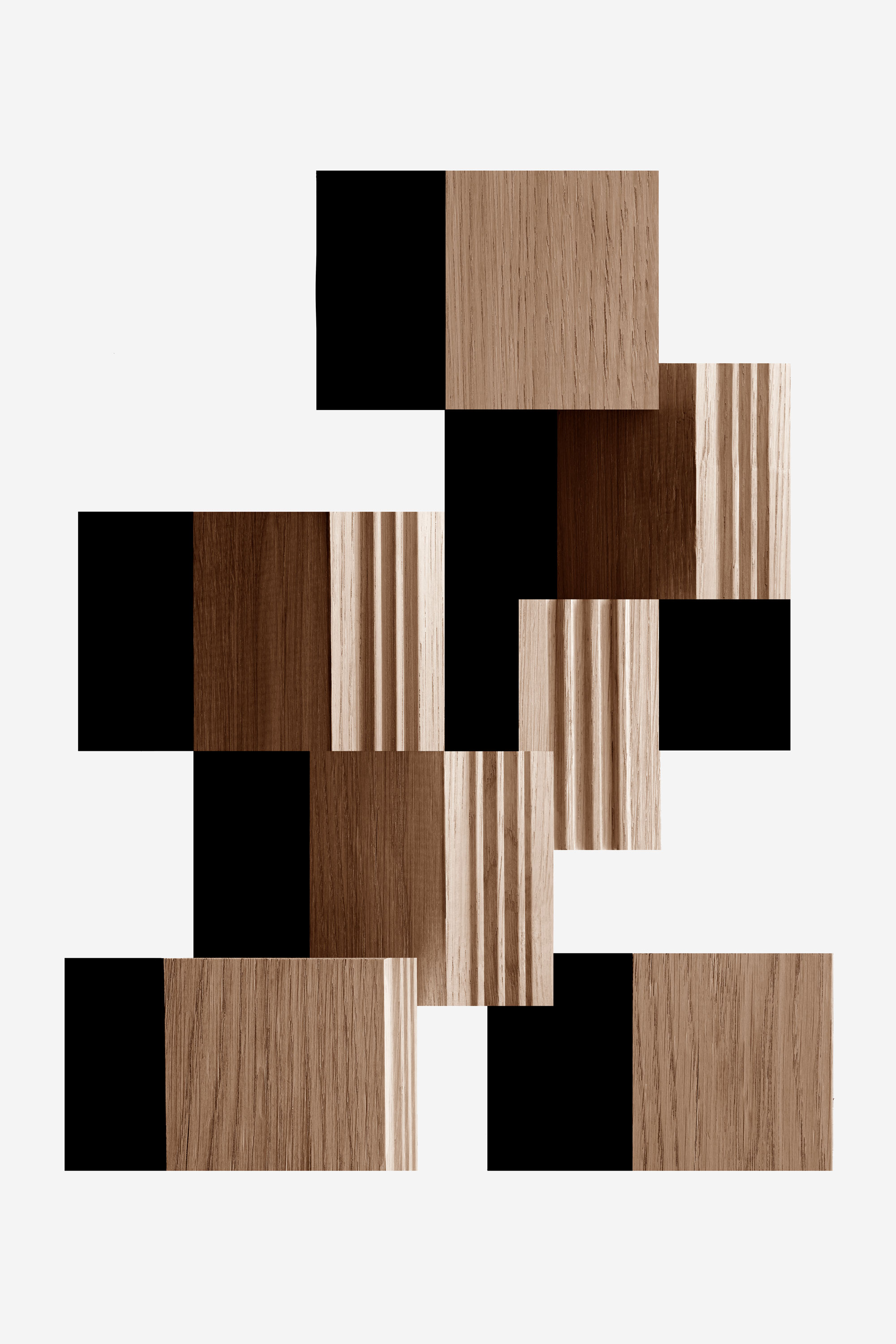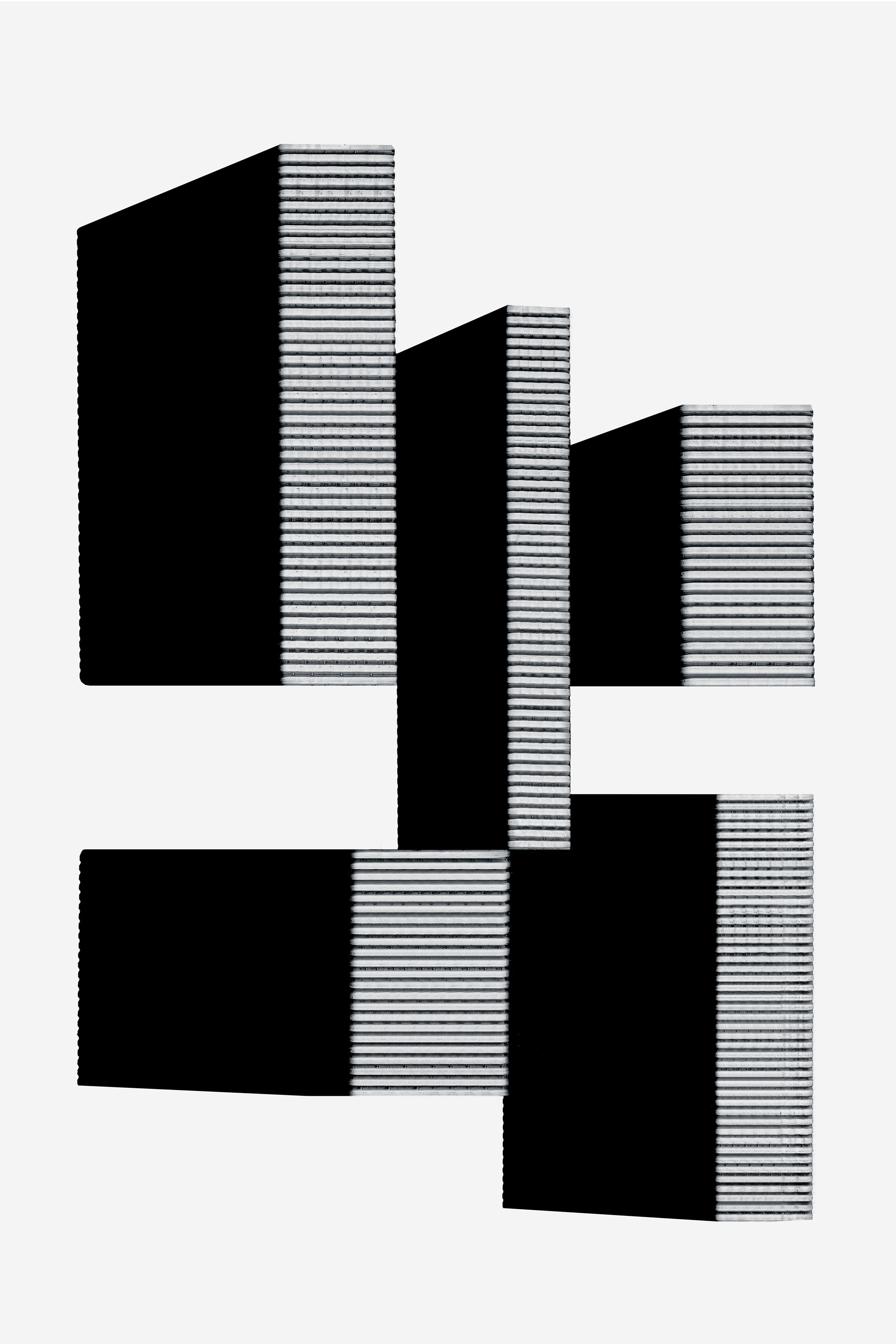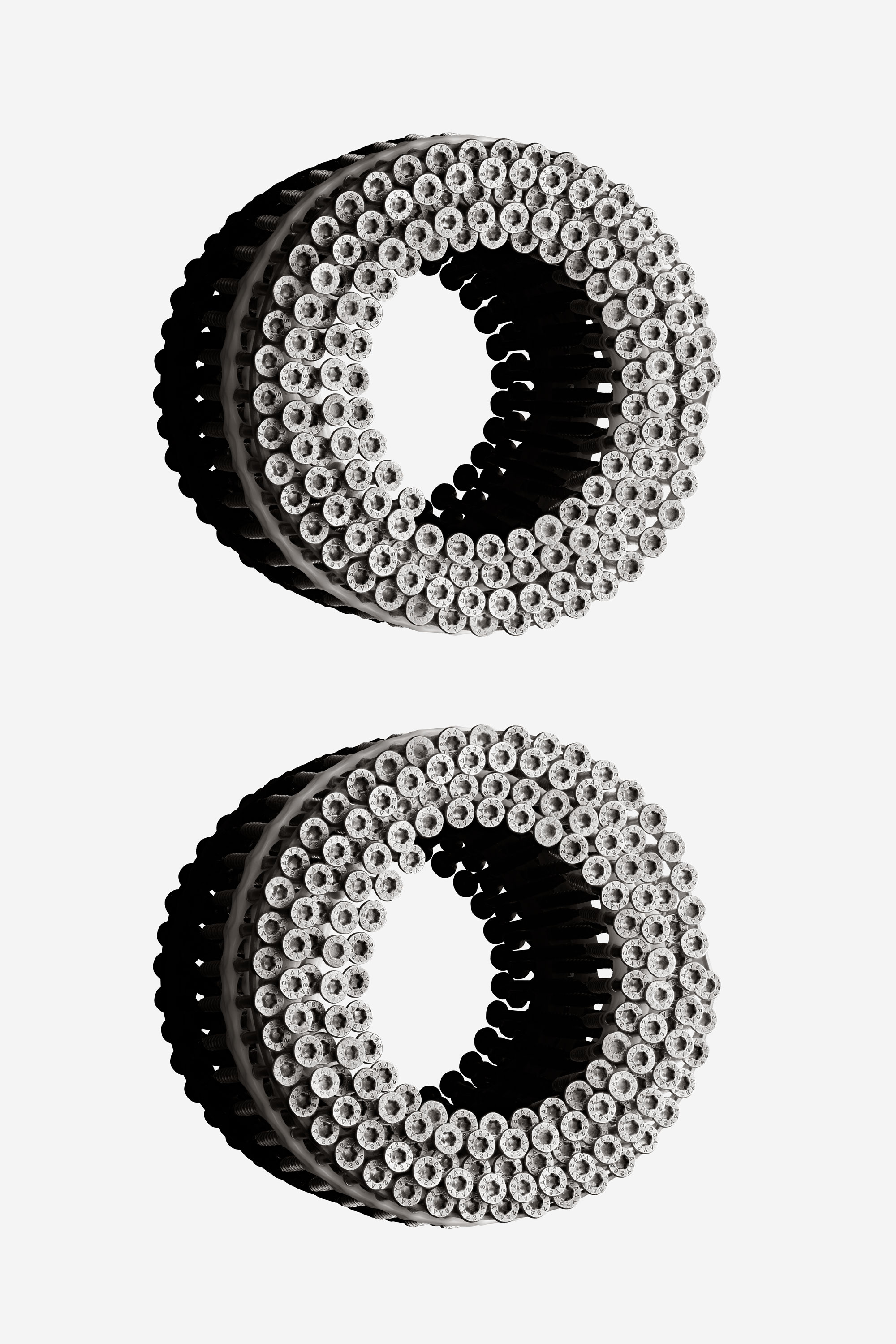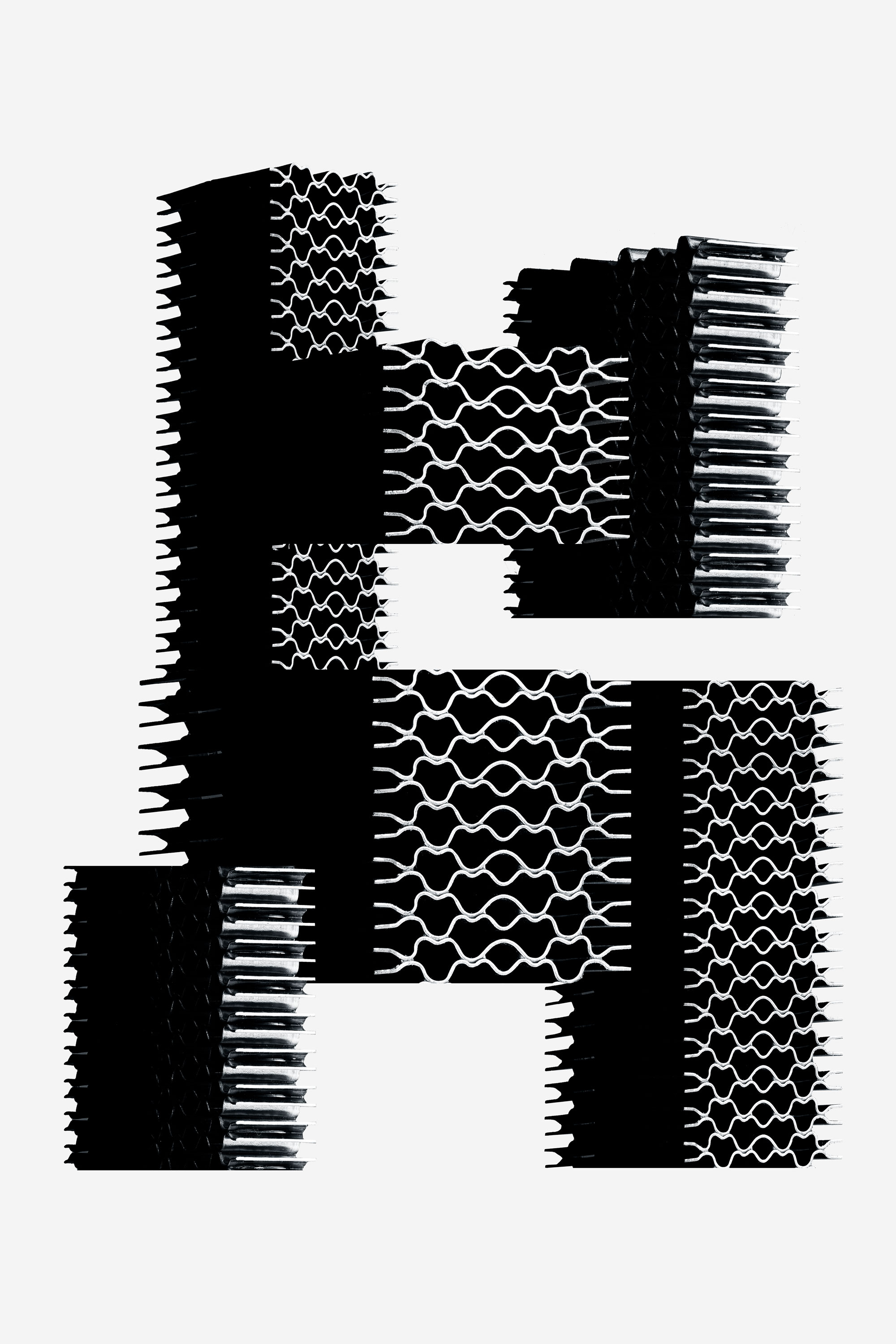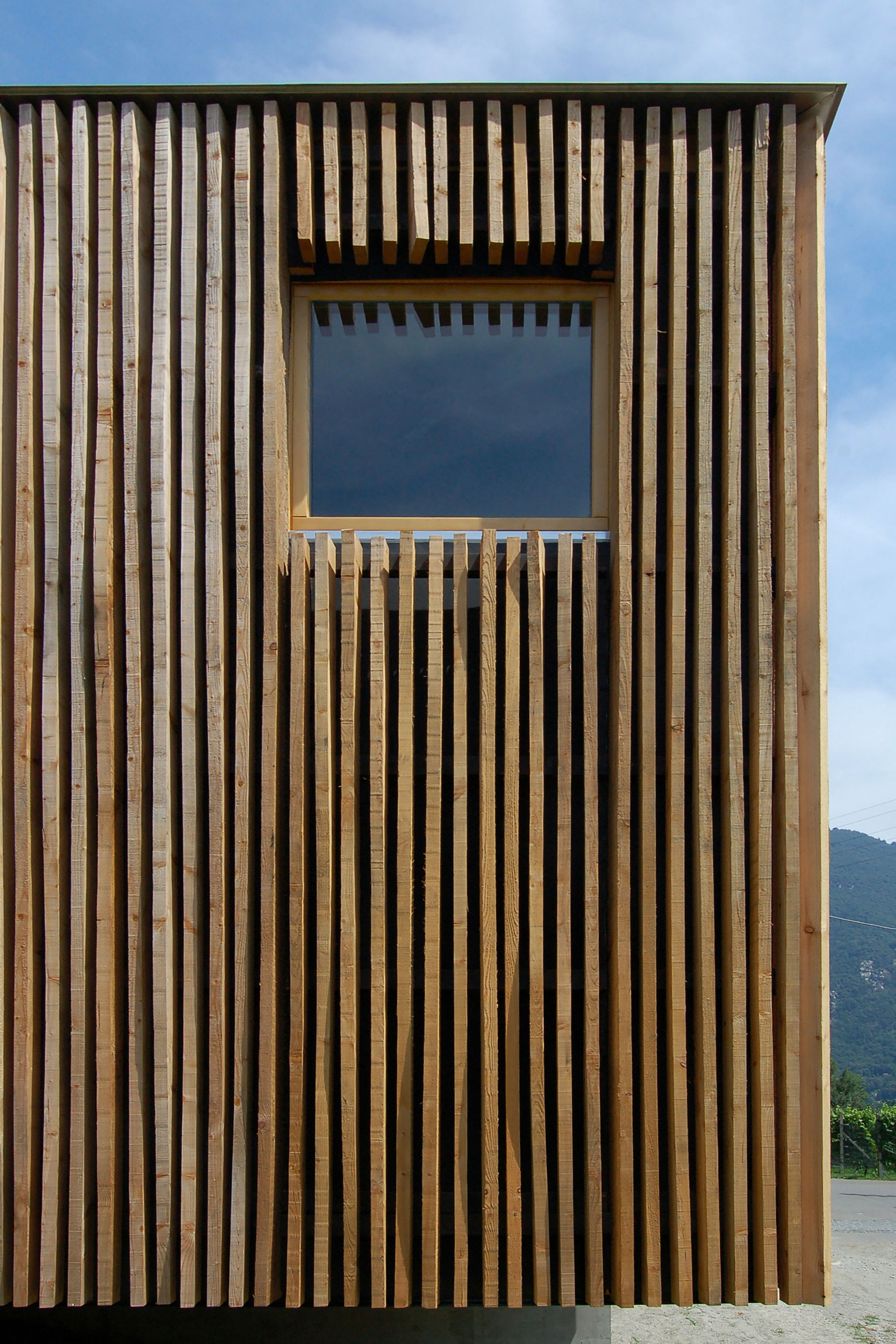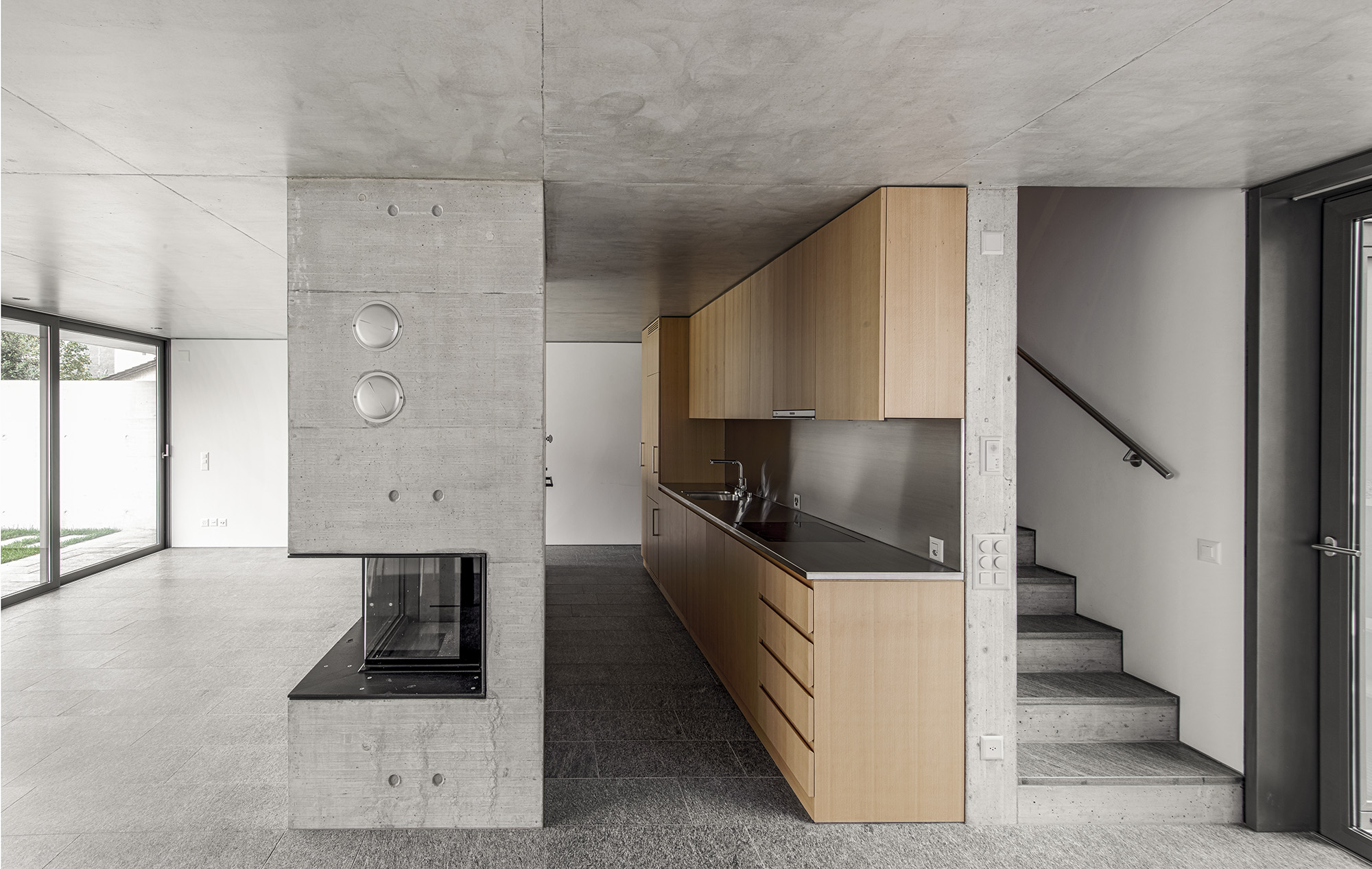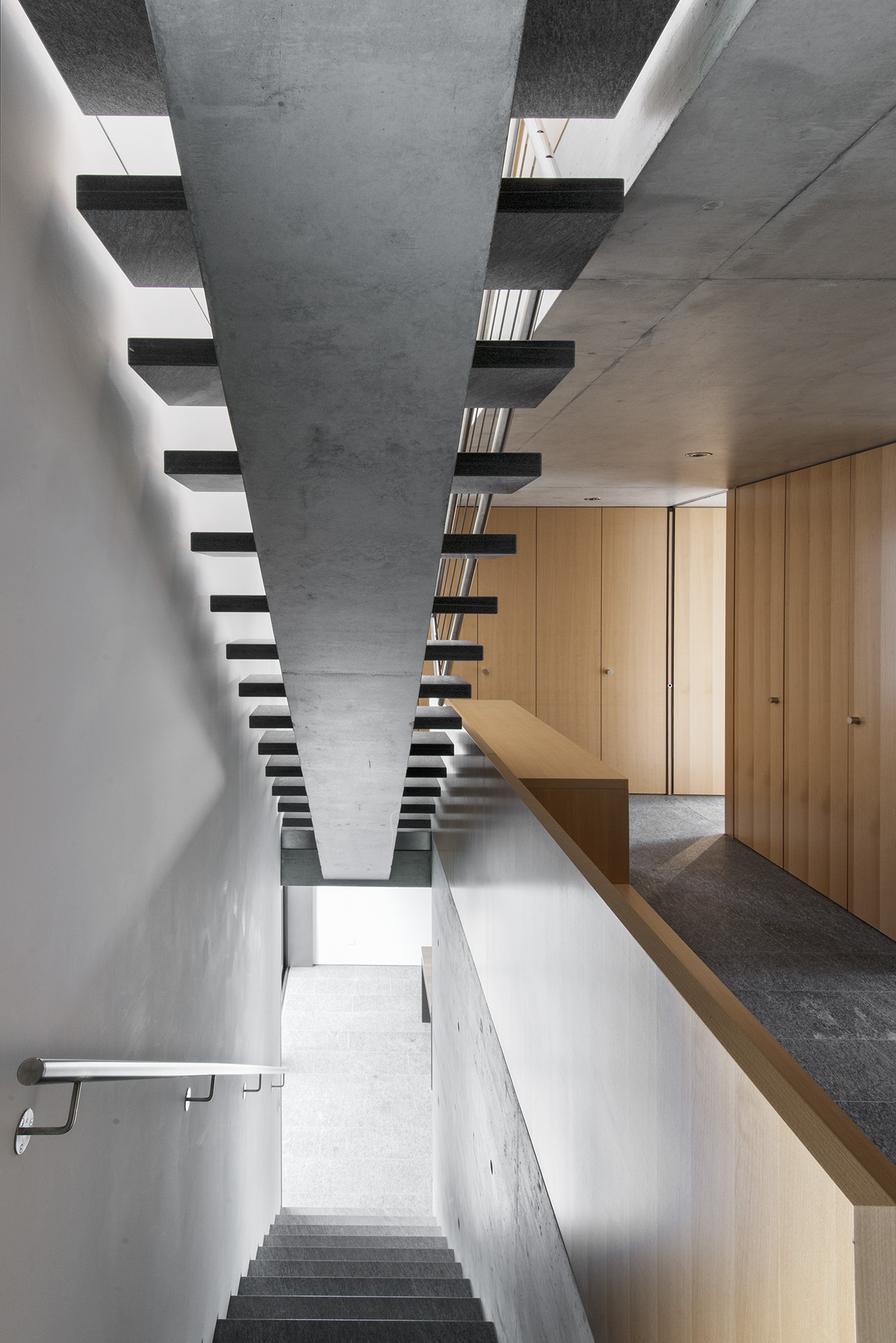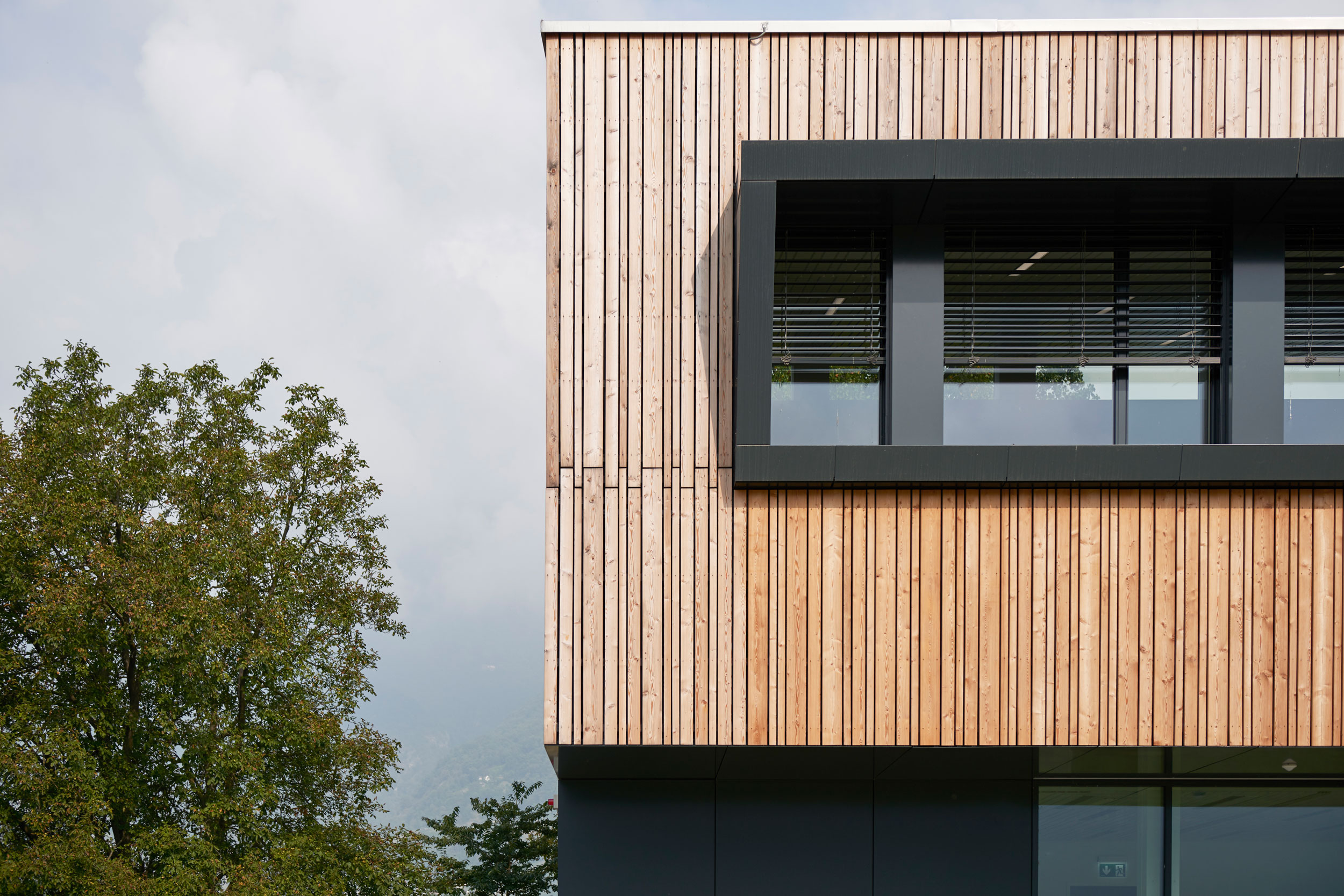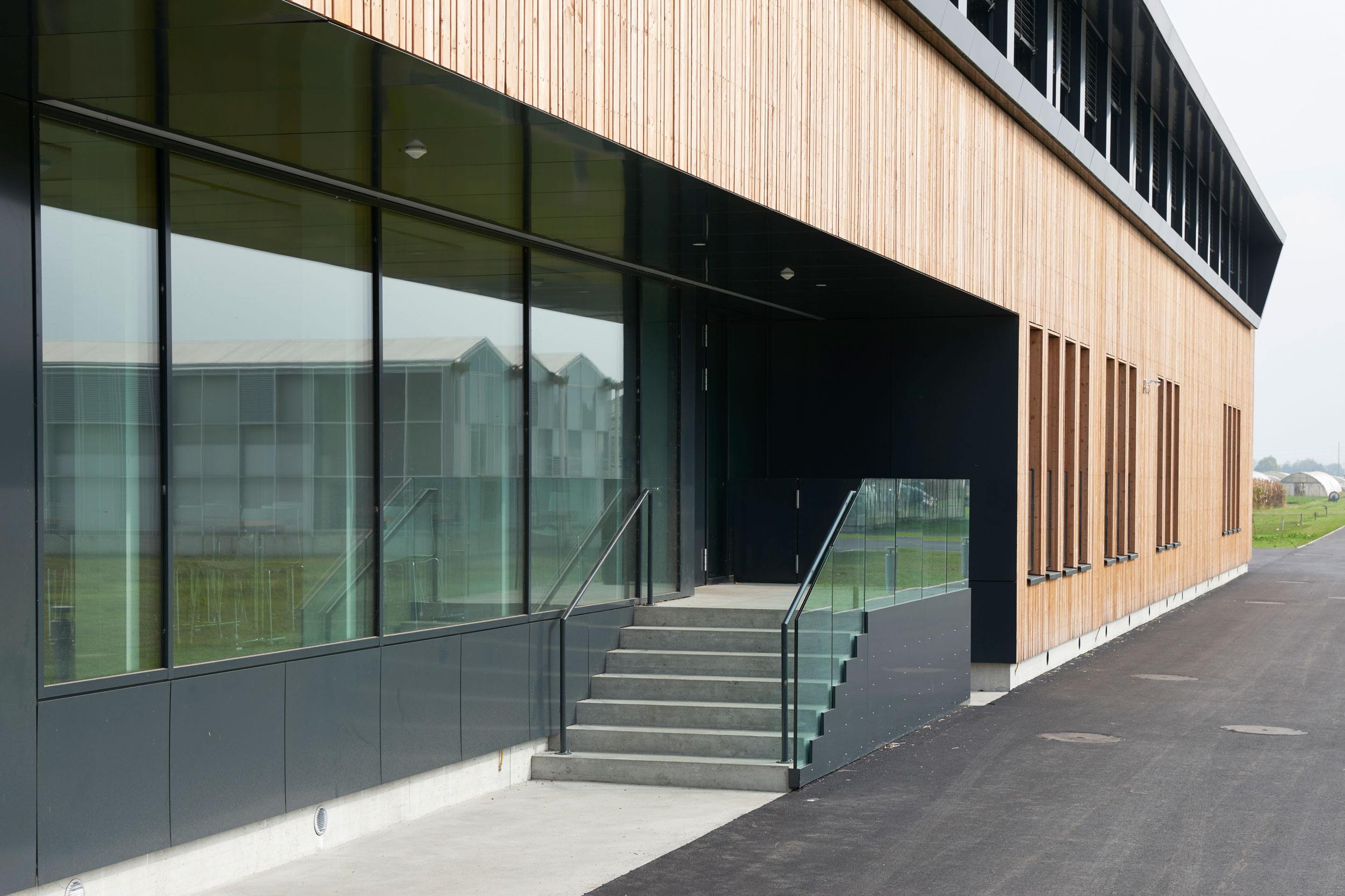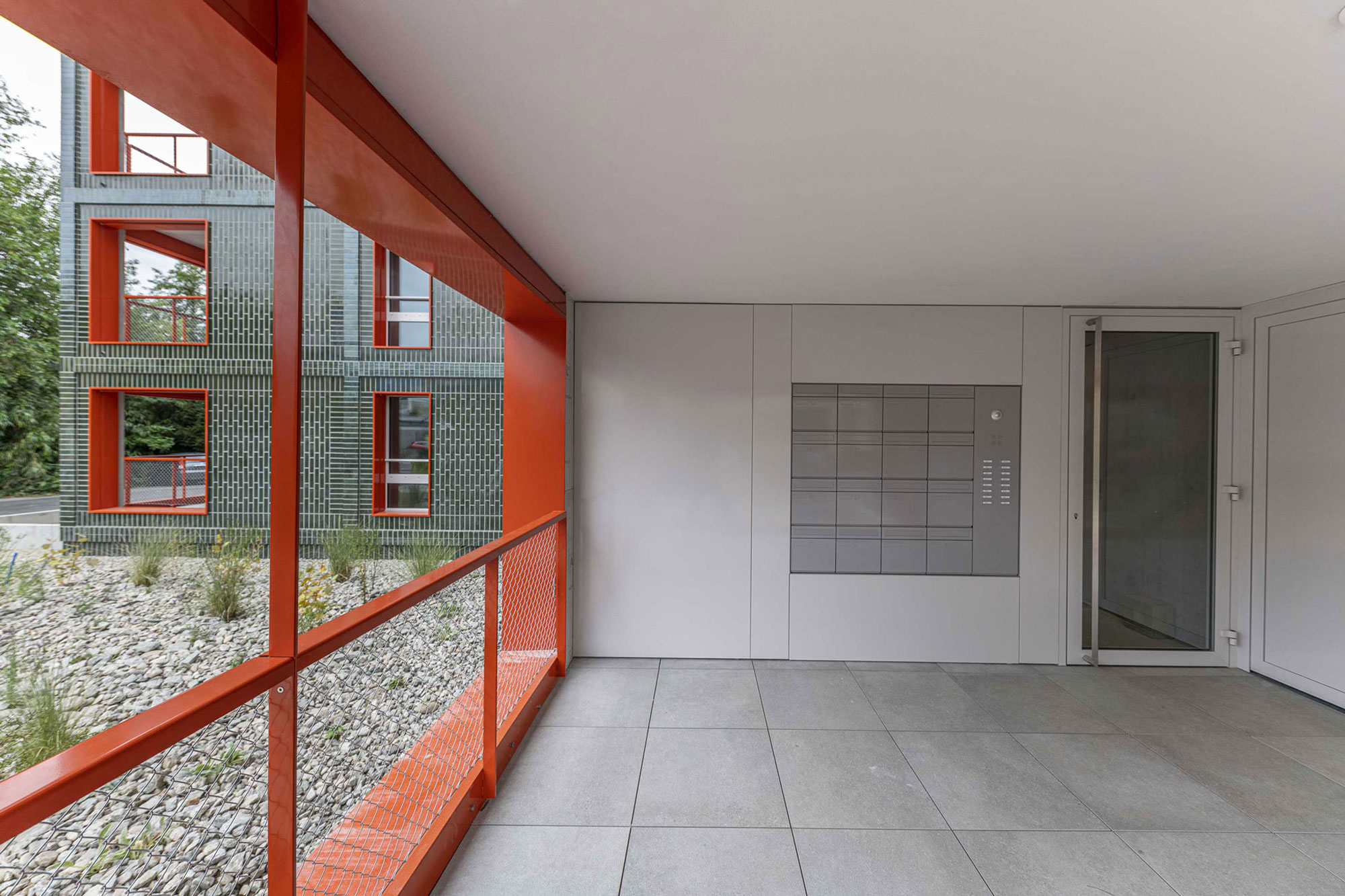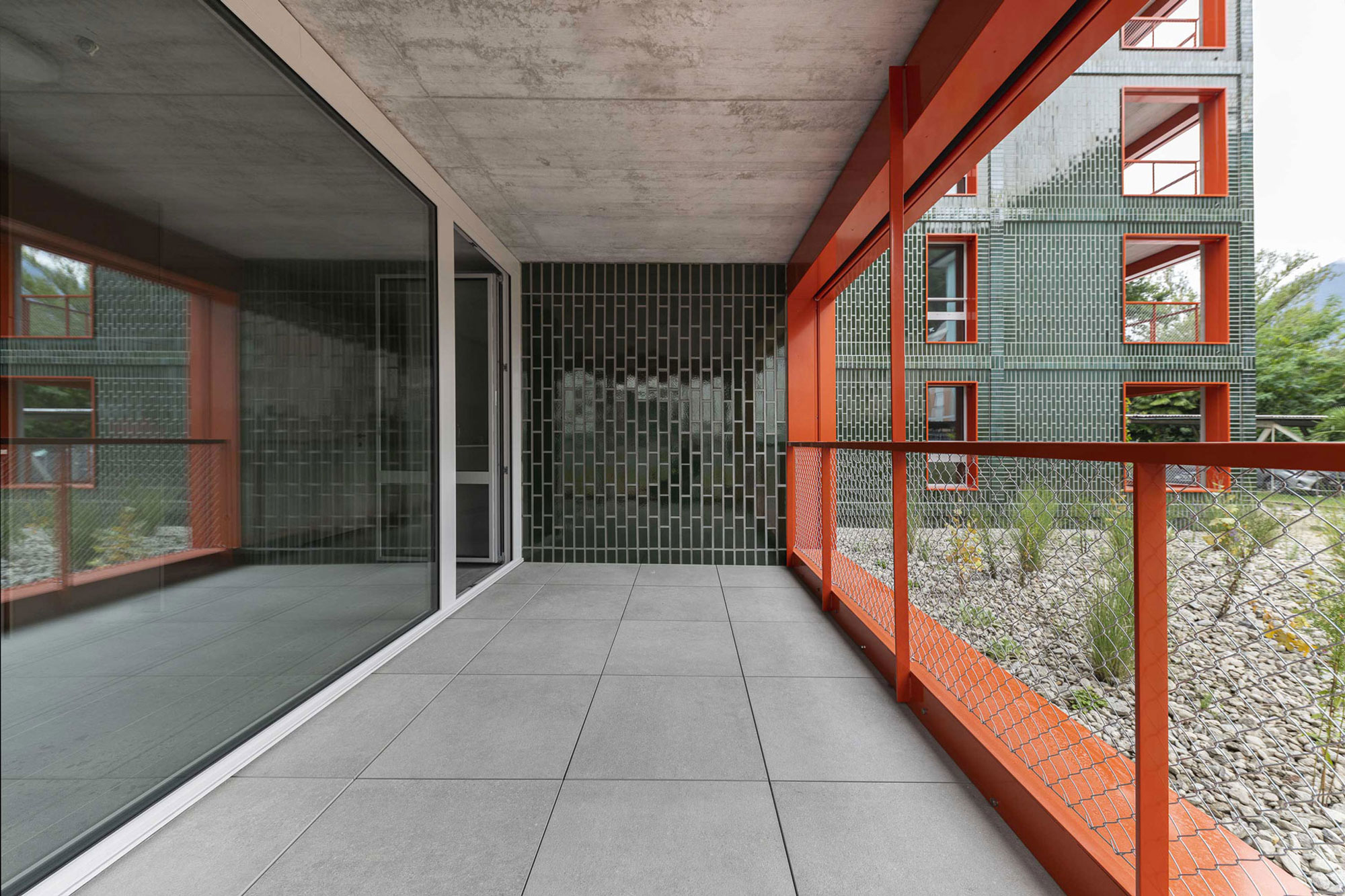


Via Industrie 24, 6930 Bedano
Svizzera
0041 91 935 79 79
info@veragouthxilema.com
veragouth e xilema
Veragouth e Xilema è la definizione attuale di un’azienda protagonista in Ticino da quasi un secolo nel settore della falegnameria e carpenteria edile.
10.4.25
Swissnex Window #5: Synthetic Interactions. Swiss Design meets AI and robotics
Exhibition on the occasion of Osaka EXPO 2025, April 10–May 6
10.4.25
GGQ2 Fire Protection Specialist
Marius Pabst is the key point of reference within the company
12.10.23
Girondella, between contemporaneity and memory
Video interview with architect Mario Cucinella
12.10.23
School gyms in Gordola and Bellinzona
Large wooden exoskeletons as a paradigm of flexibility
8.9.22
How our technical department works
From drawing to quality finished work. In between, the knowledge of those with direct experience of wood.
30.9.21
Team Veragouth and Xilema
25 professionals including engineers, architects, designers and draughtsman, 4 sector directors and over 70 specialised workers
14.2.21
Veragouth and Xilema adopts Minergie
The top choice in terms of environmental sustainability
15.1.21
Veragouth and Xilema, industrial partners in research projects
Responsibility for the future
20.12.22
The beech
A solid guardian

Already singed by Virgil in the Eclogues and described by Pliny the Elder, evoked in poems by Leopardi, Ariosto and Pascoli, paid homage in stories by Mario Rigoni Stern and Hermann Hesse. The Beech crosses great pages of literature, and it is no coincidence that its smooth bark represented one of the first supports for writing. Traces of this have remained in the etymology of many languages, as in English the word ‘book’, derives from ‘beech’. Perhaps it is because of this ancient function that this tree, among various peoples, is an emblem of wisdom, linked to the act of transmitting knowledge and preserving memory. Centuries-old custodians of traditions, this is also why the beech forests in the Lodano Valley, in Ticino, and Bettlachstock, in the Solothurn Jura, have been part of the World Heritage List for about a year, recognised by Unesco together with similar ones in 17 other European countries.
In English the word 'book', derives from 'beech'.
Distinguishing a Beech is not complicated. In summer, the leaves are oval and glossy, with a wavy margin and very pronounced parallel veins that decorate them until they resemble origami. In autumn, they turn from yellow-orange to red-brown in colour. But even in the winter season, without leaves, the tall ash-grey trunk stands up straight like a column.
An important wood native to central Europe, it is used for musical instruments such as violins or pianos; its resistance to splintering made it the ideal material for making rifle stocks or toys. Beech wood is hard and compact and is therefore required for furniture, parquet flooring, stairs and for making paper.
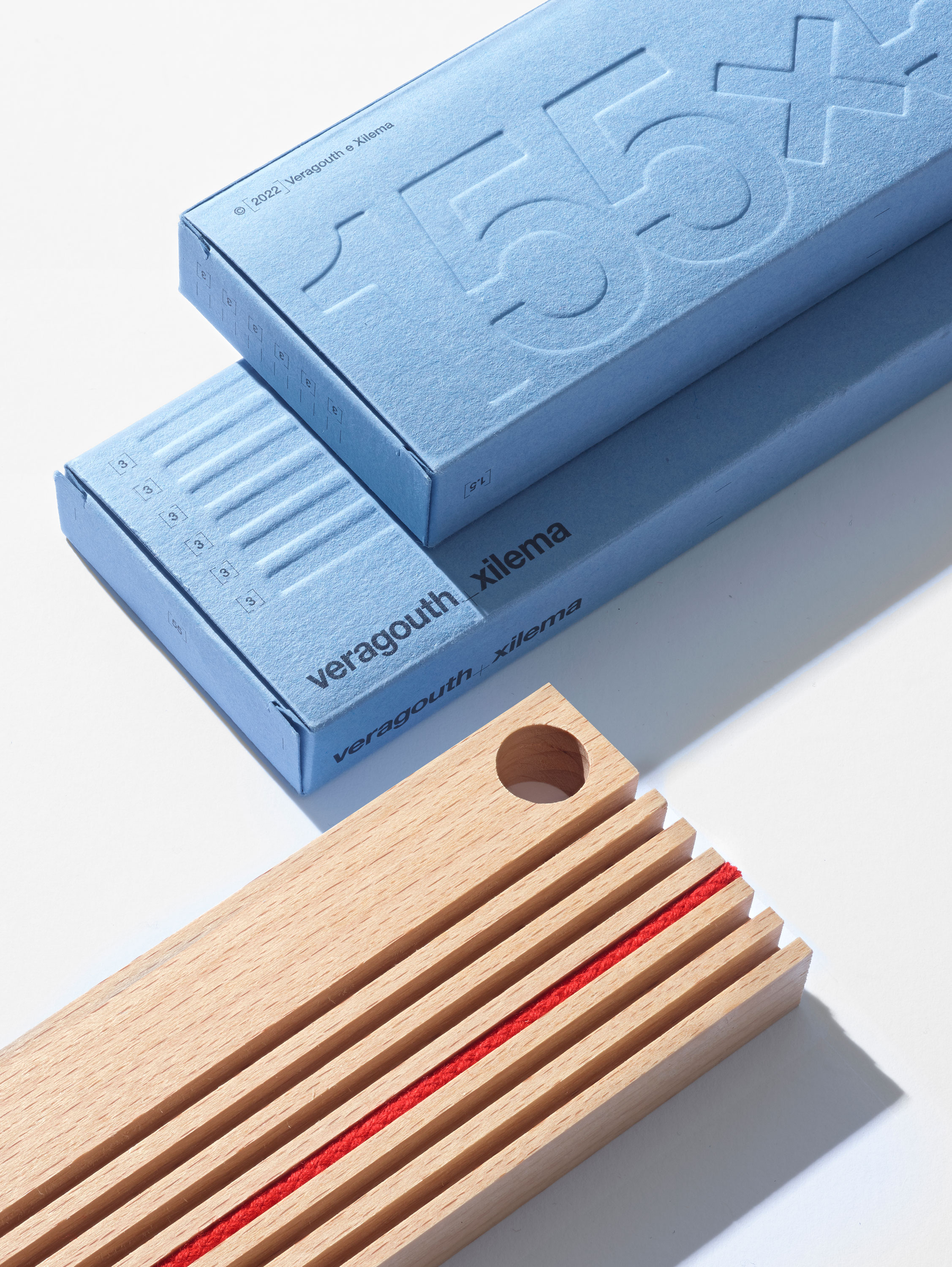
1-The beech

2-The beech

3-The beech
Crediti:
Photo: Simone Cavadini

